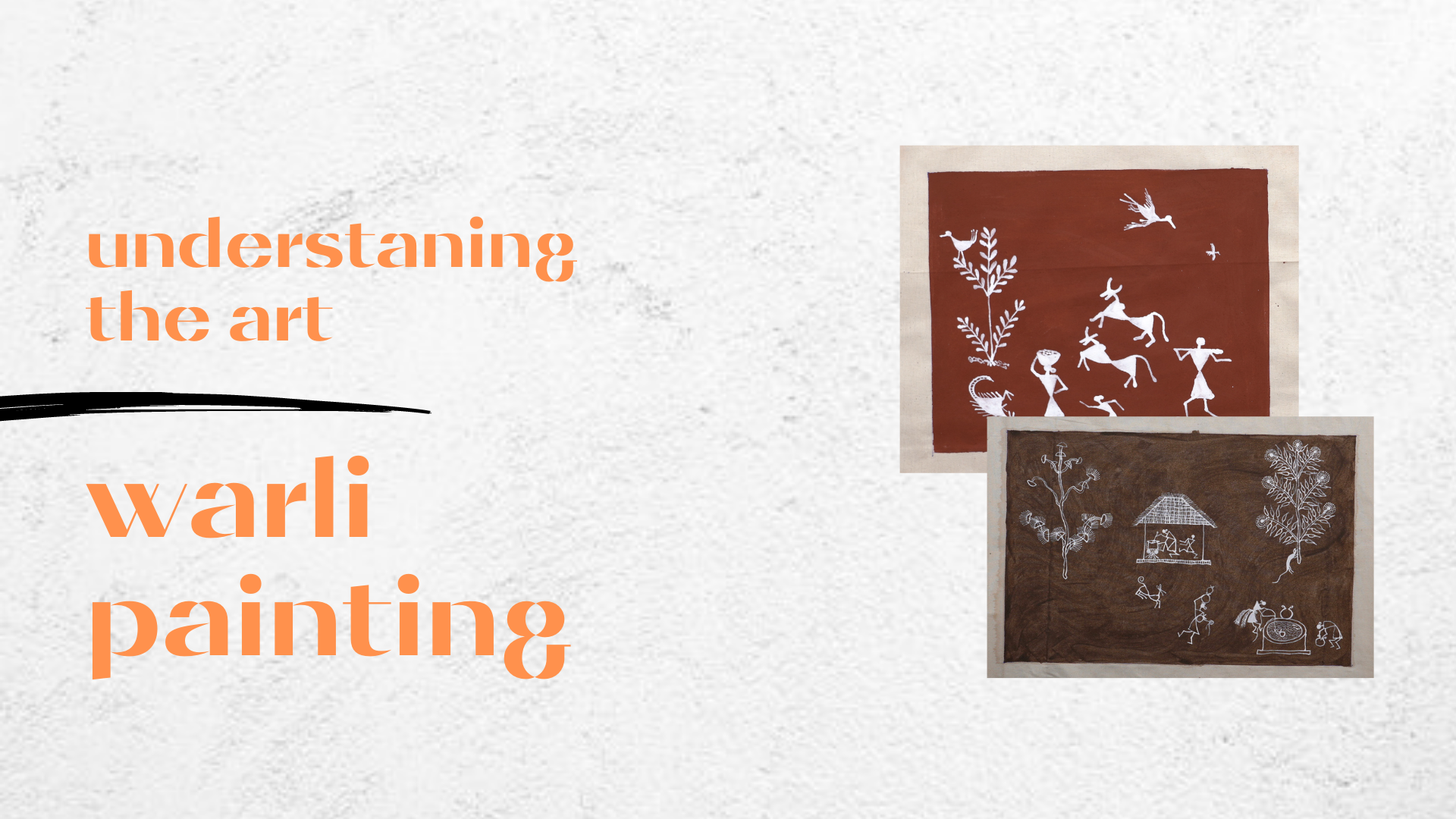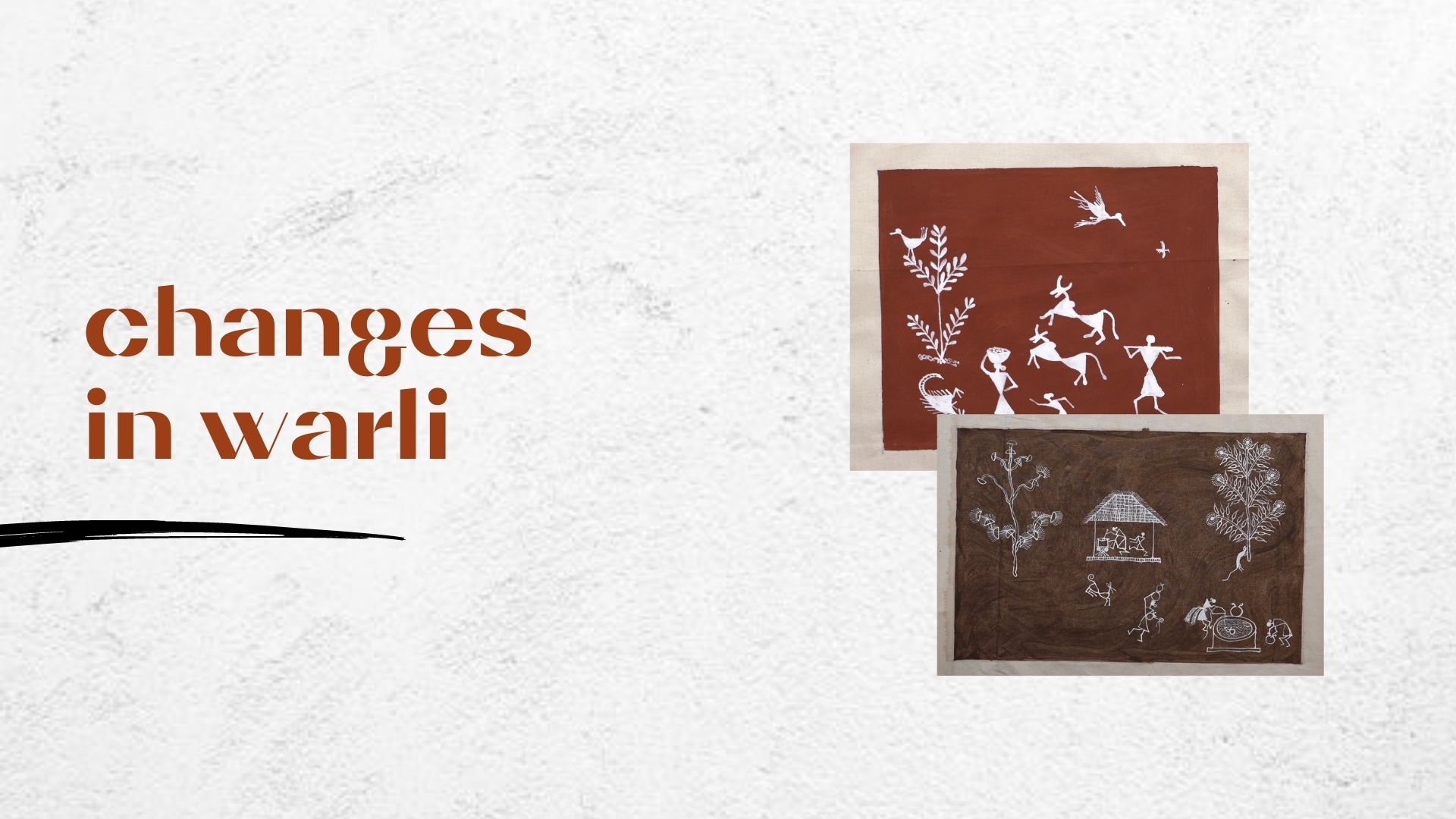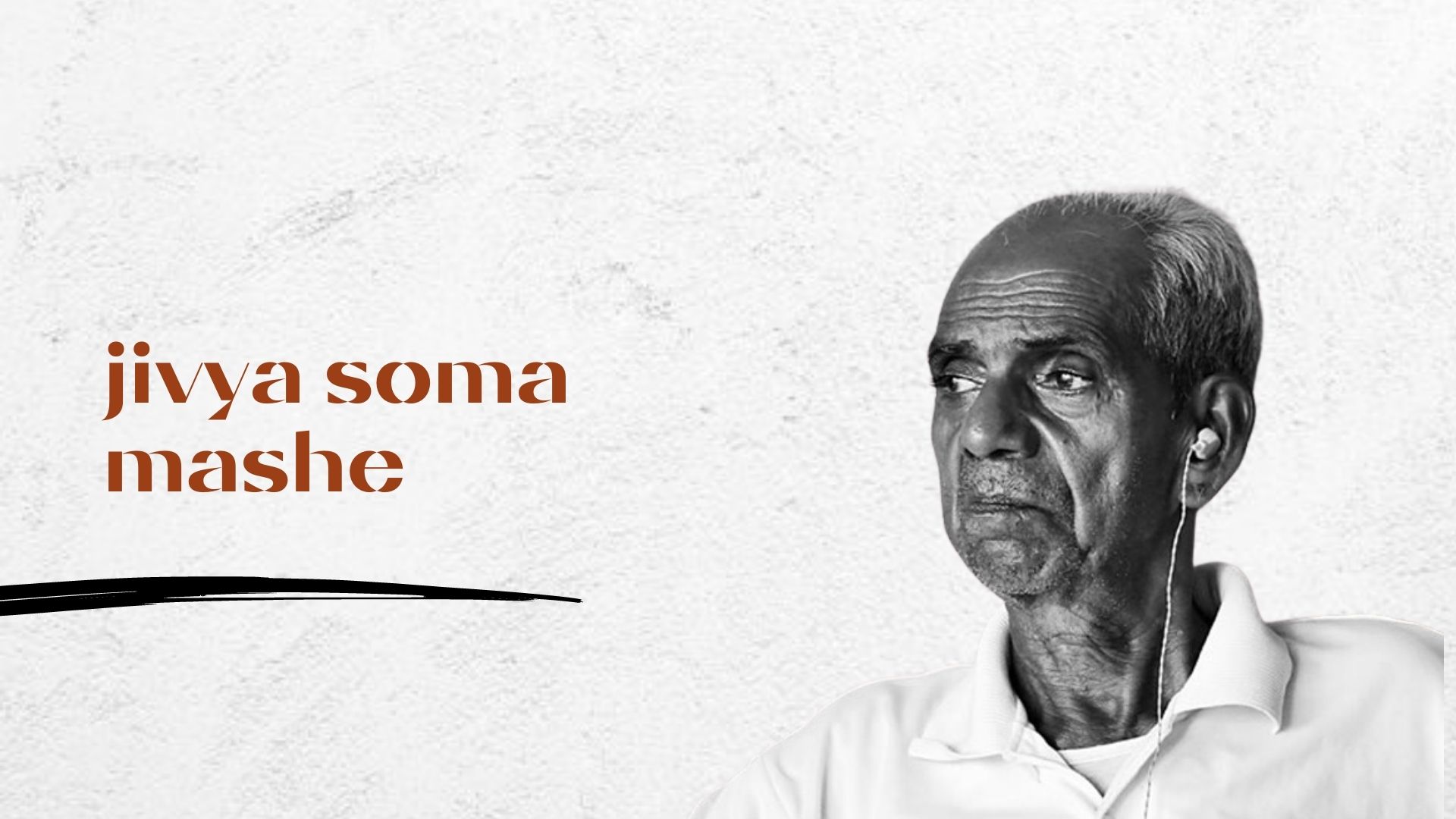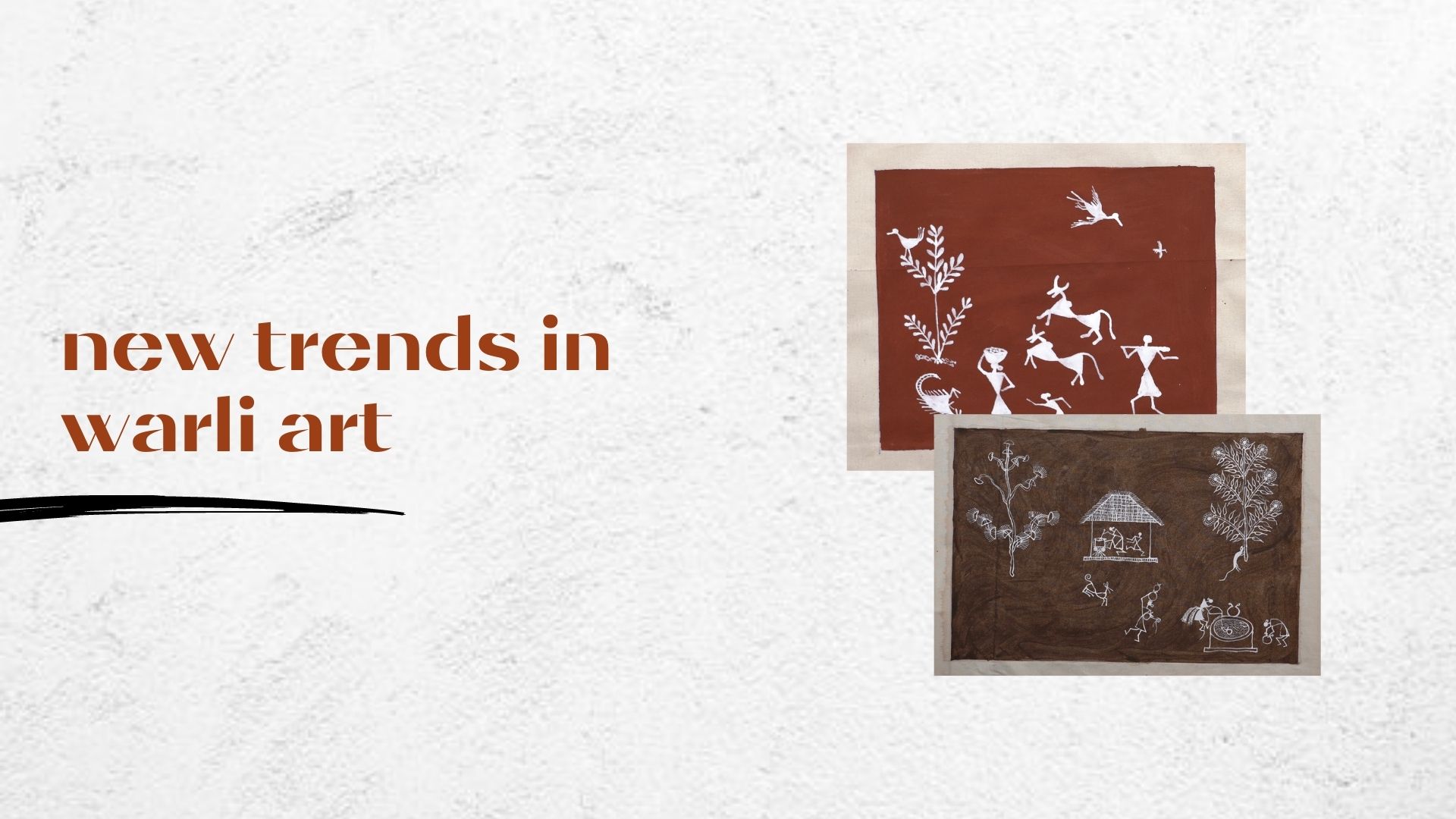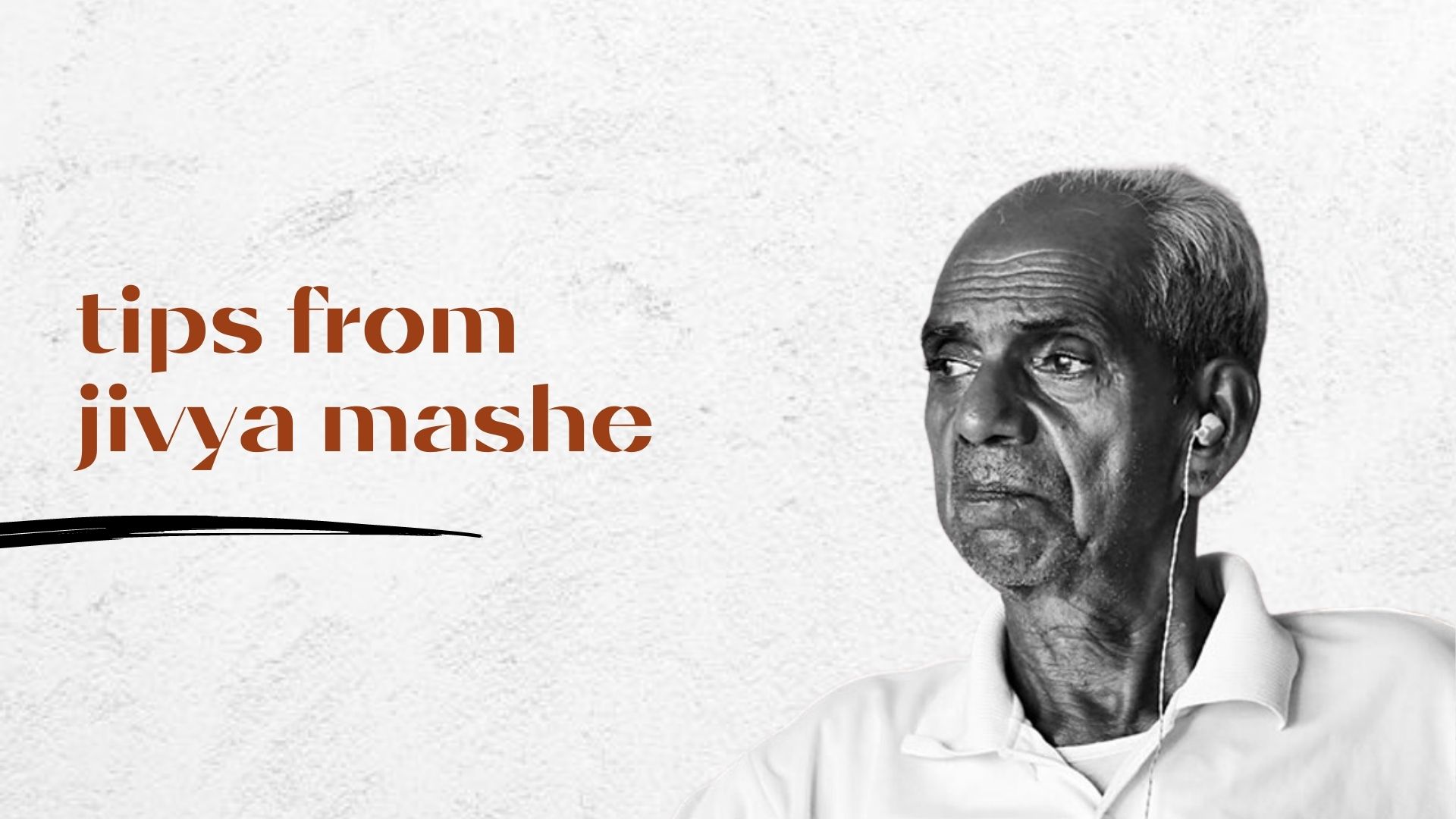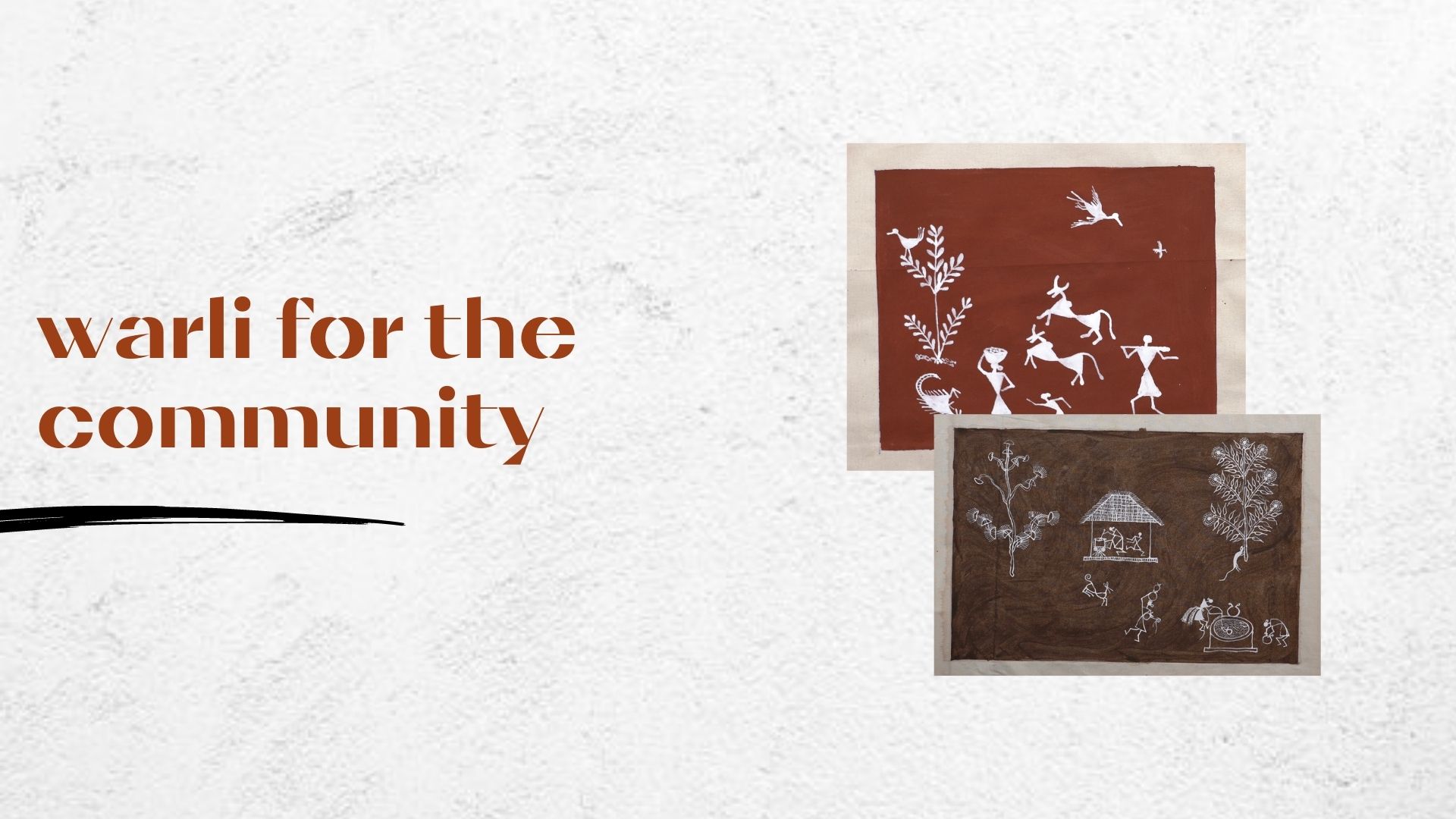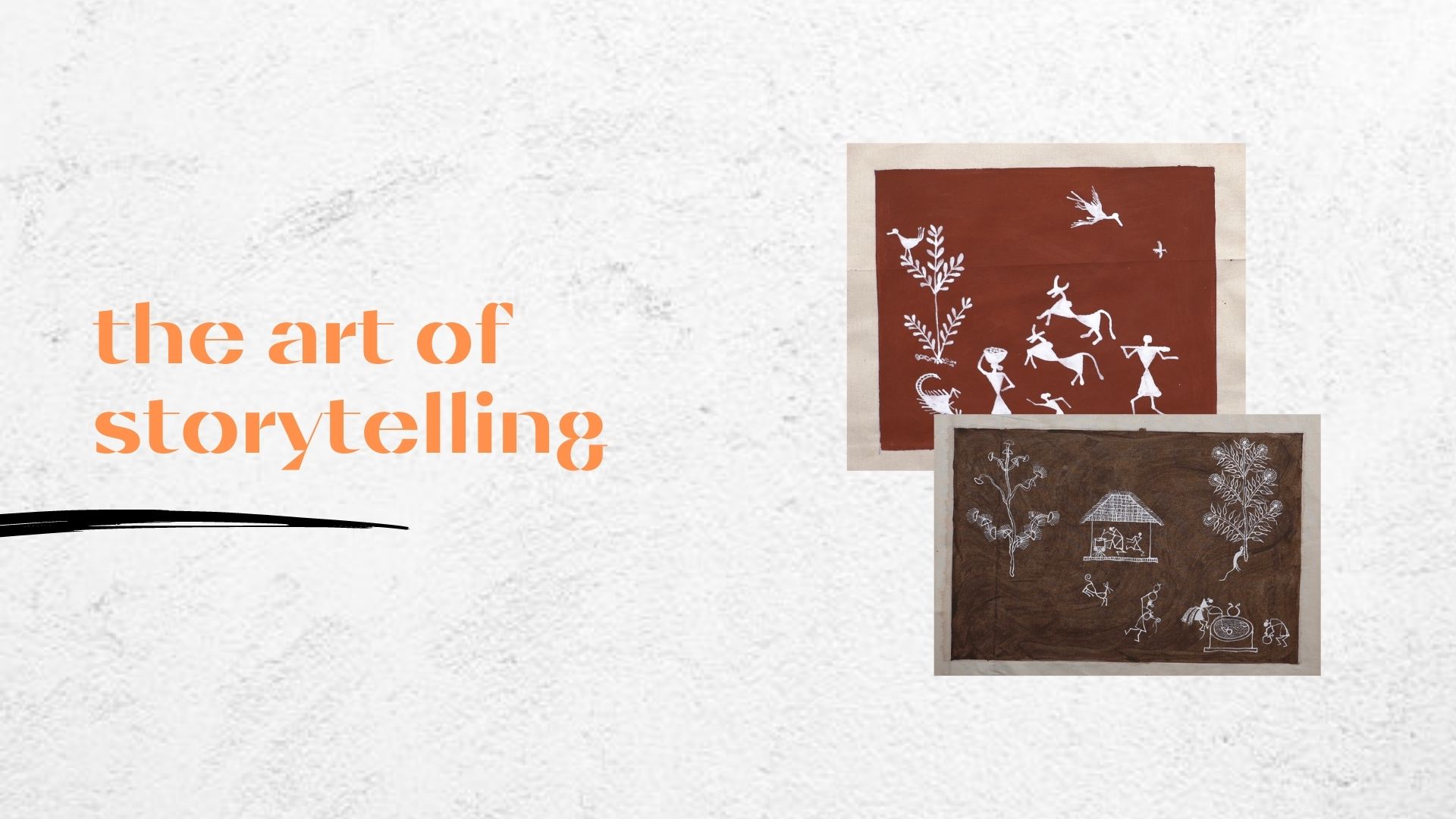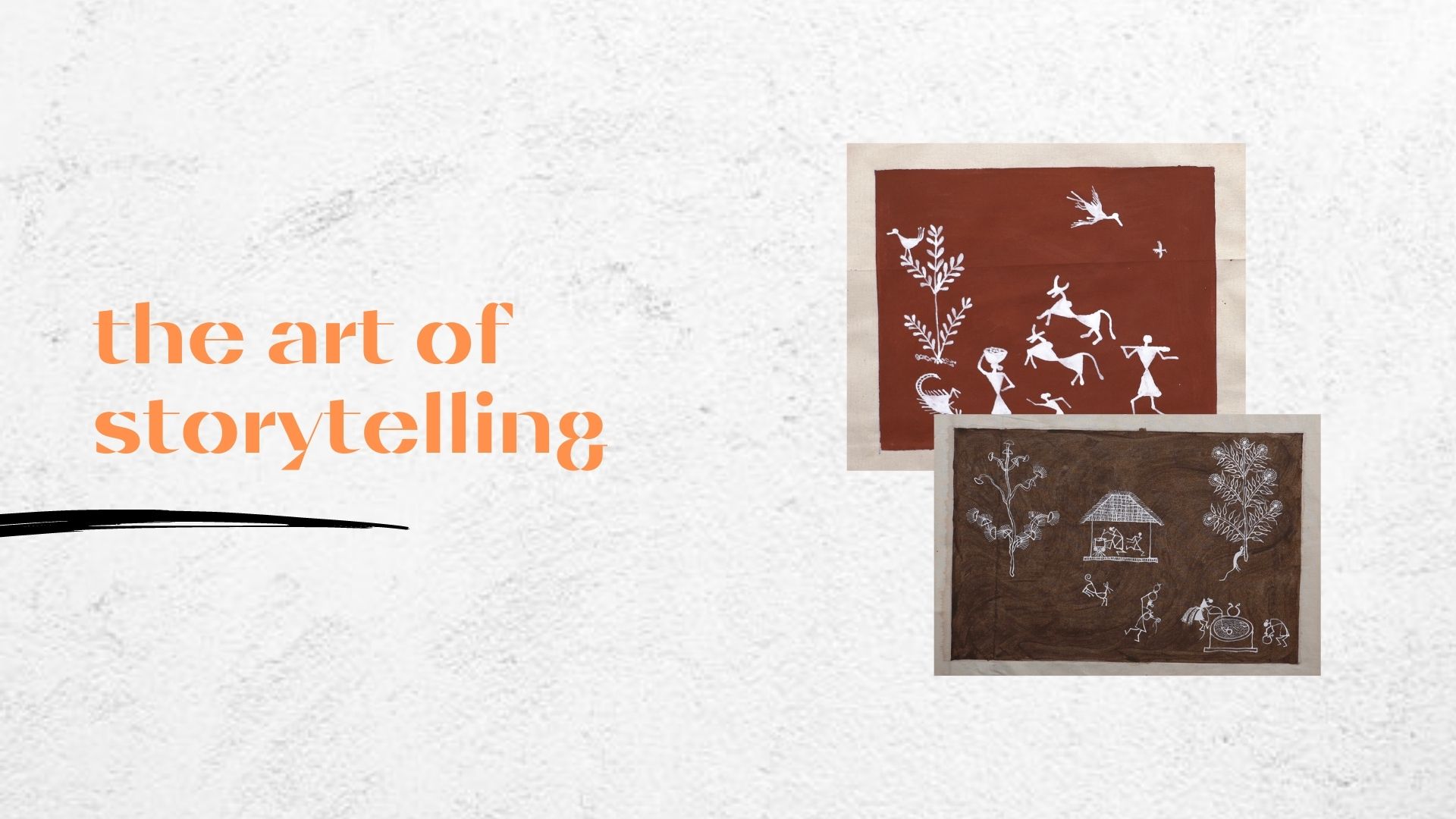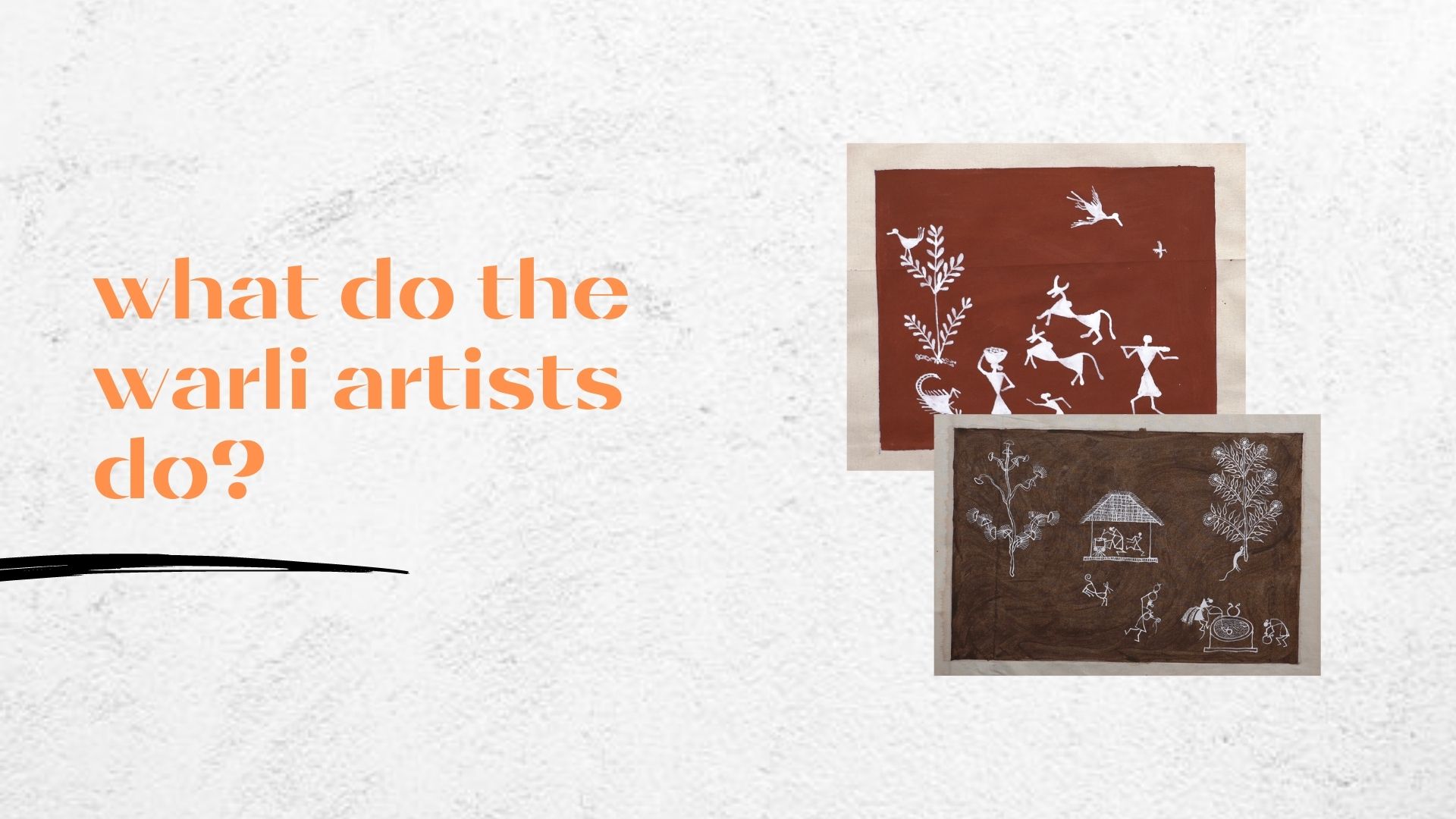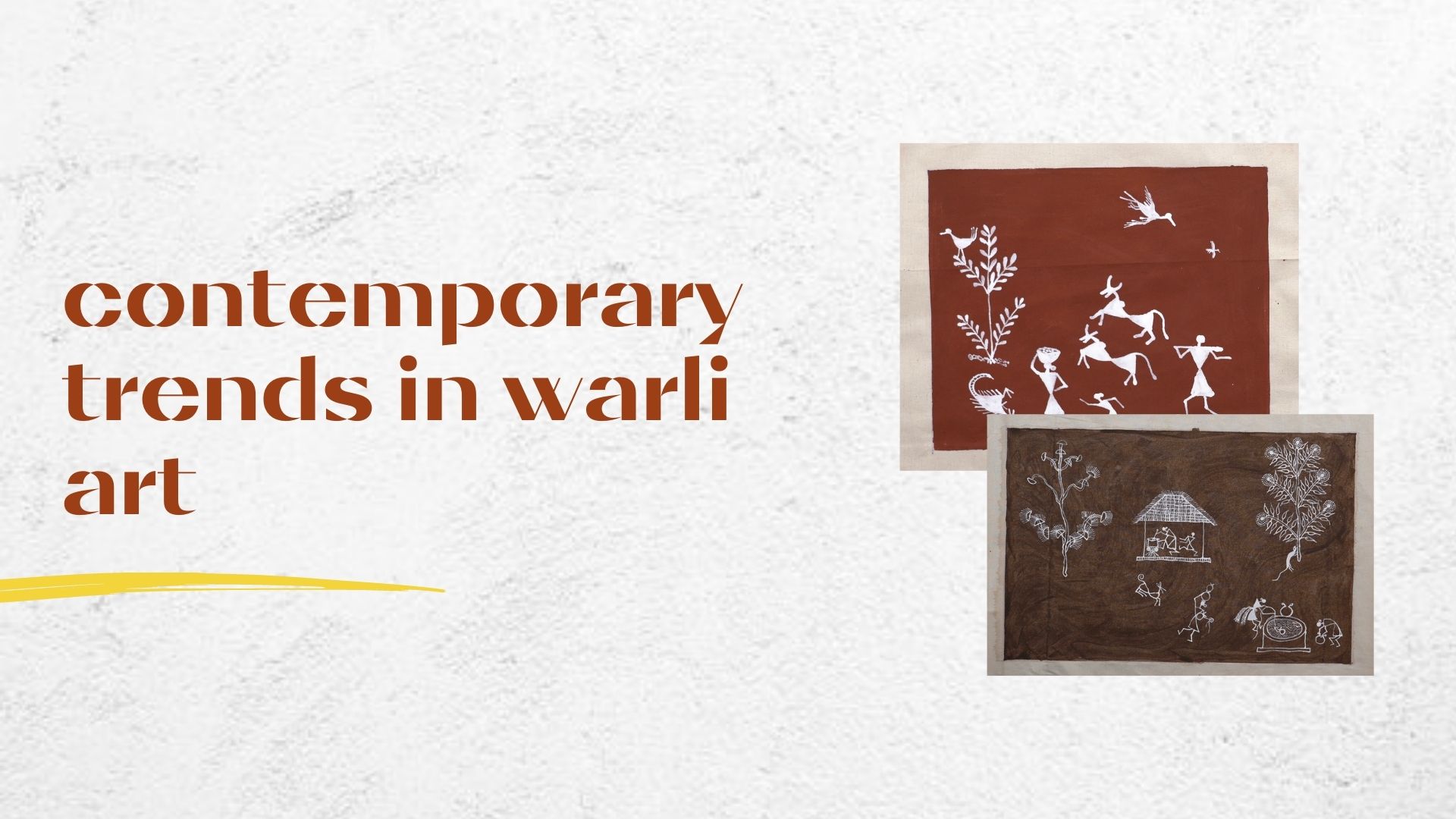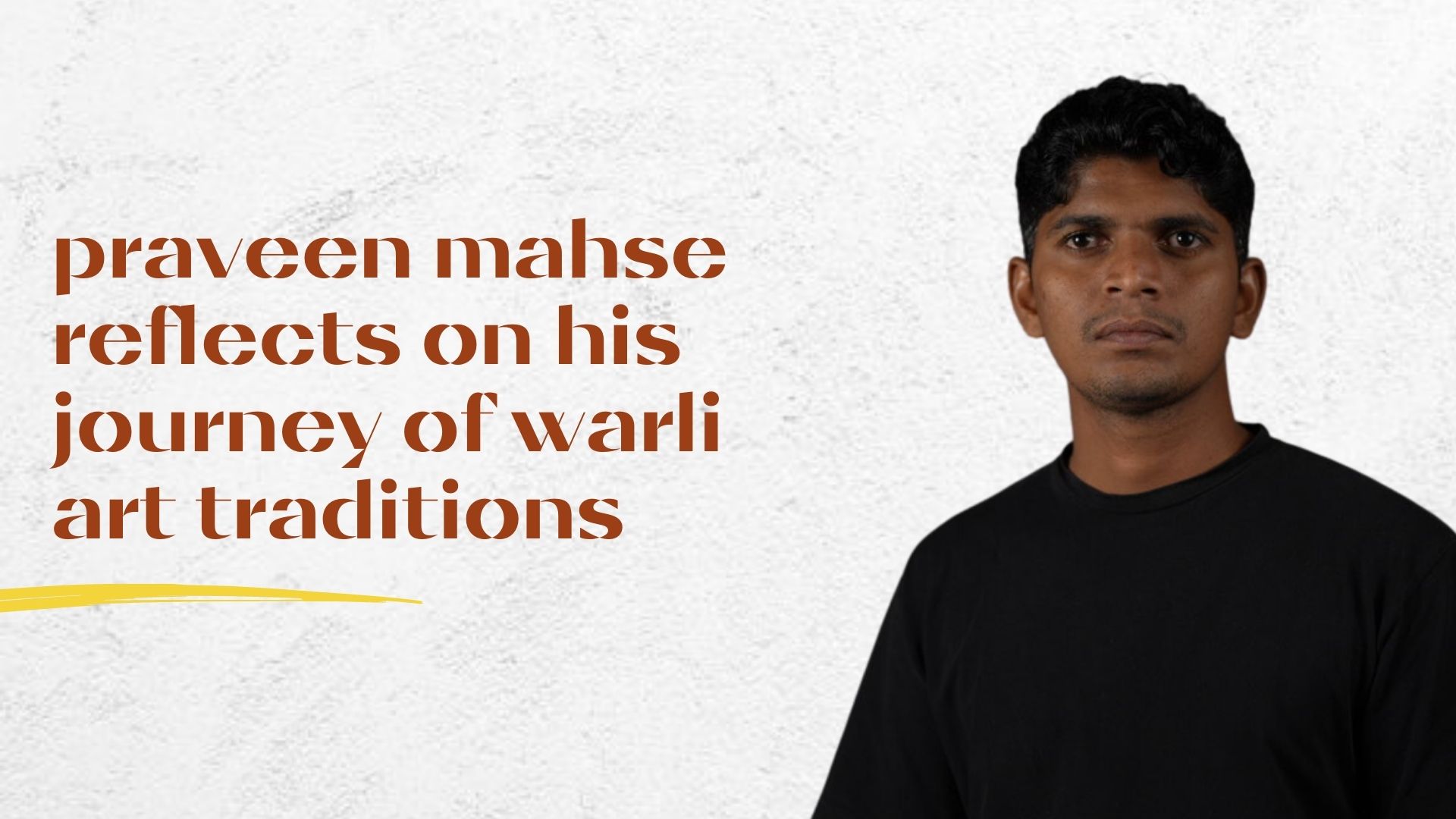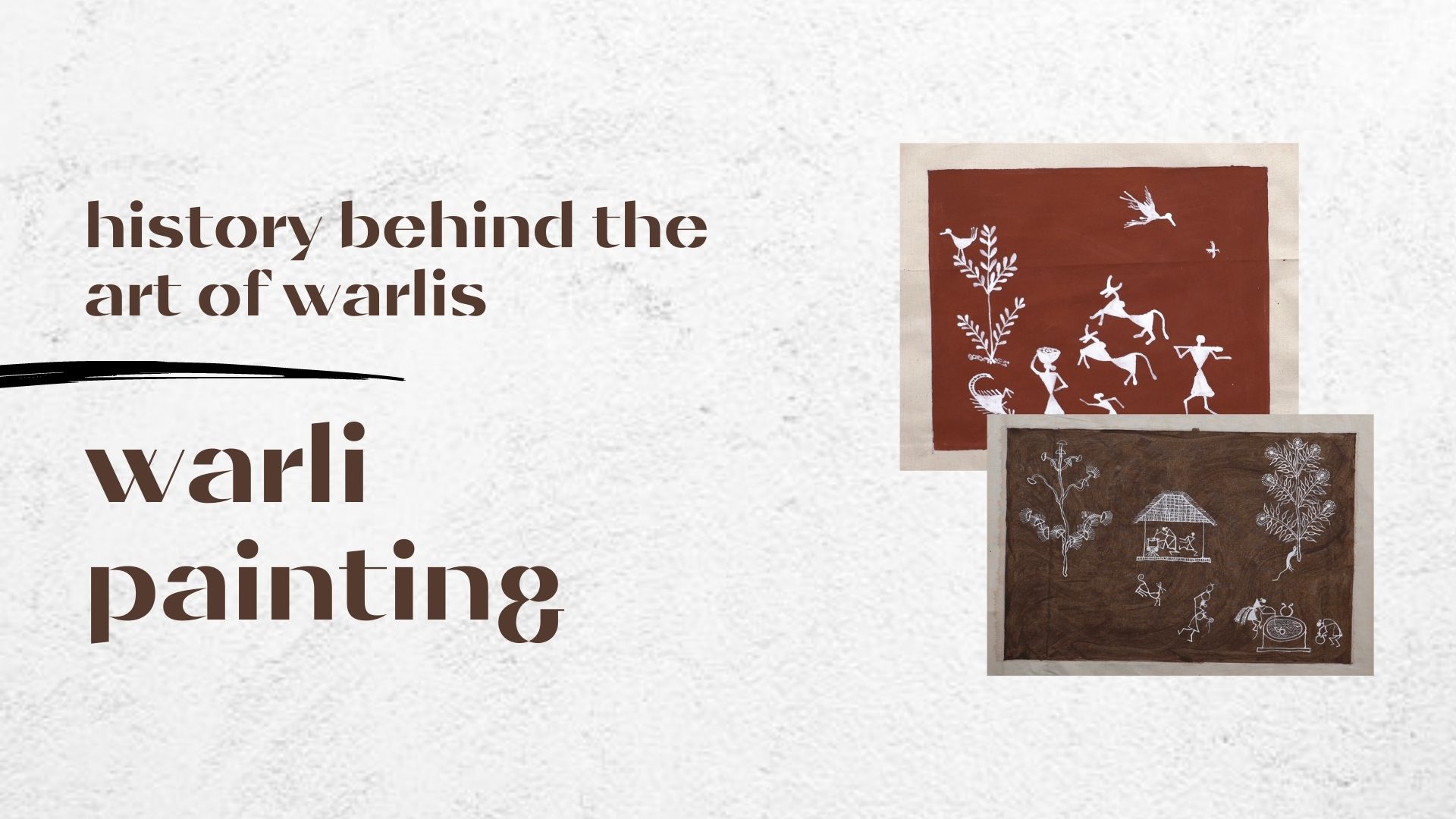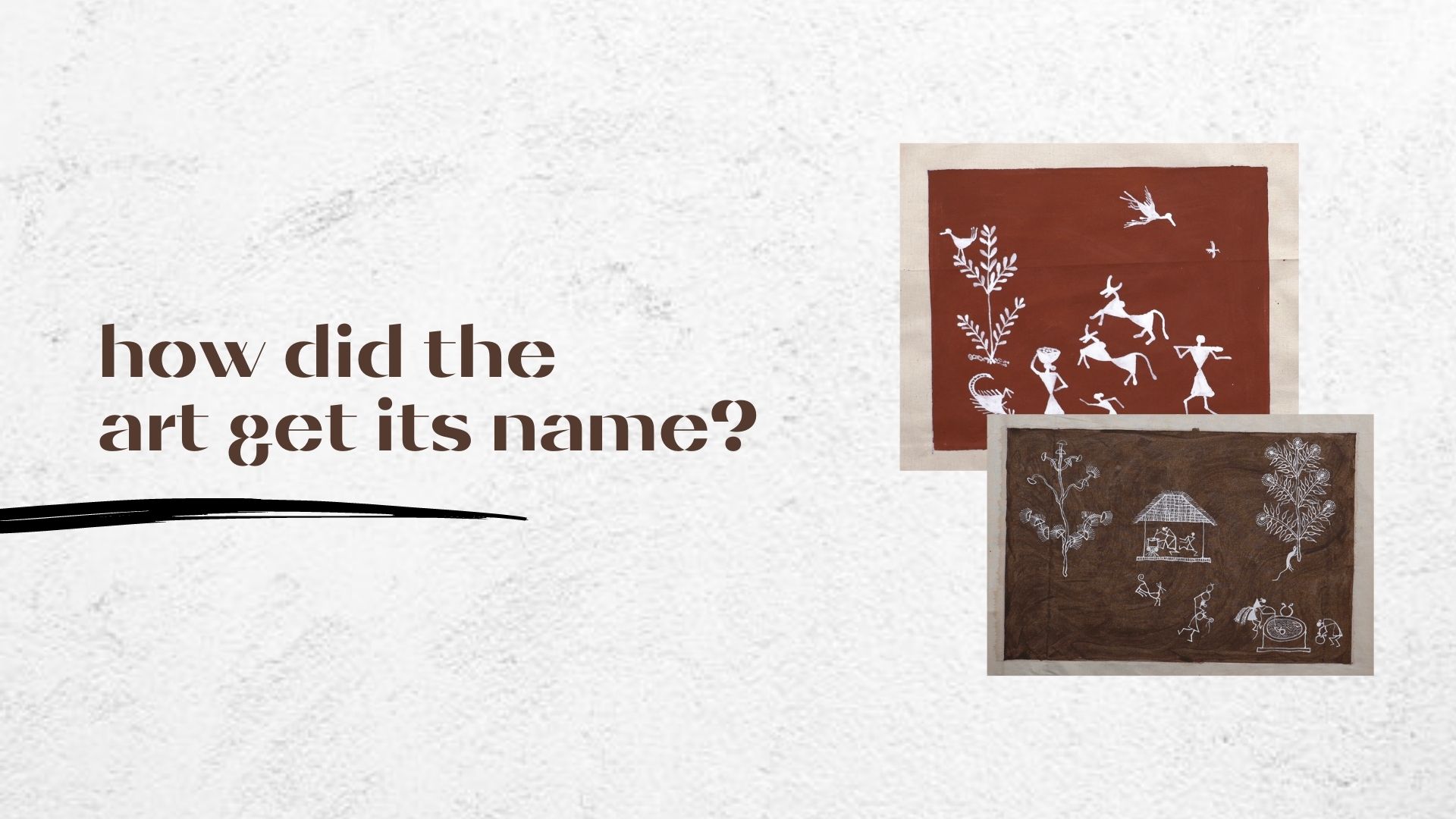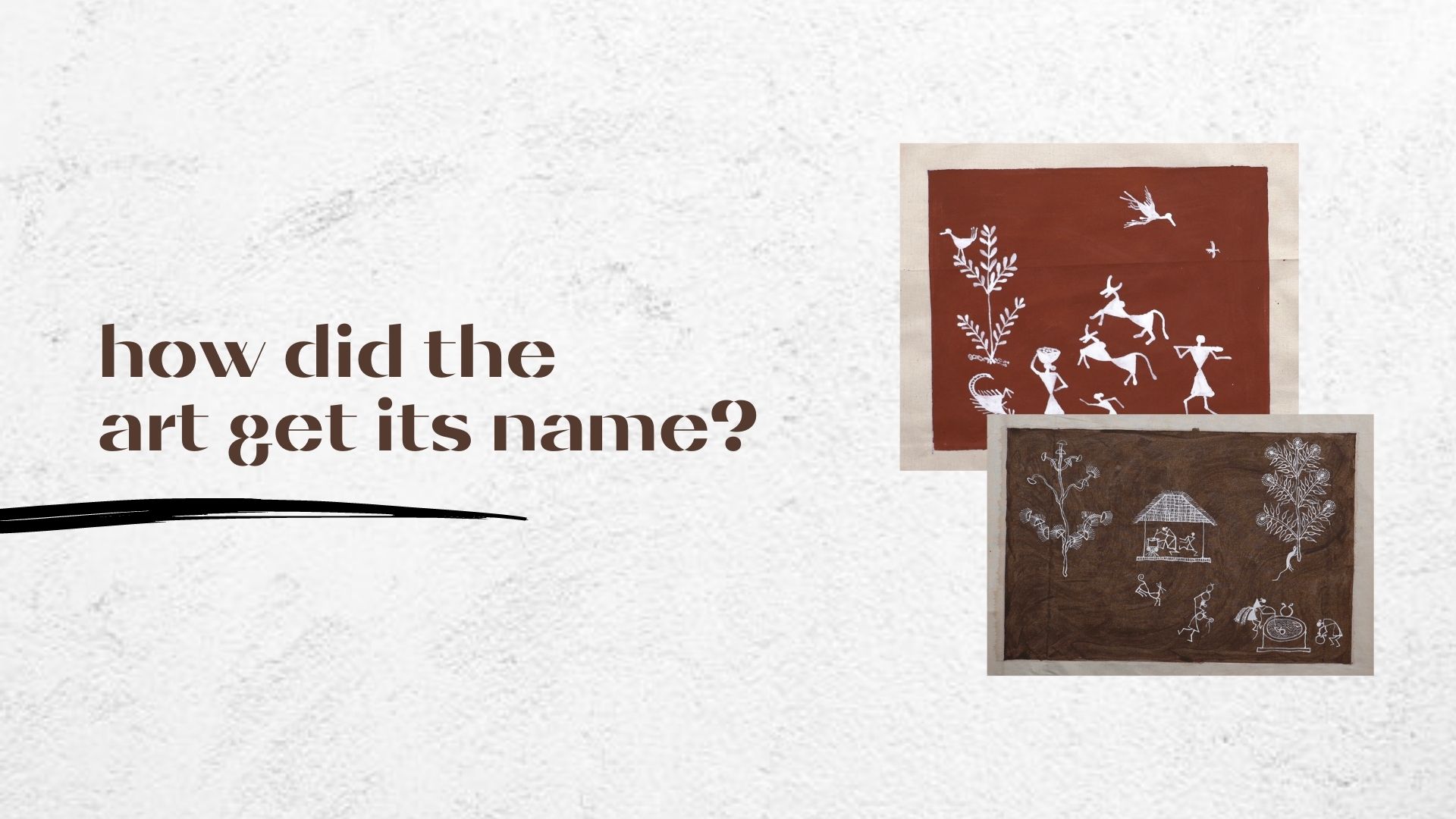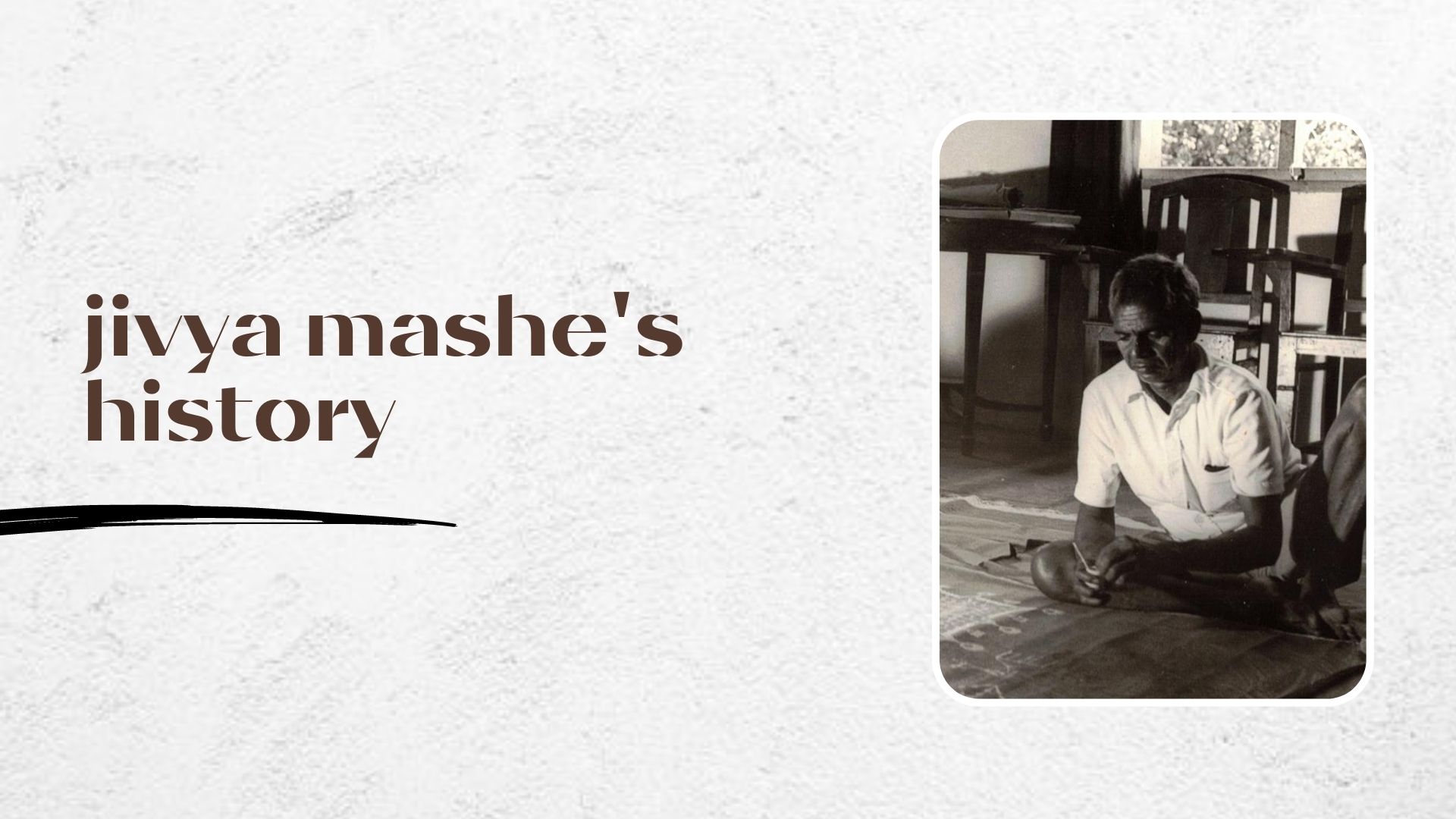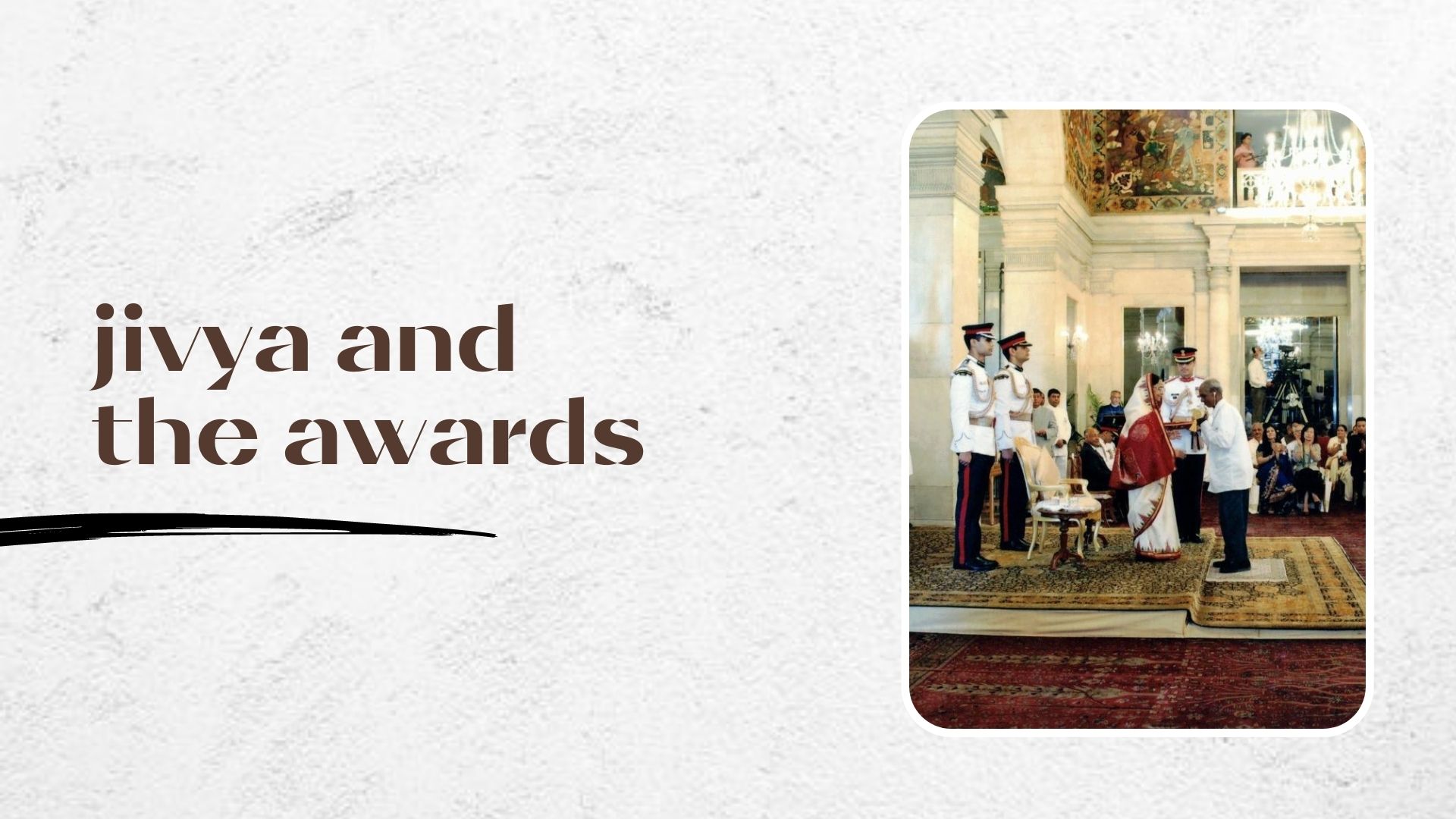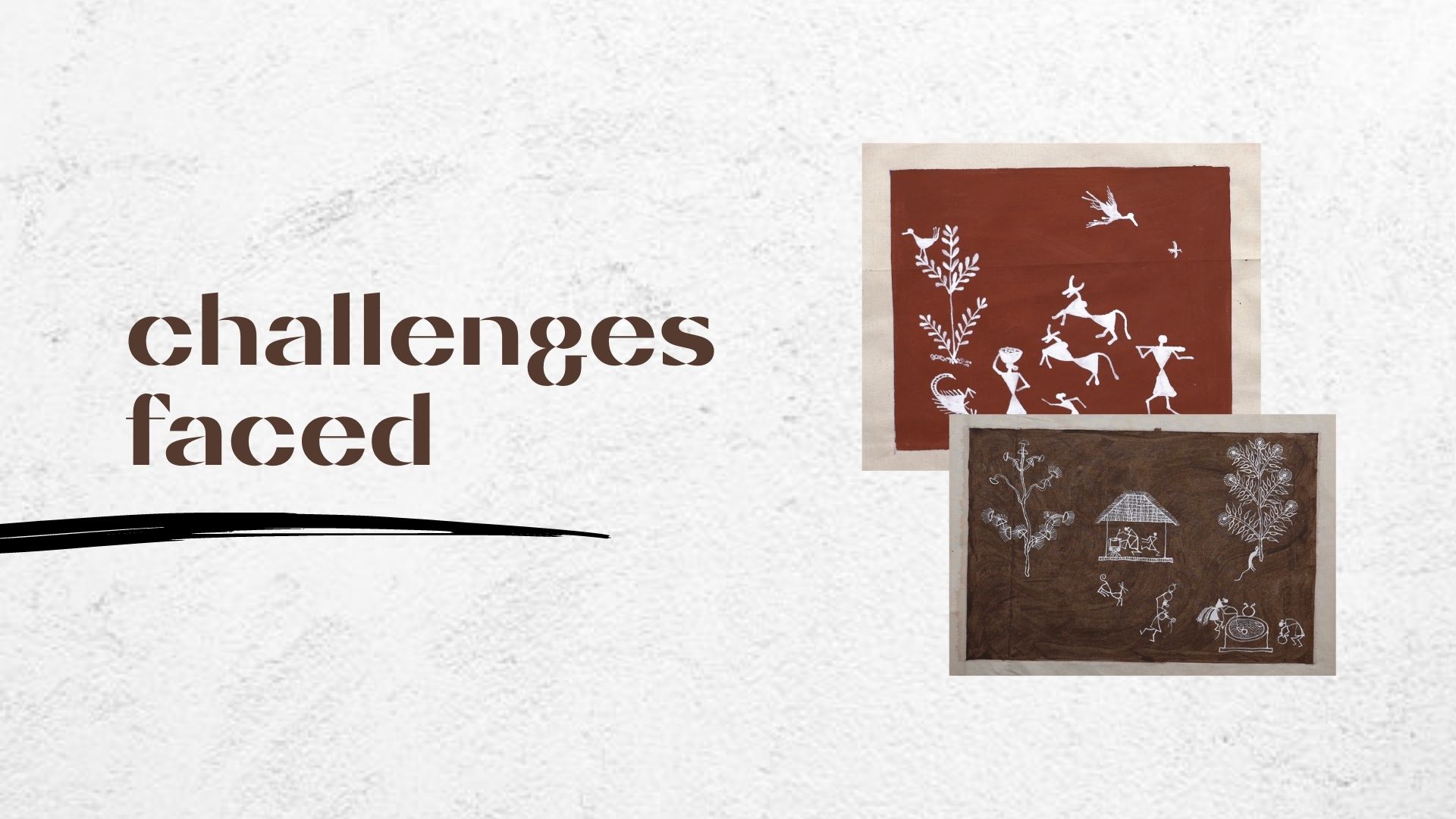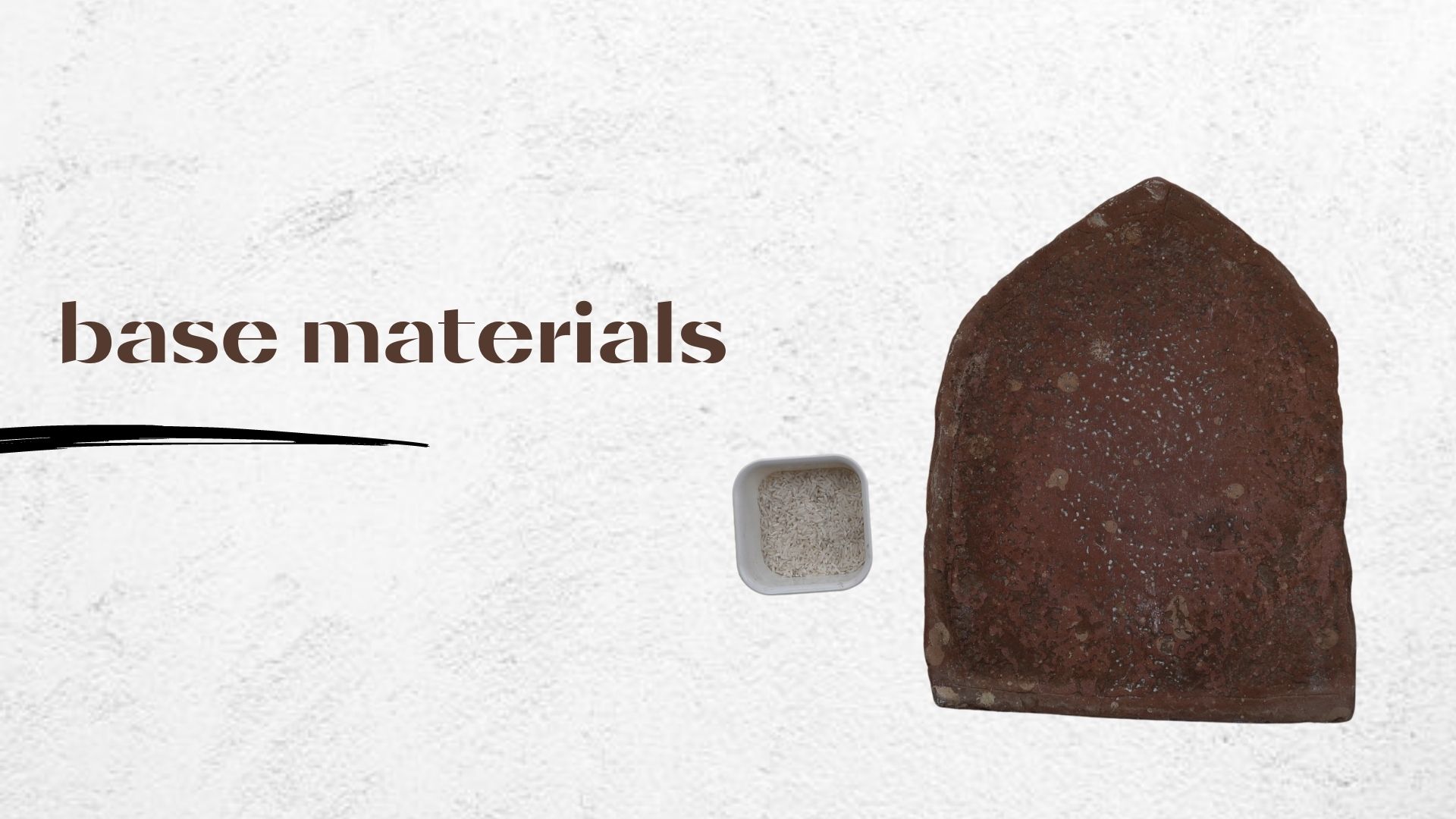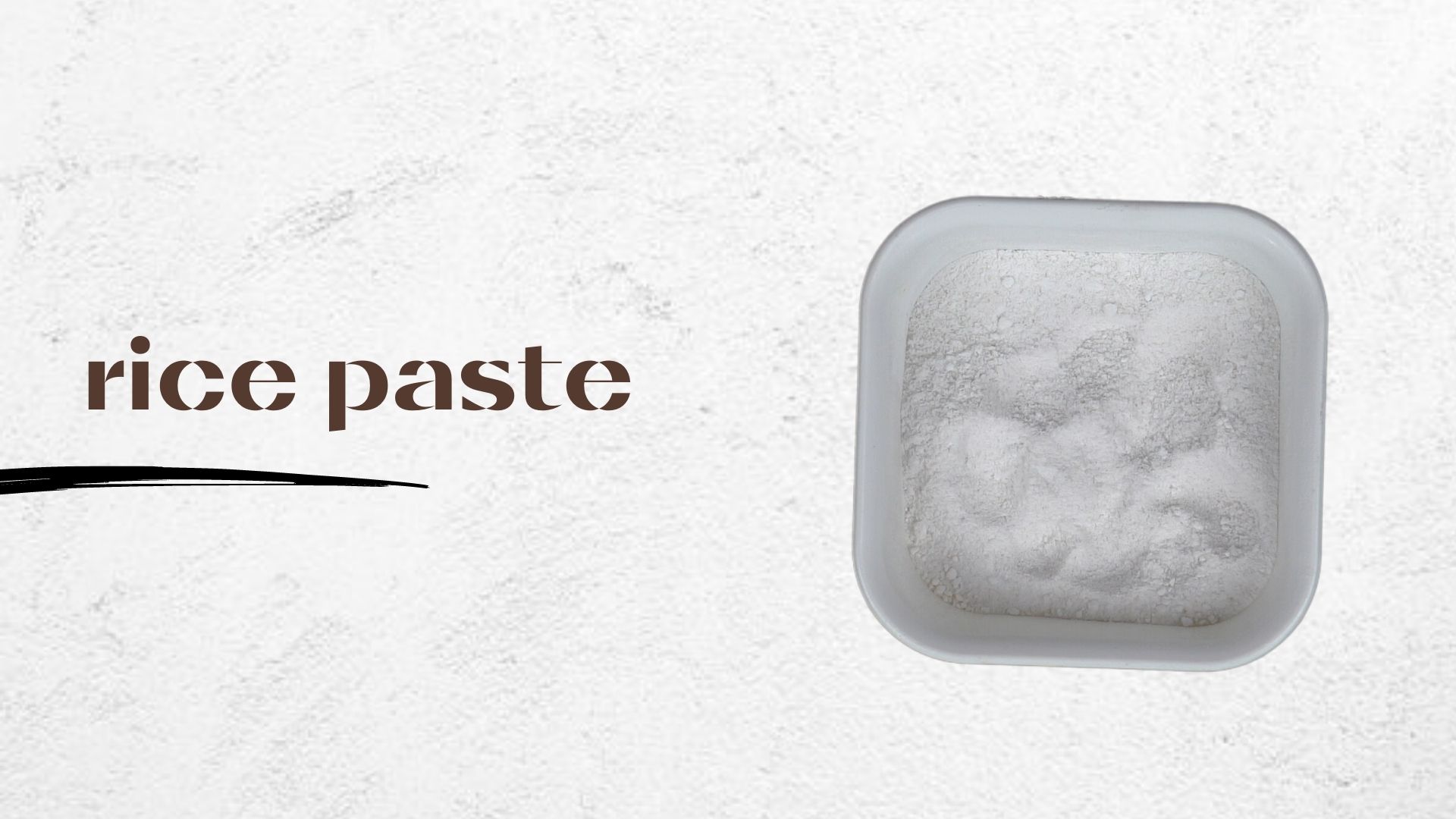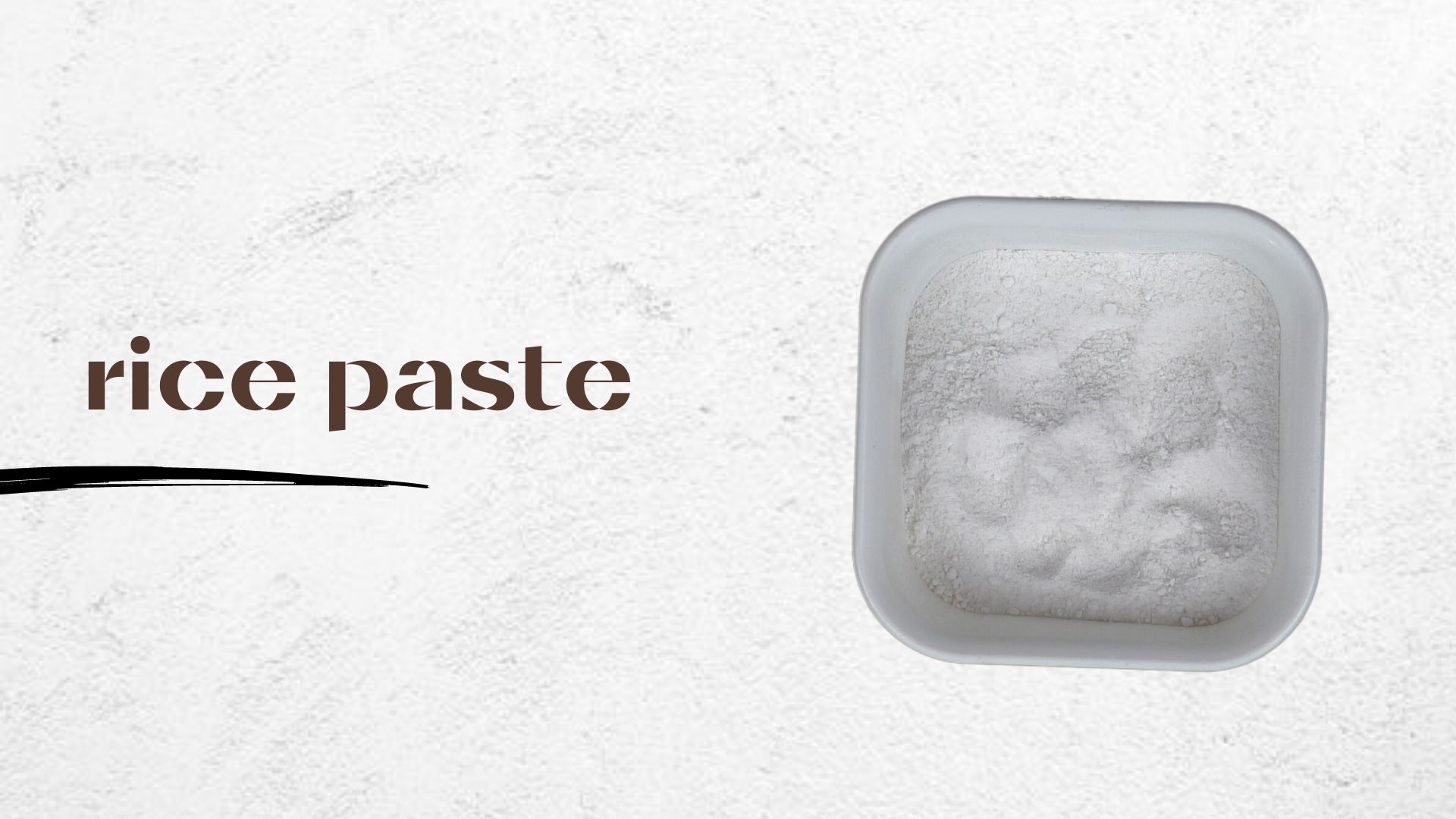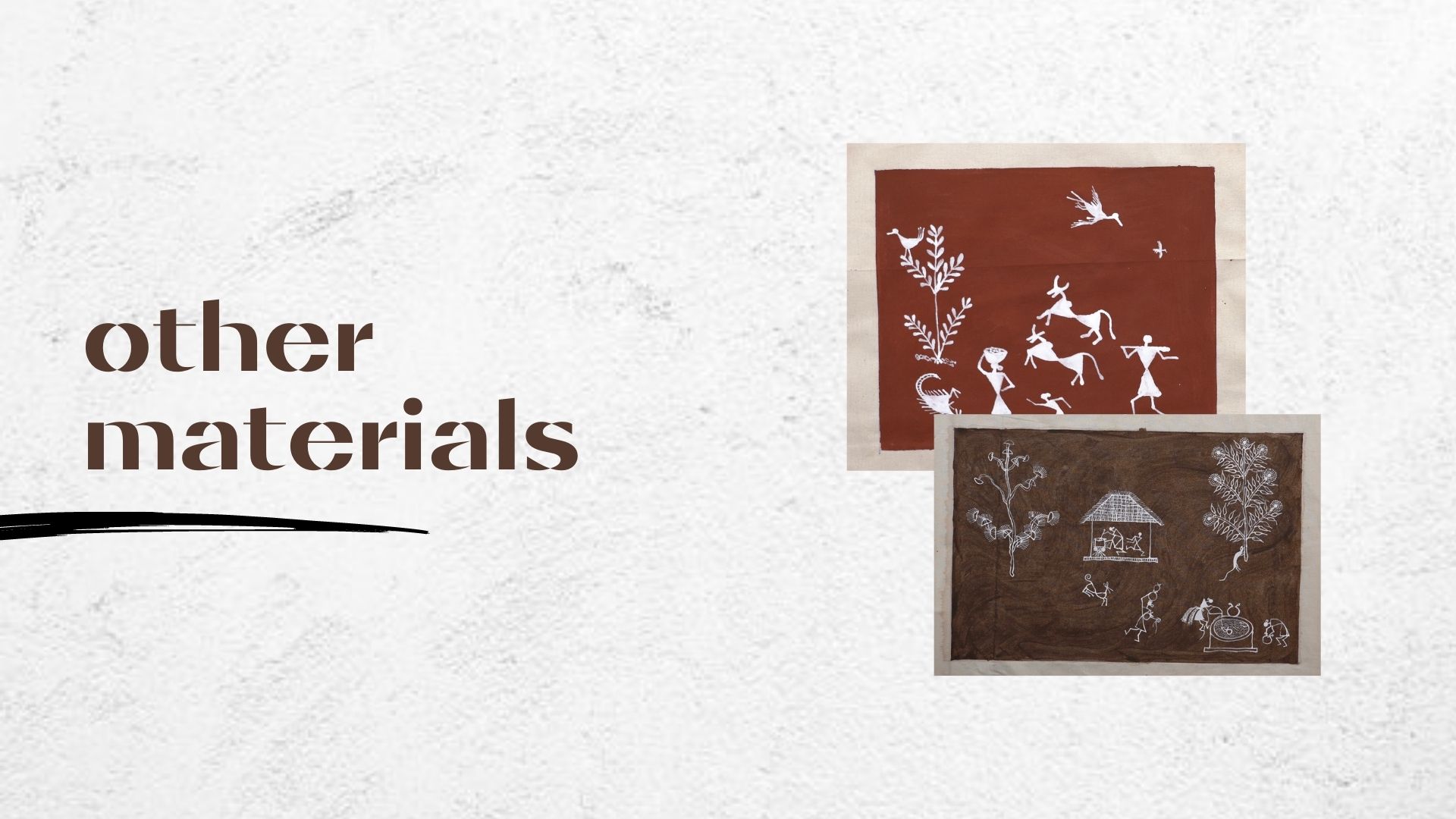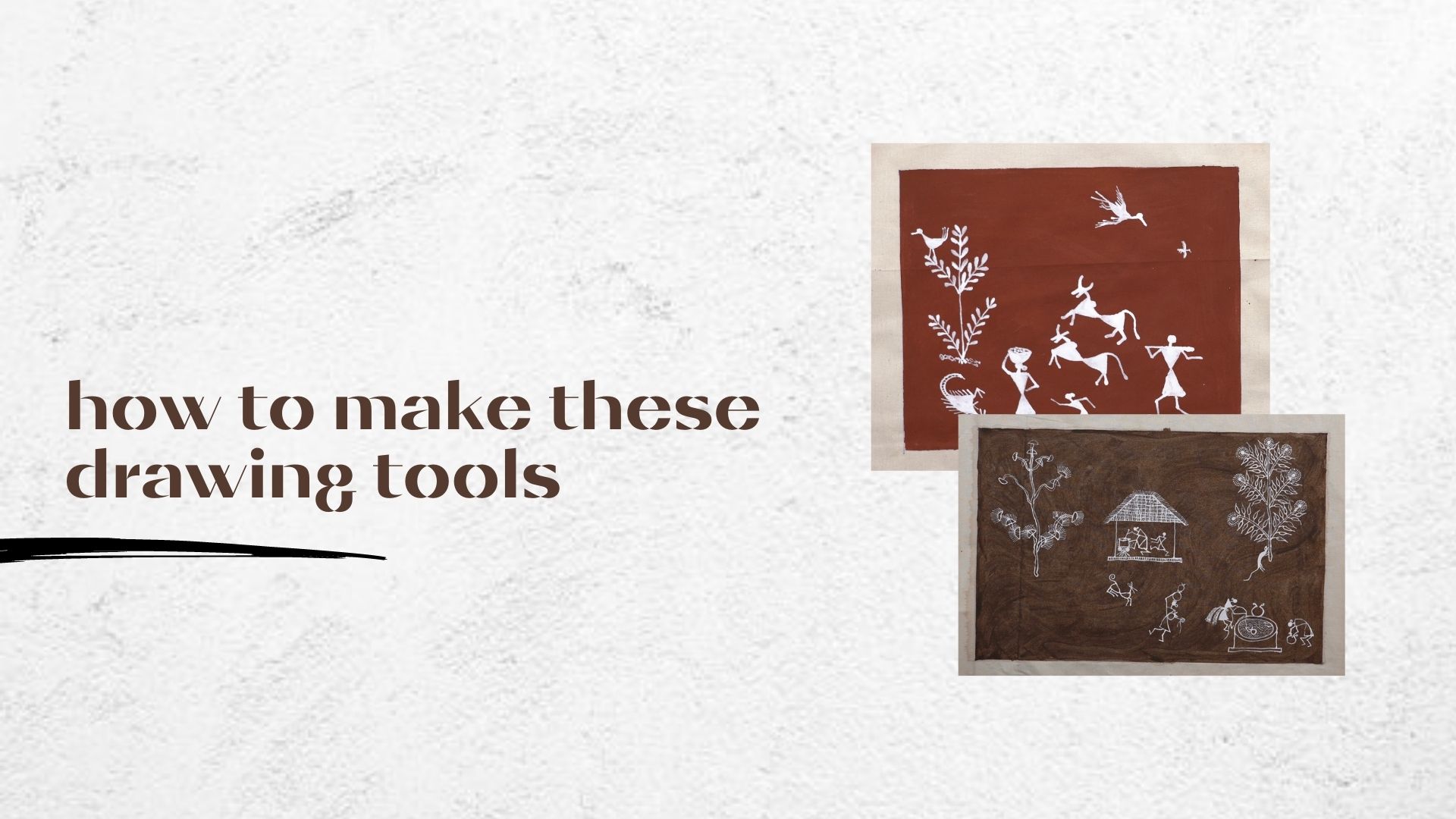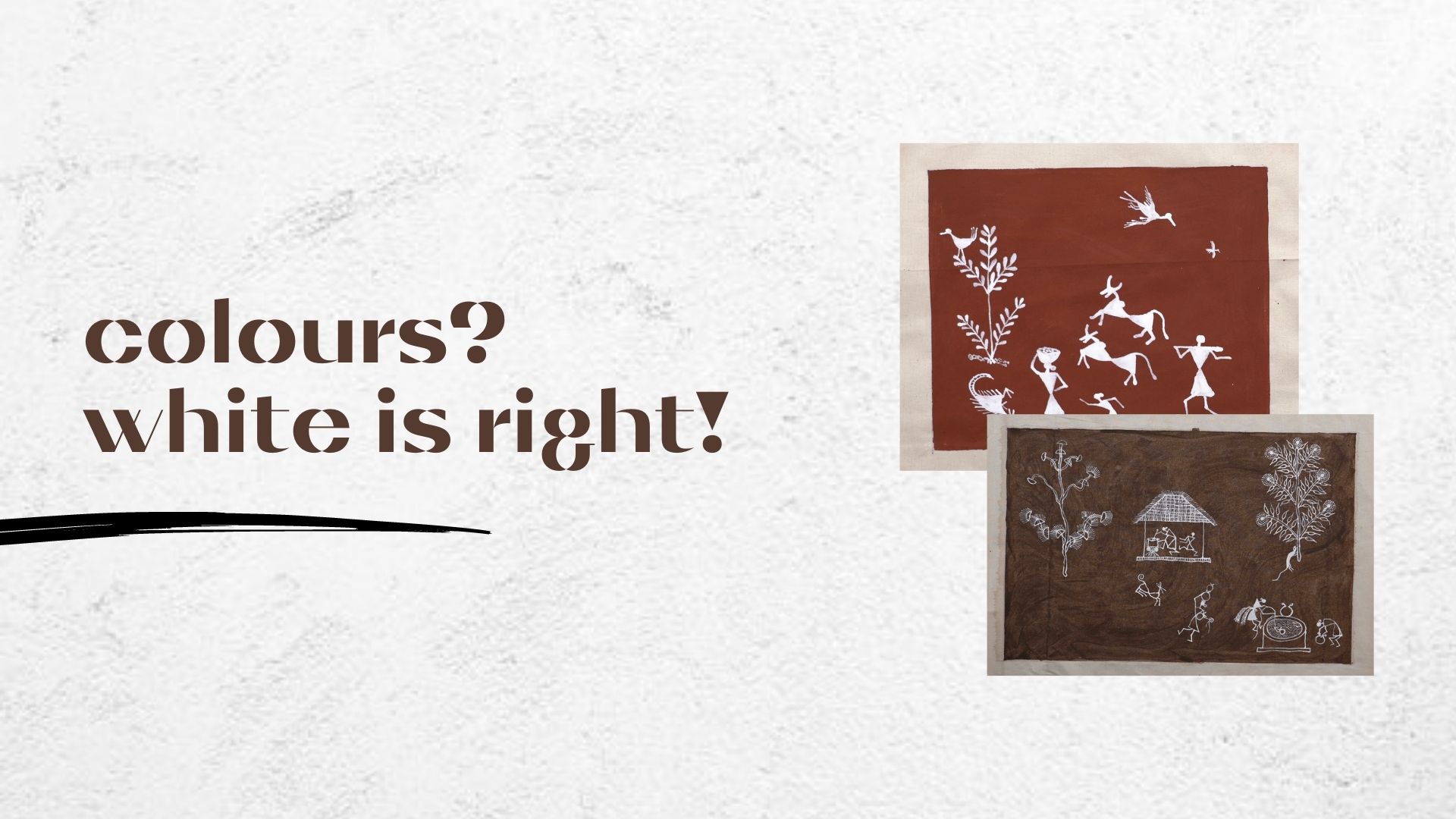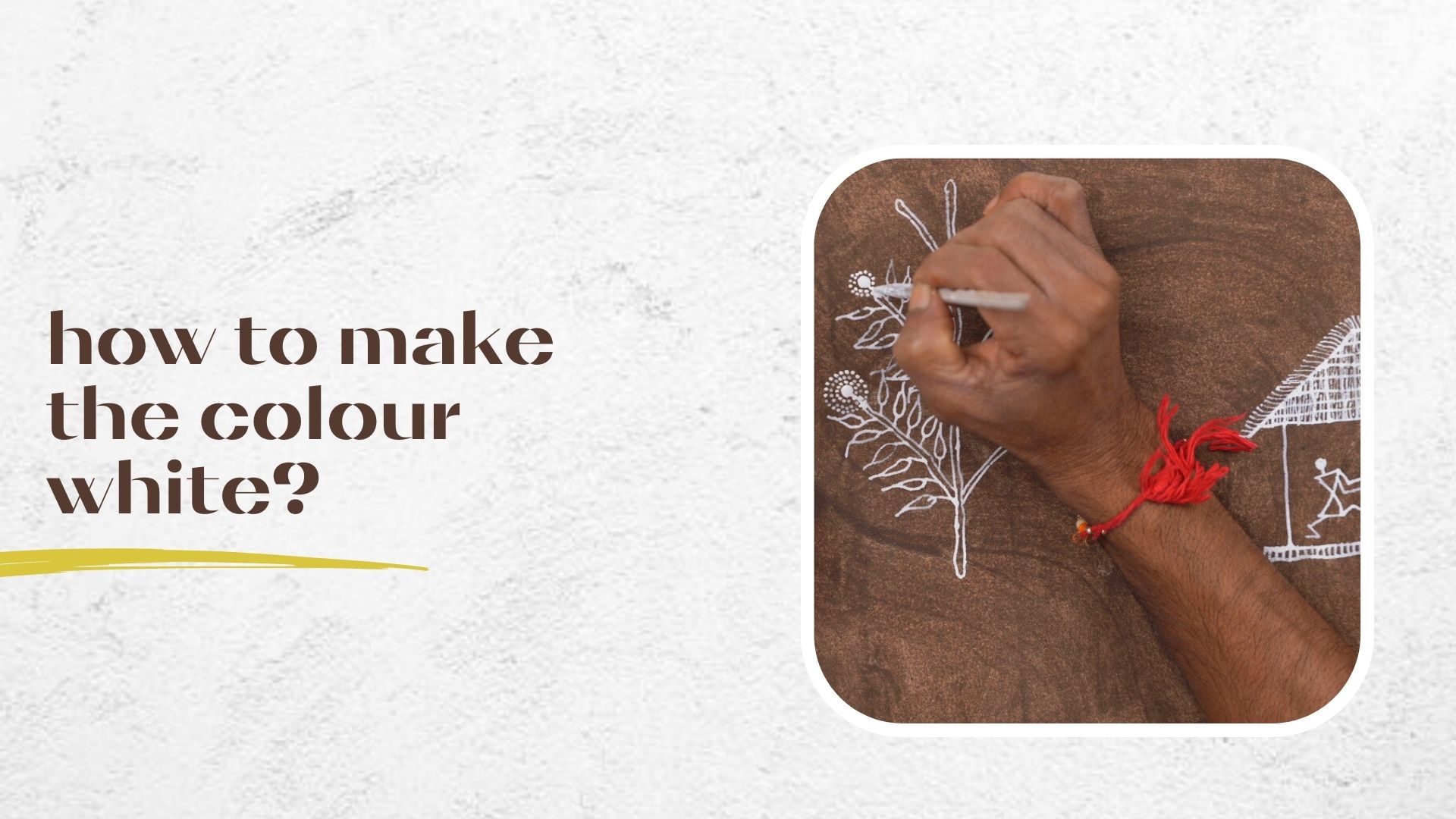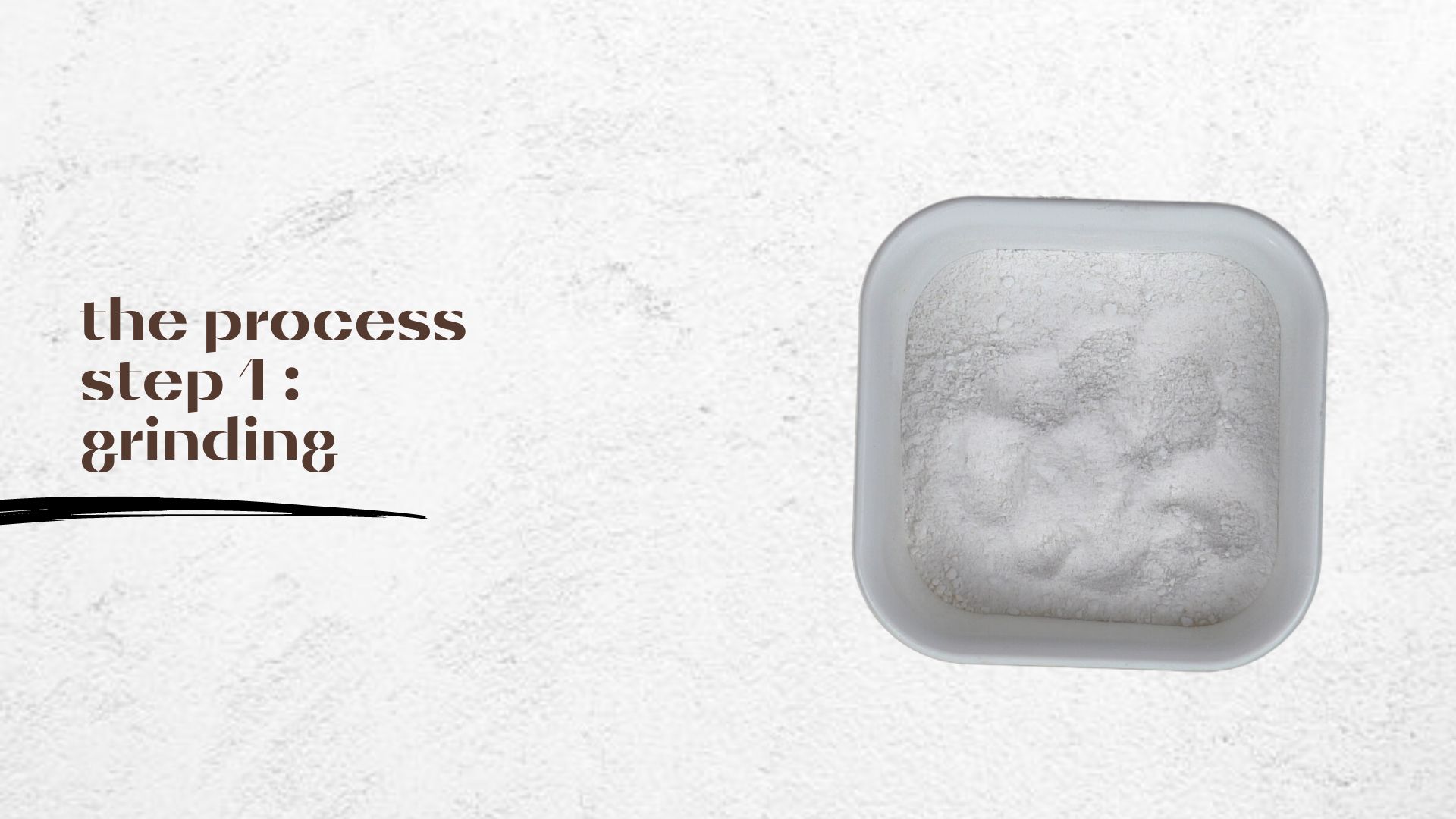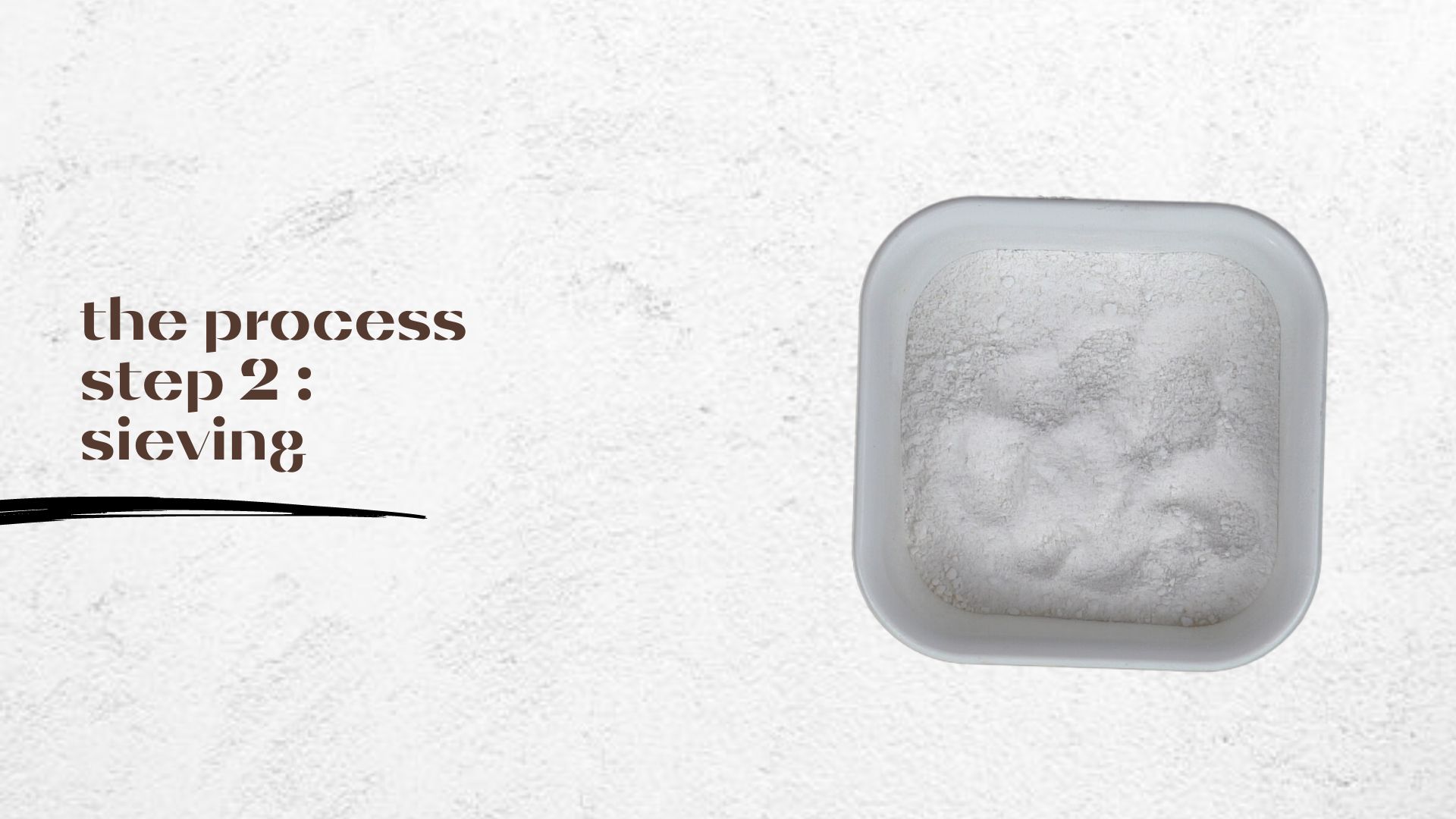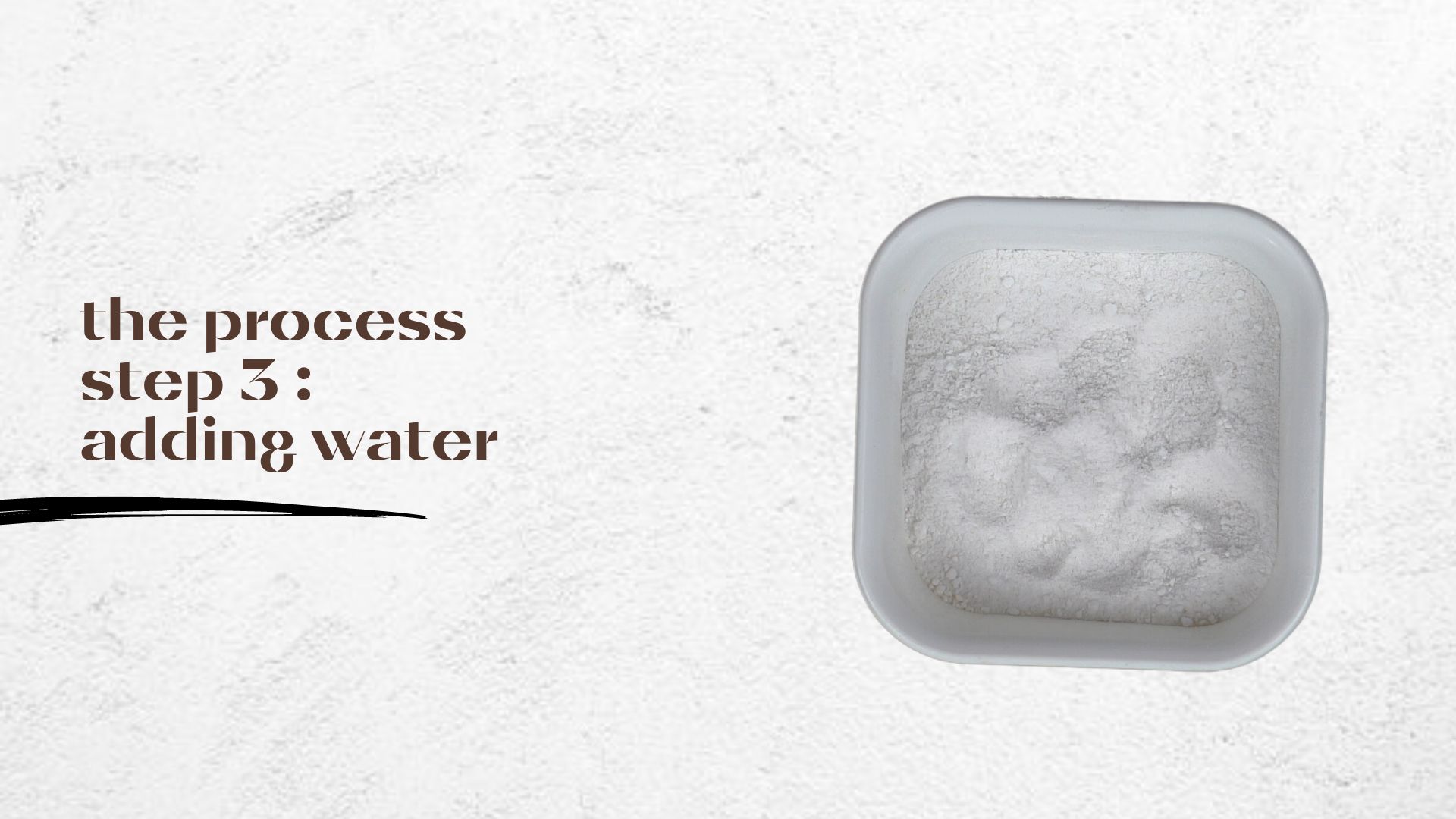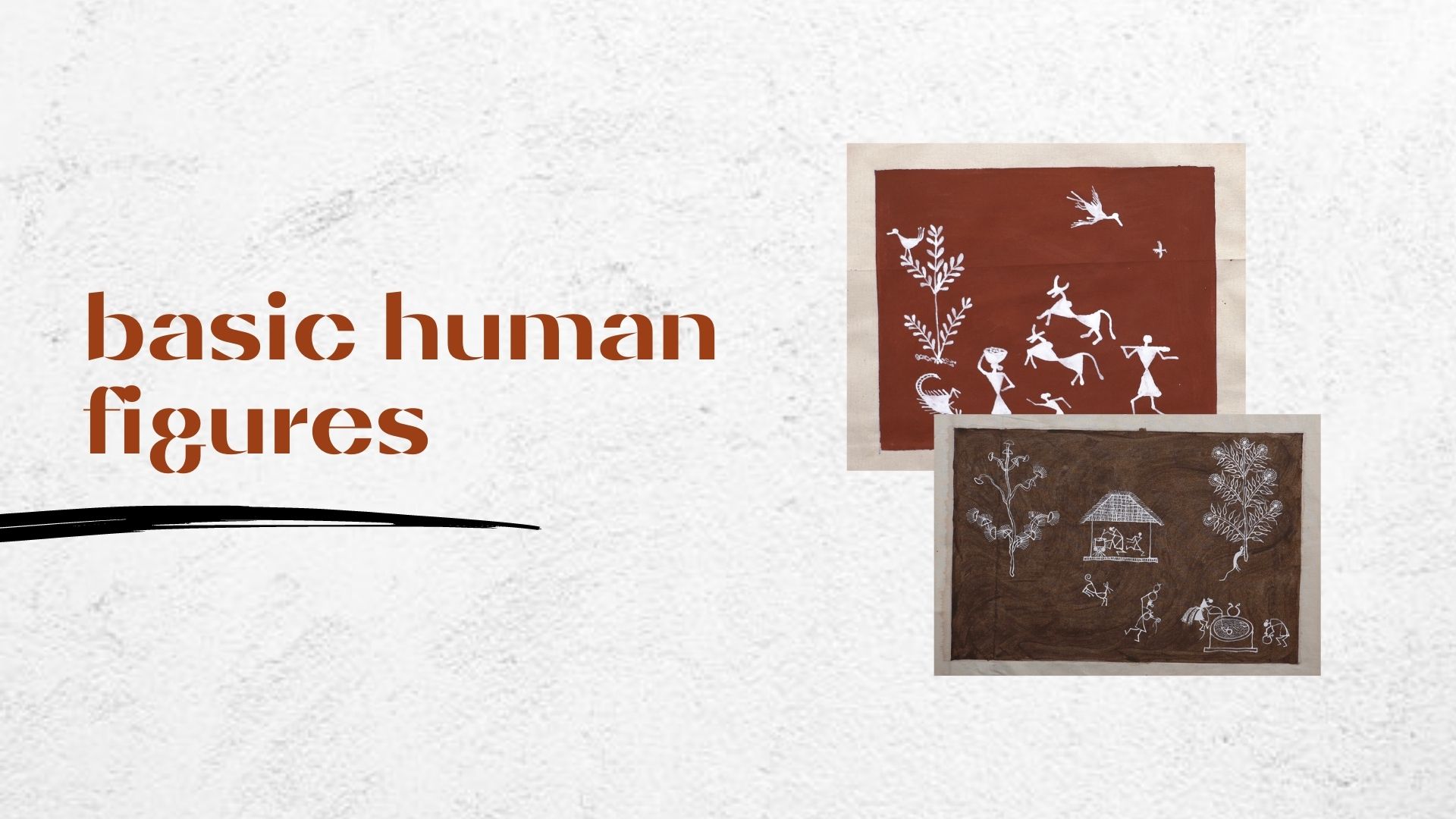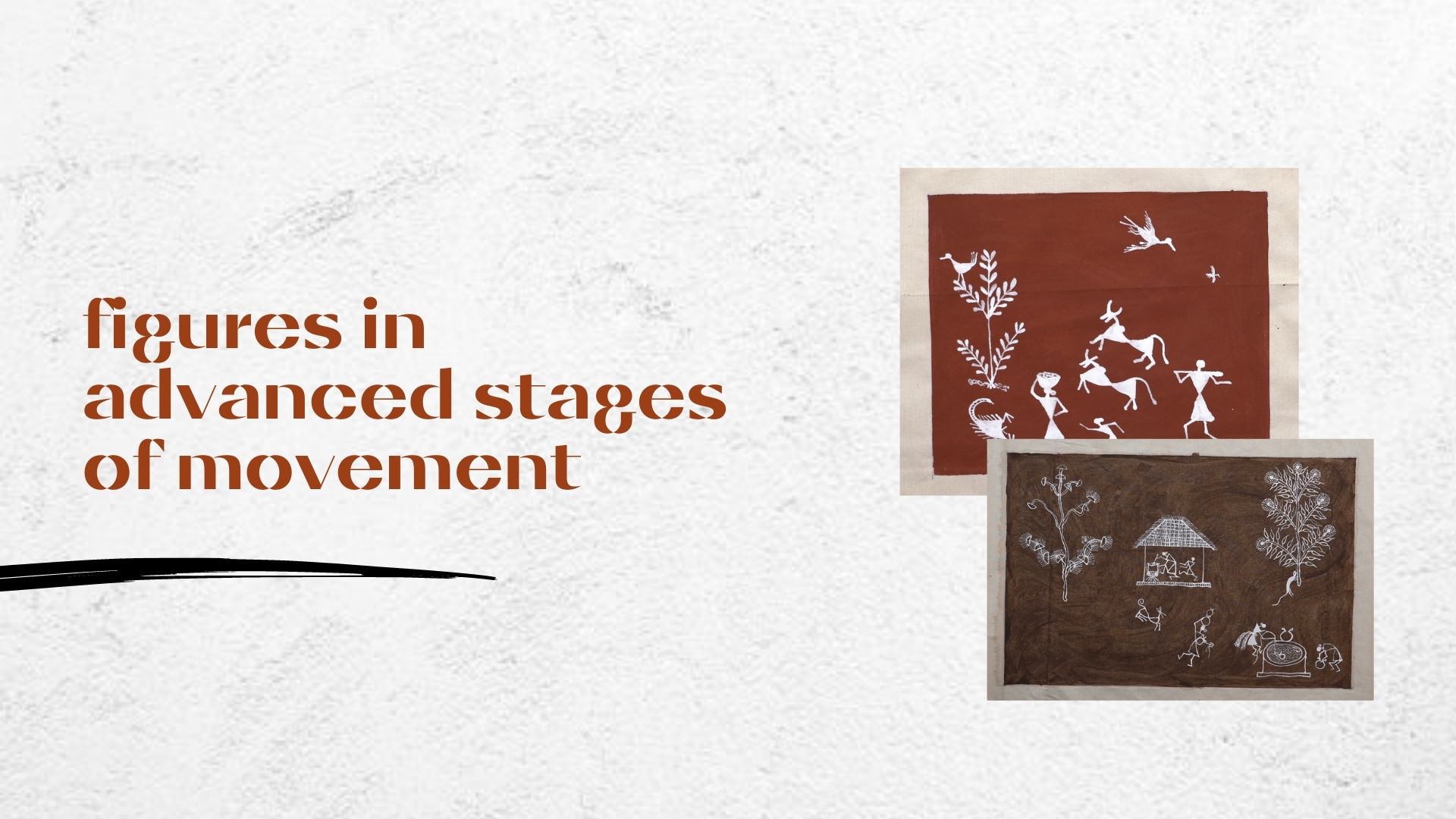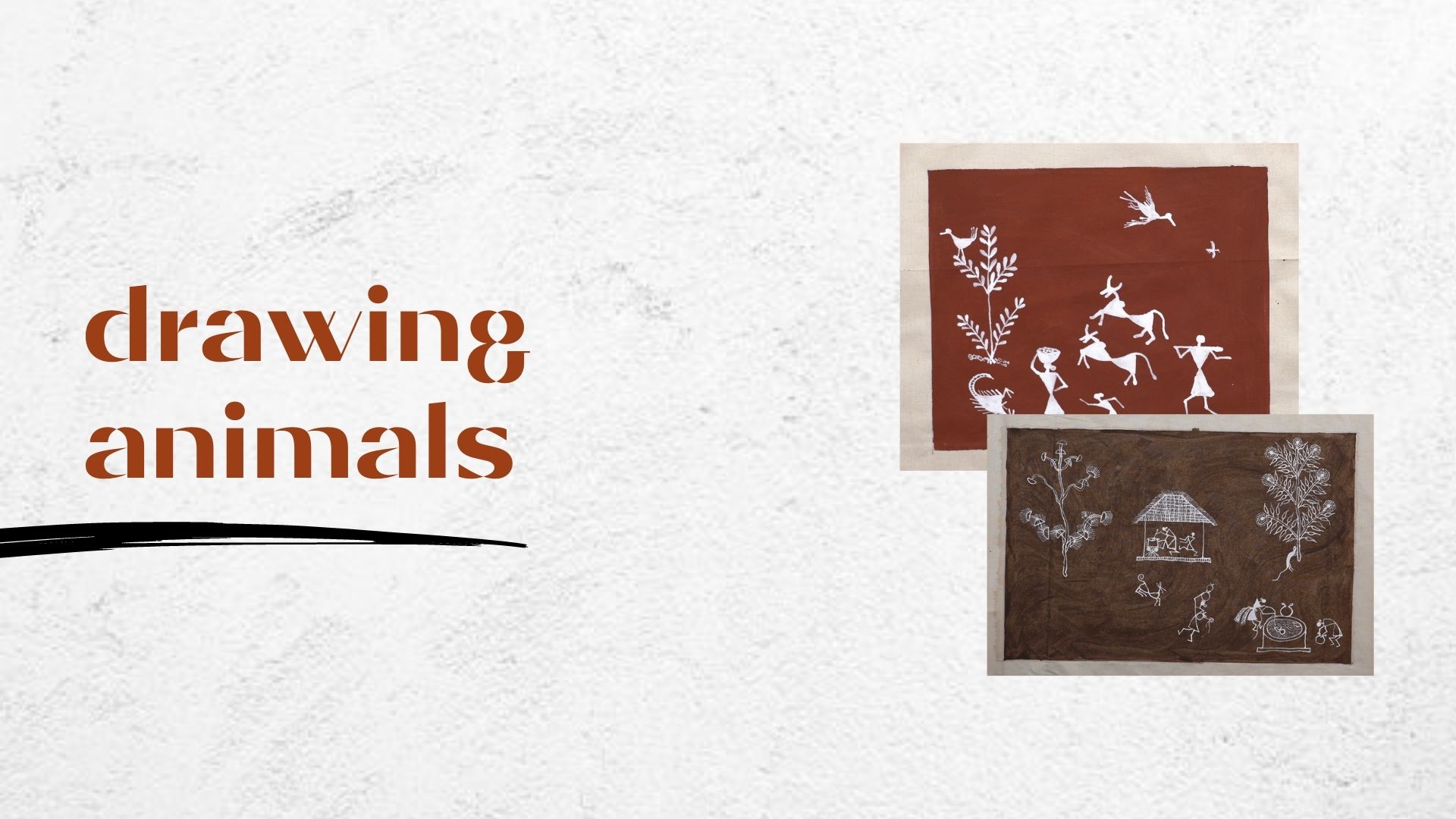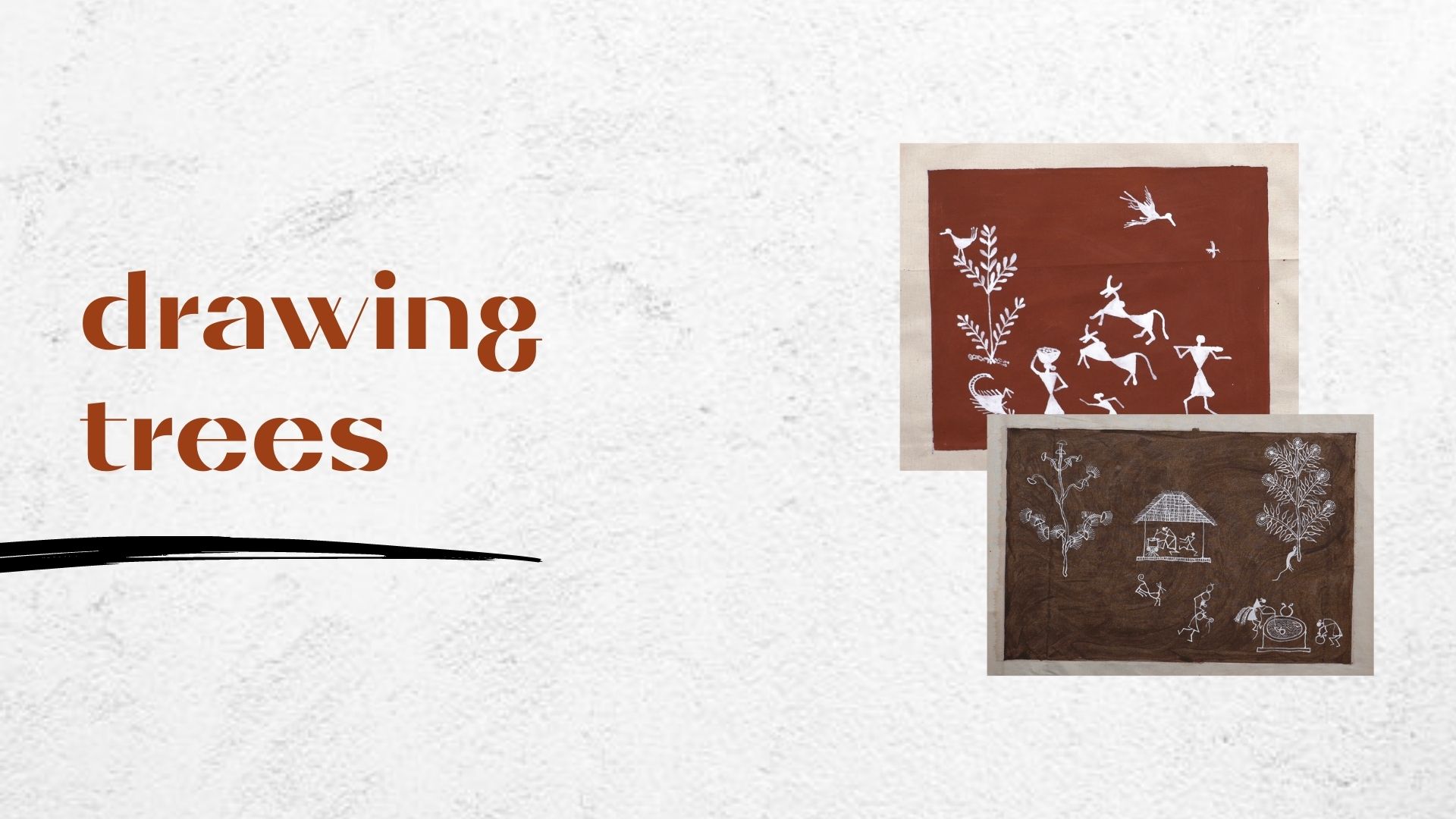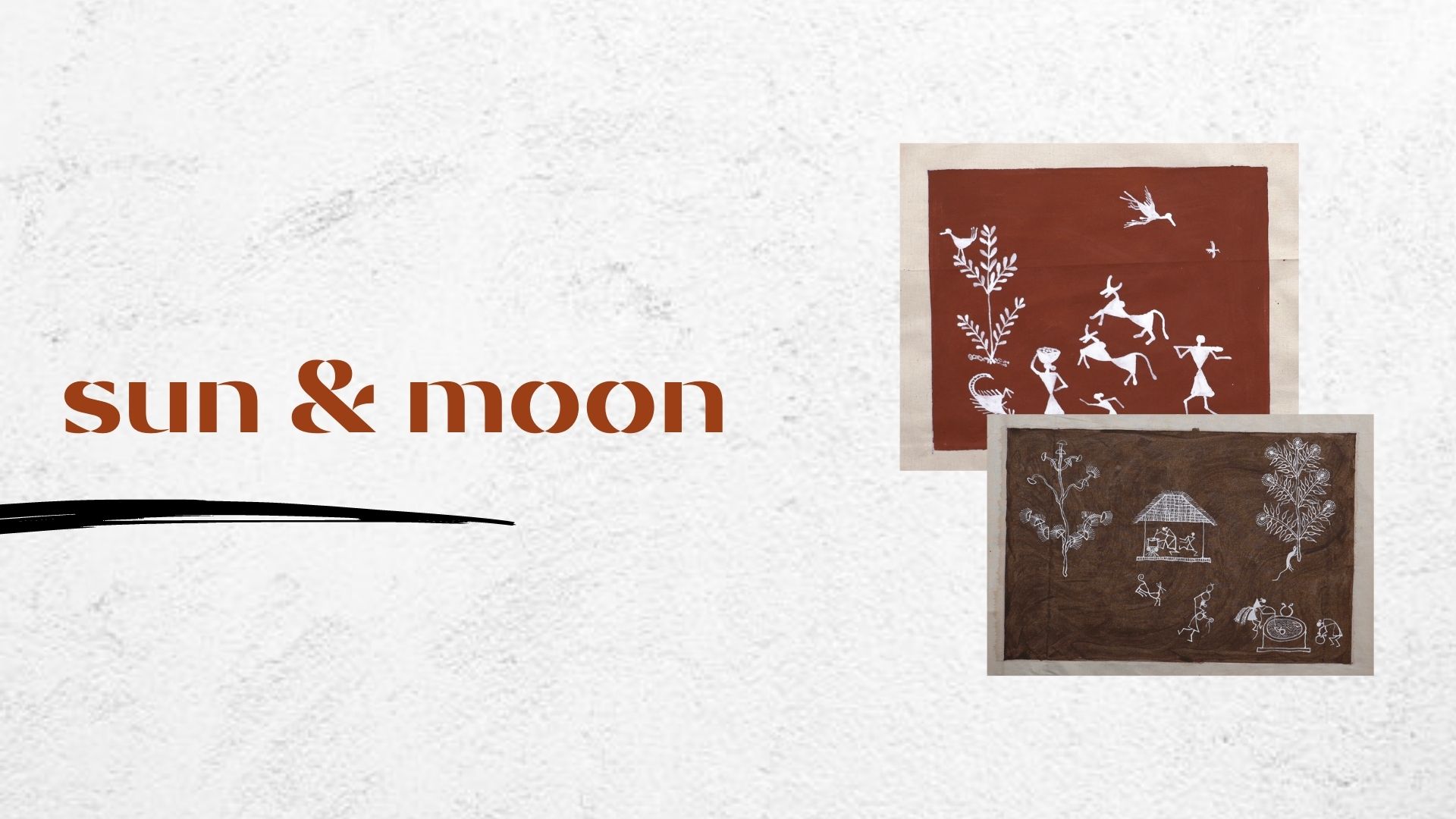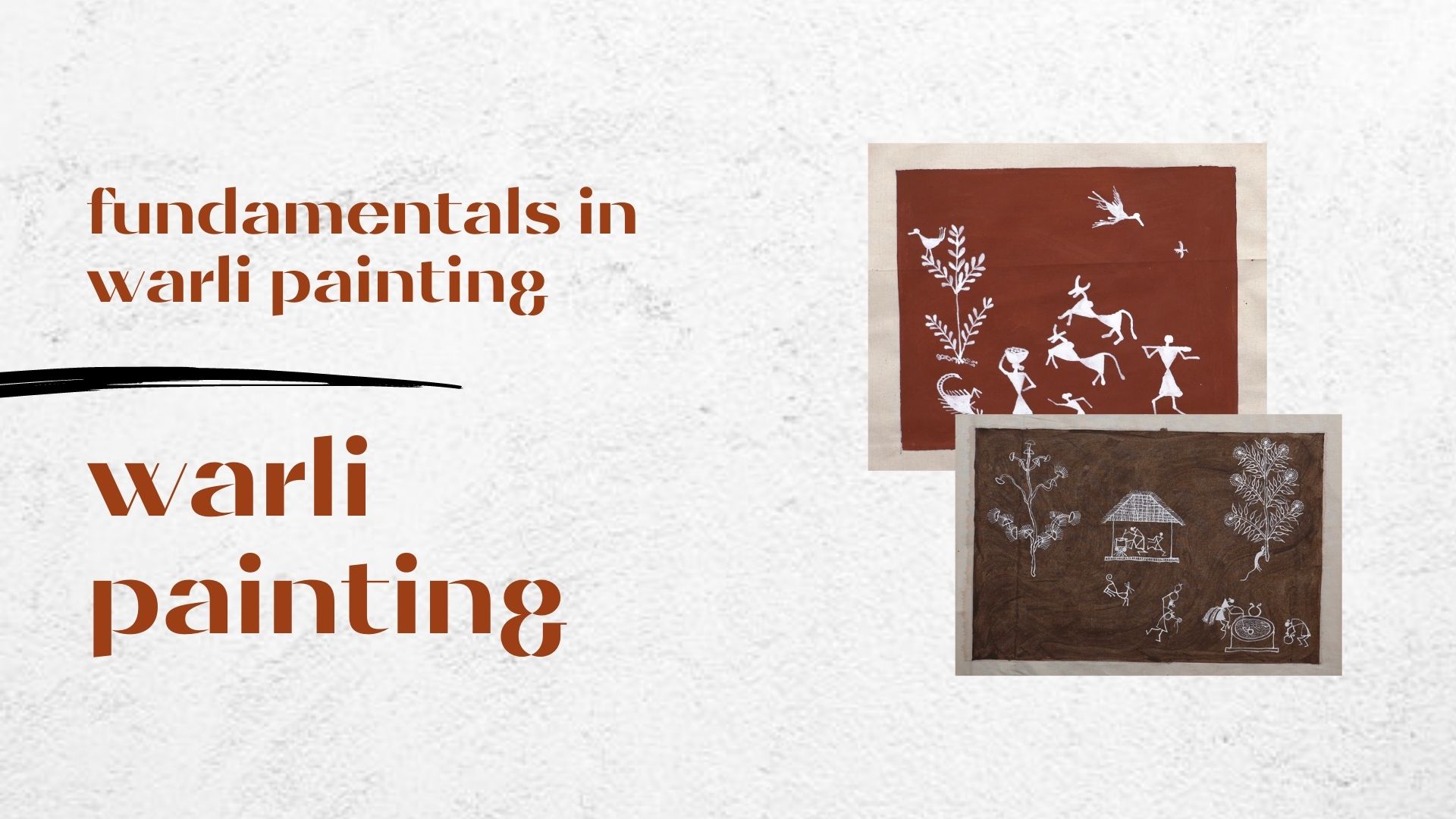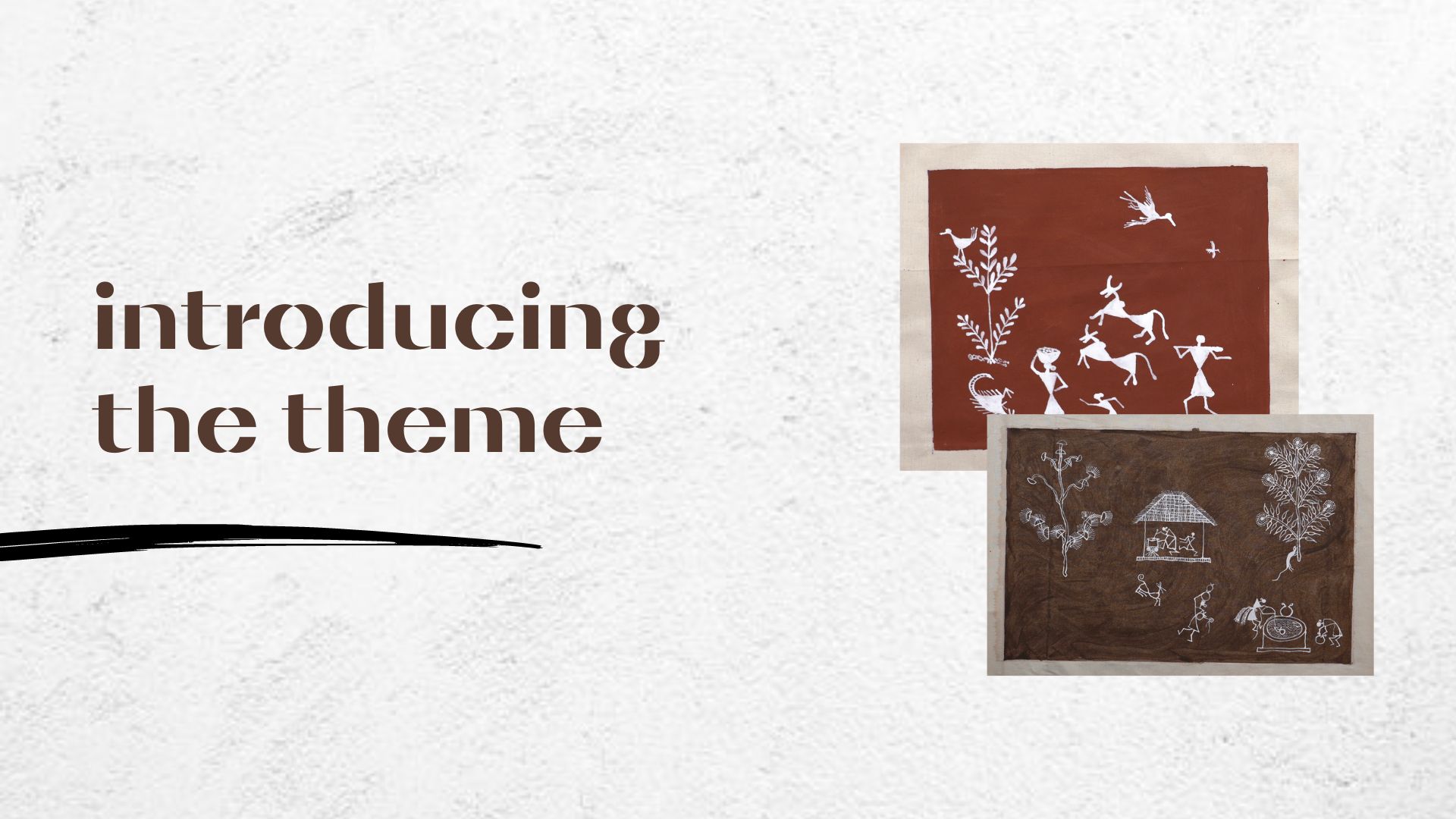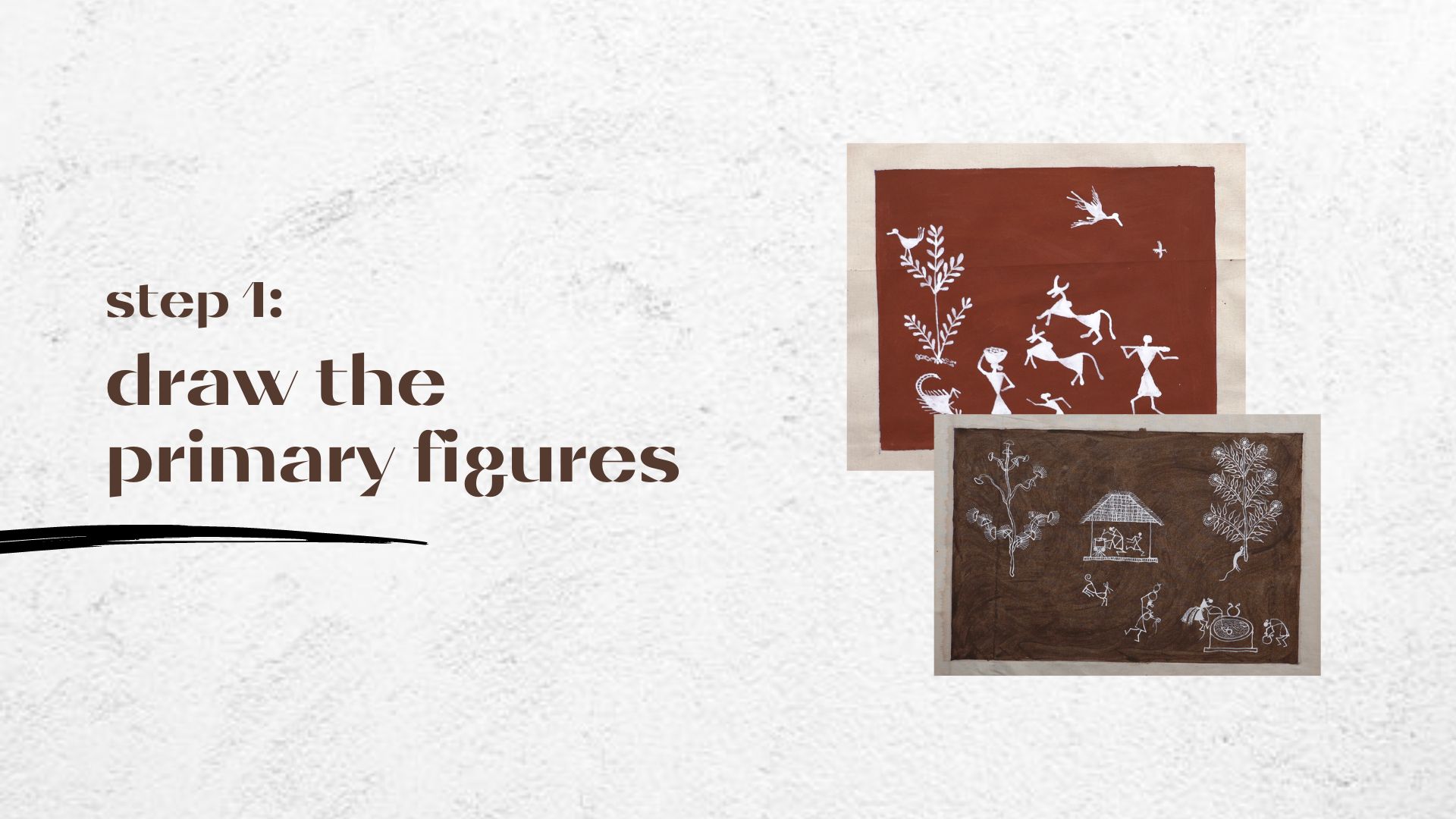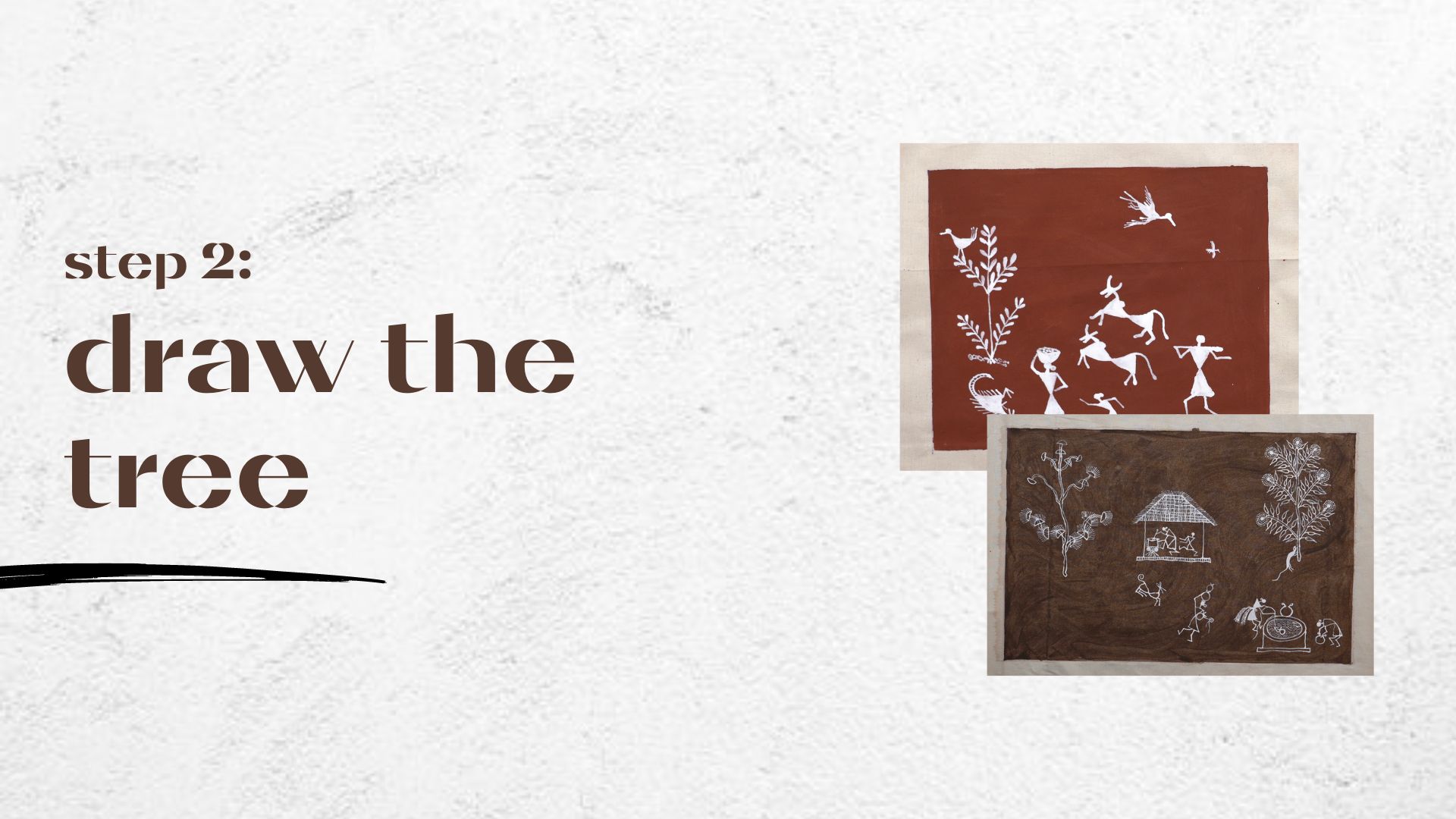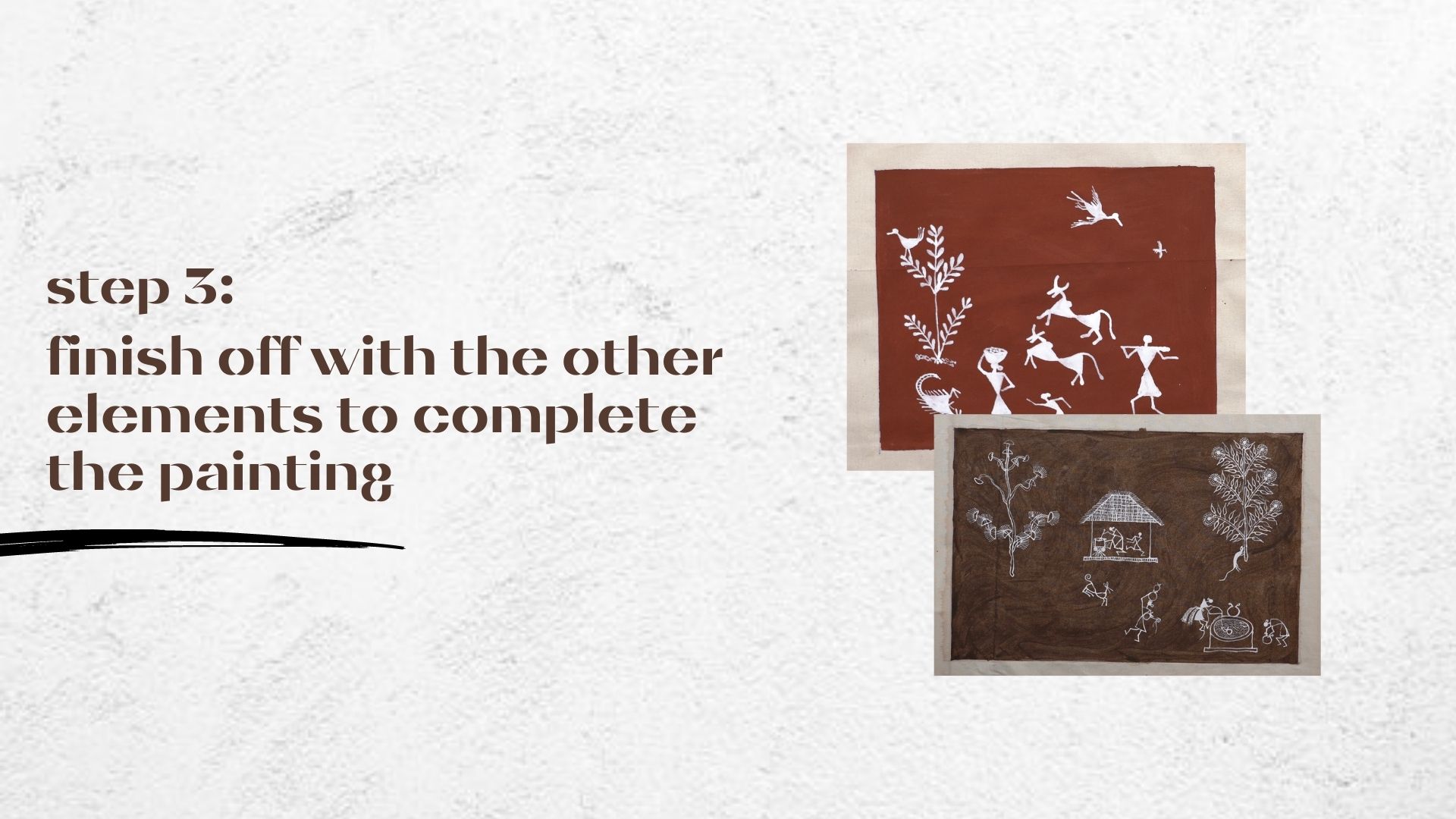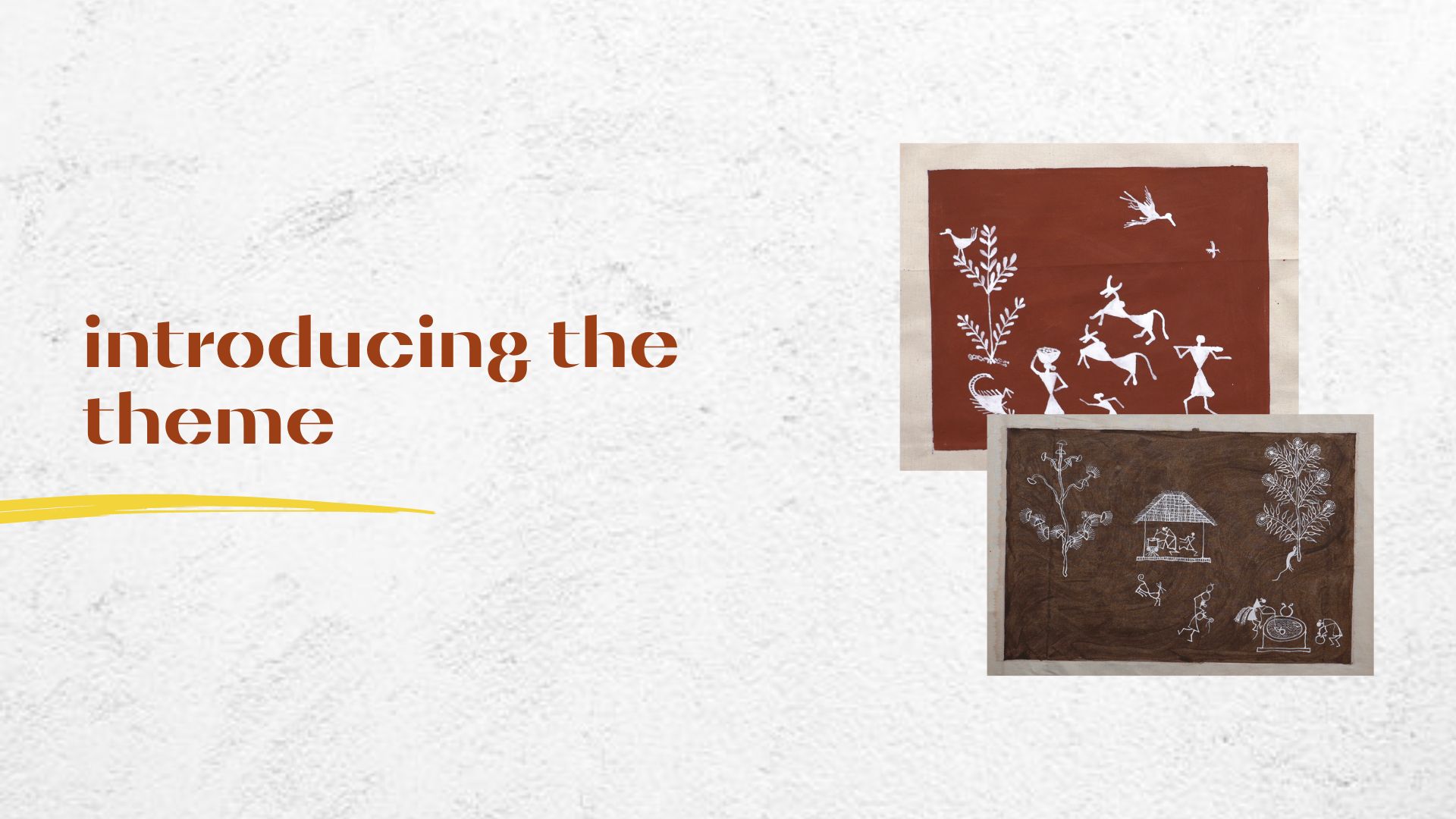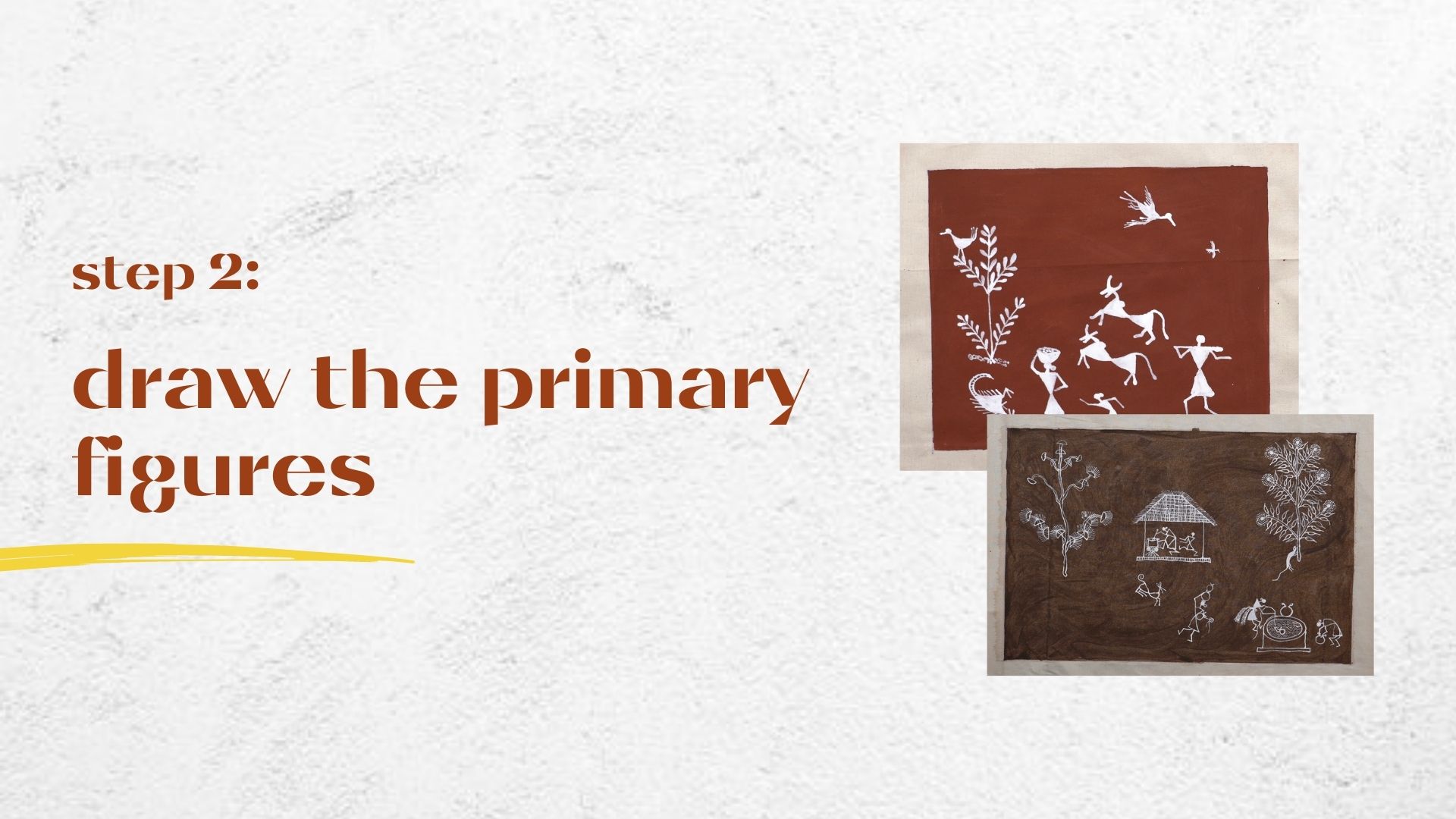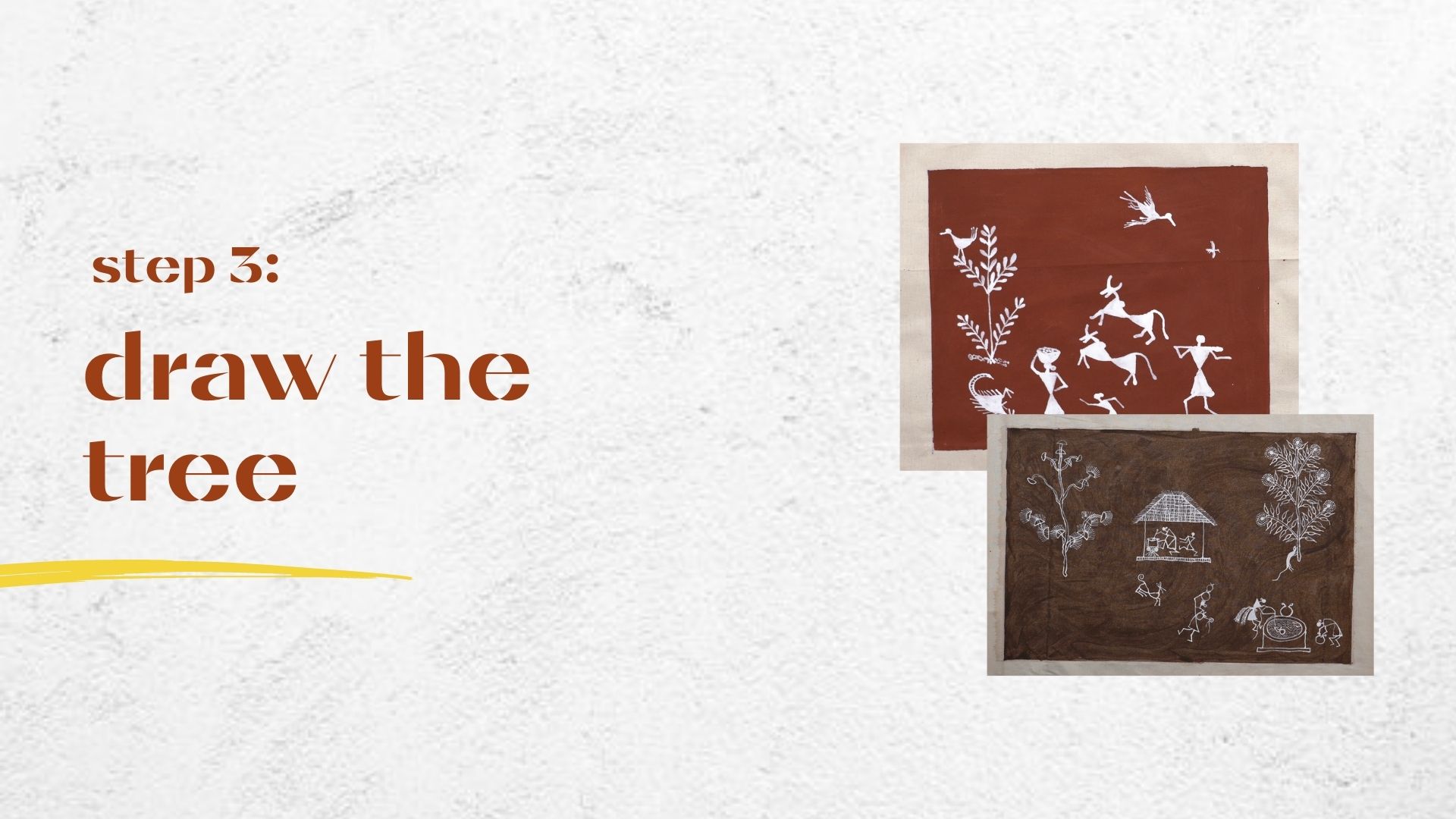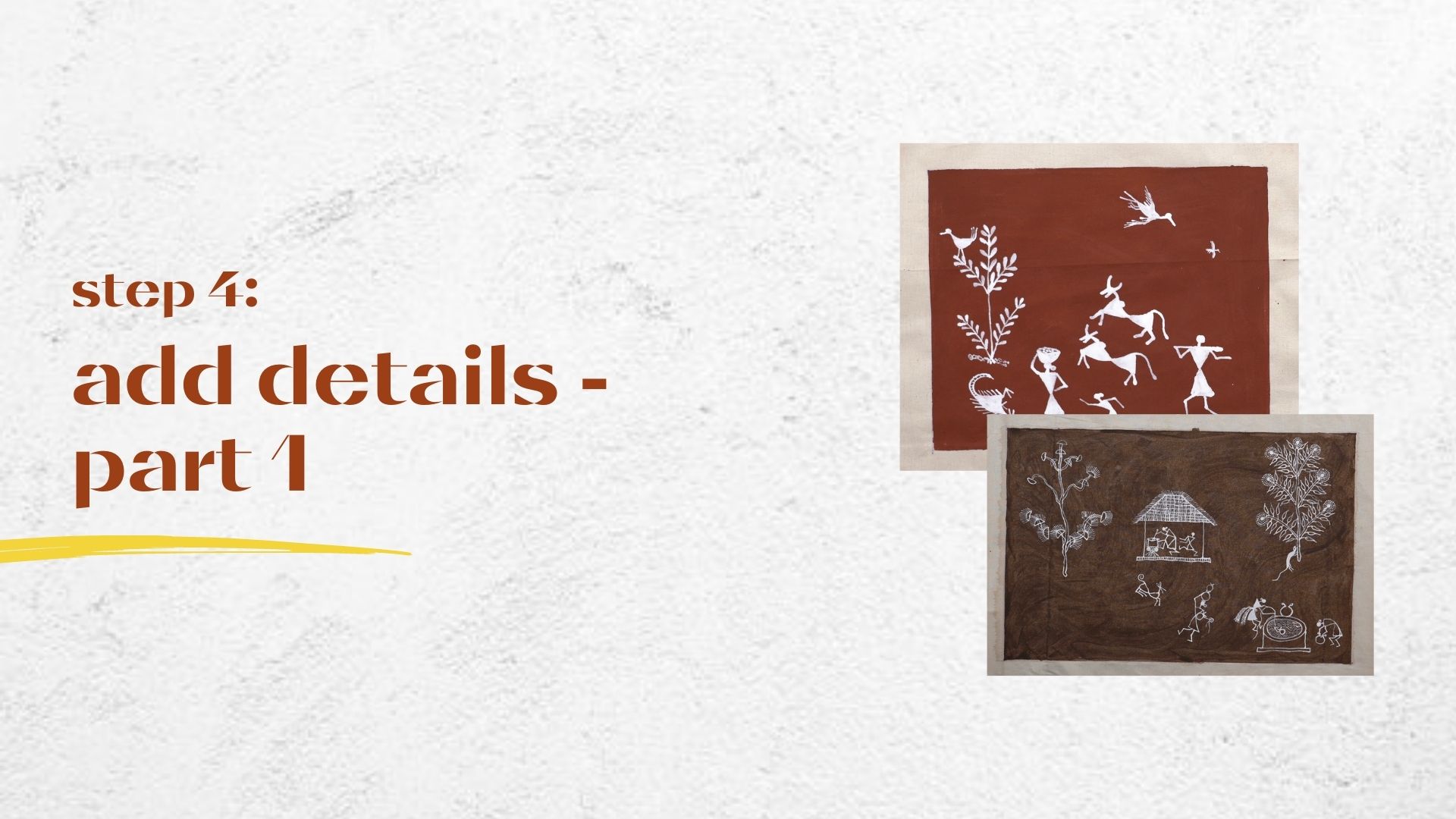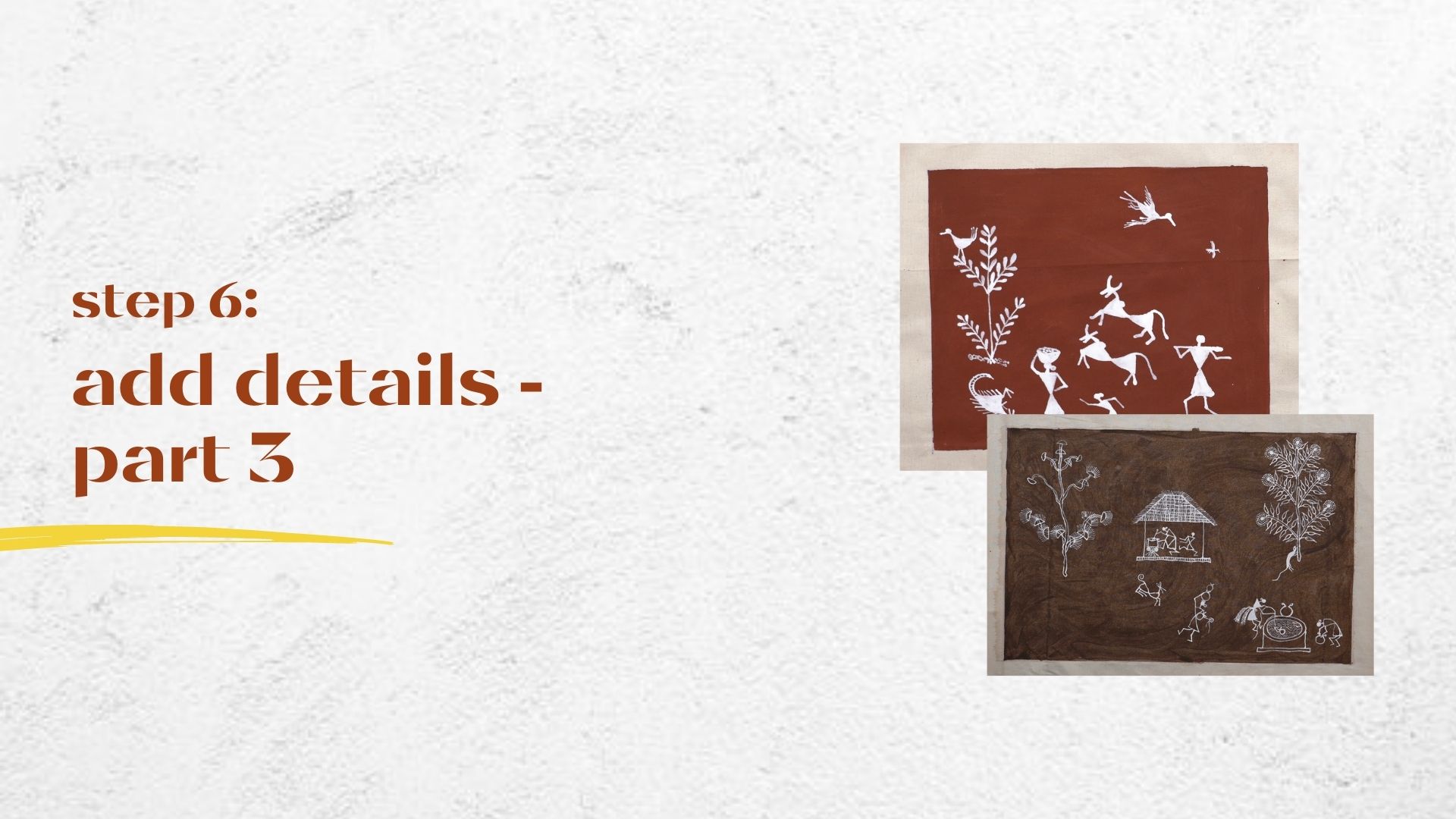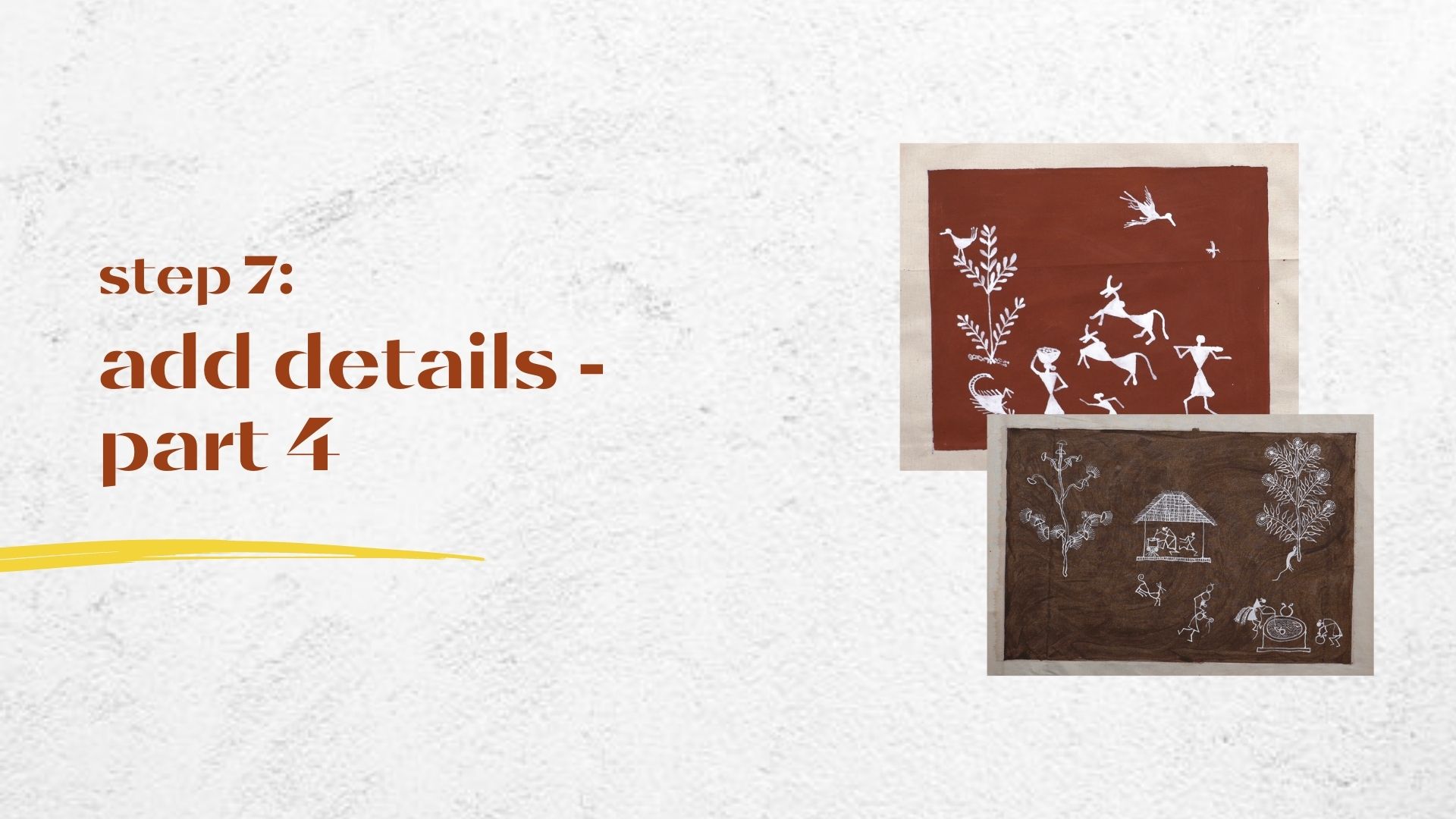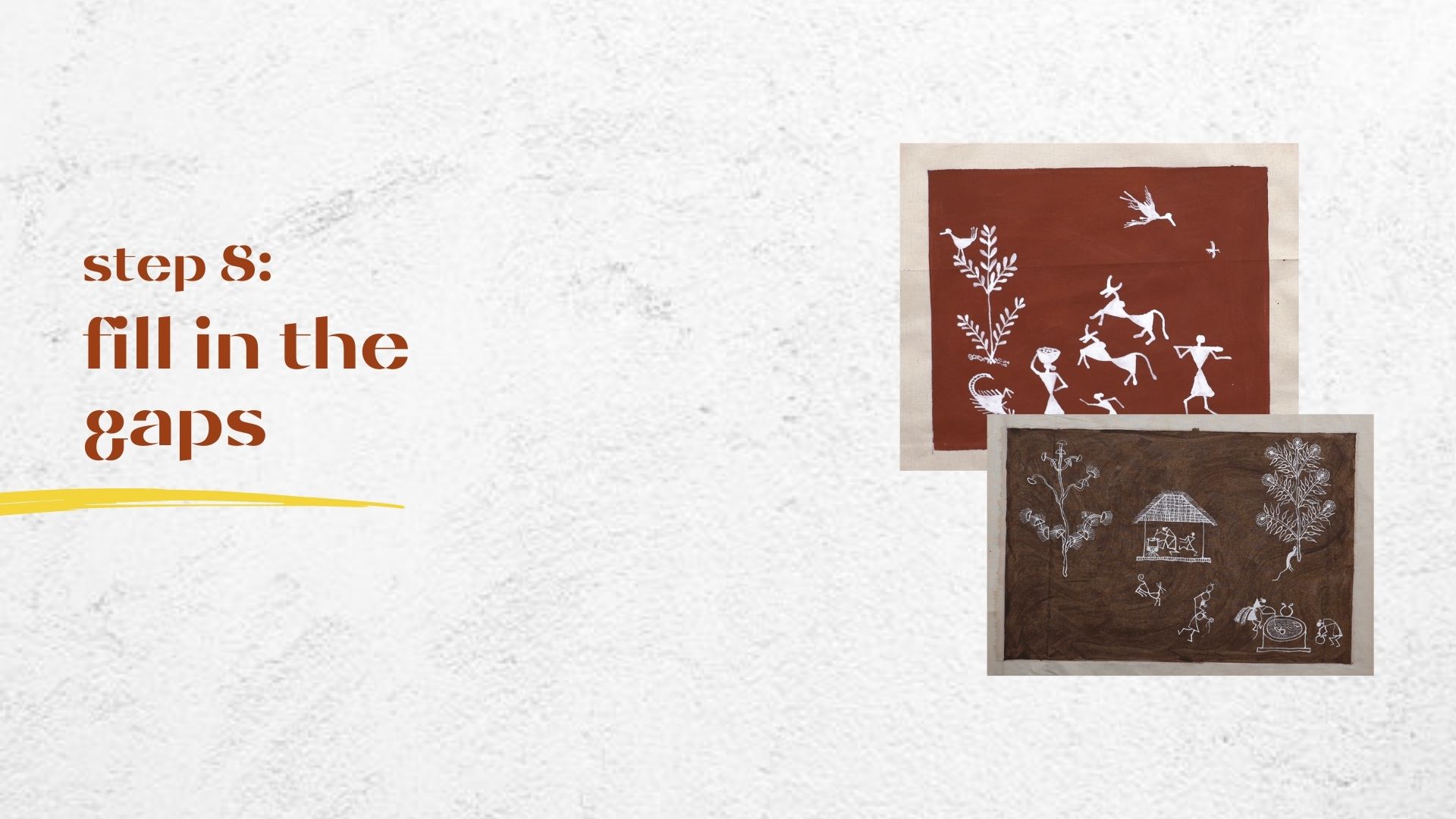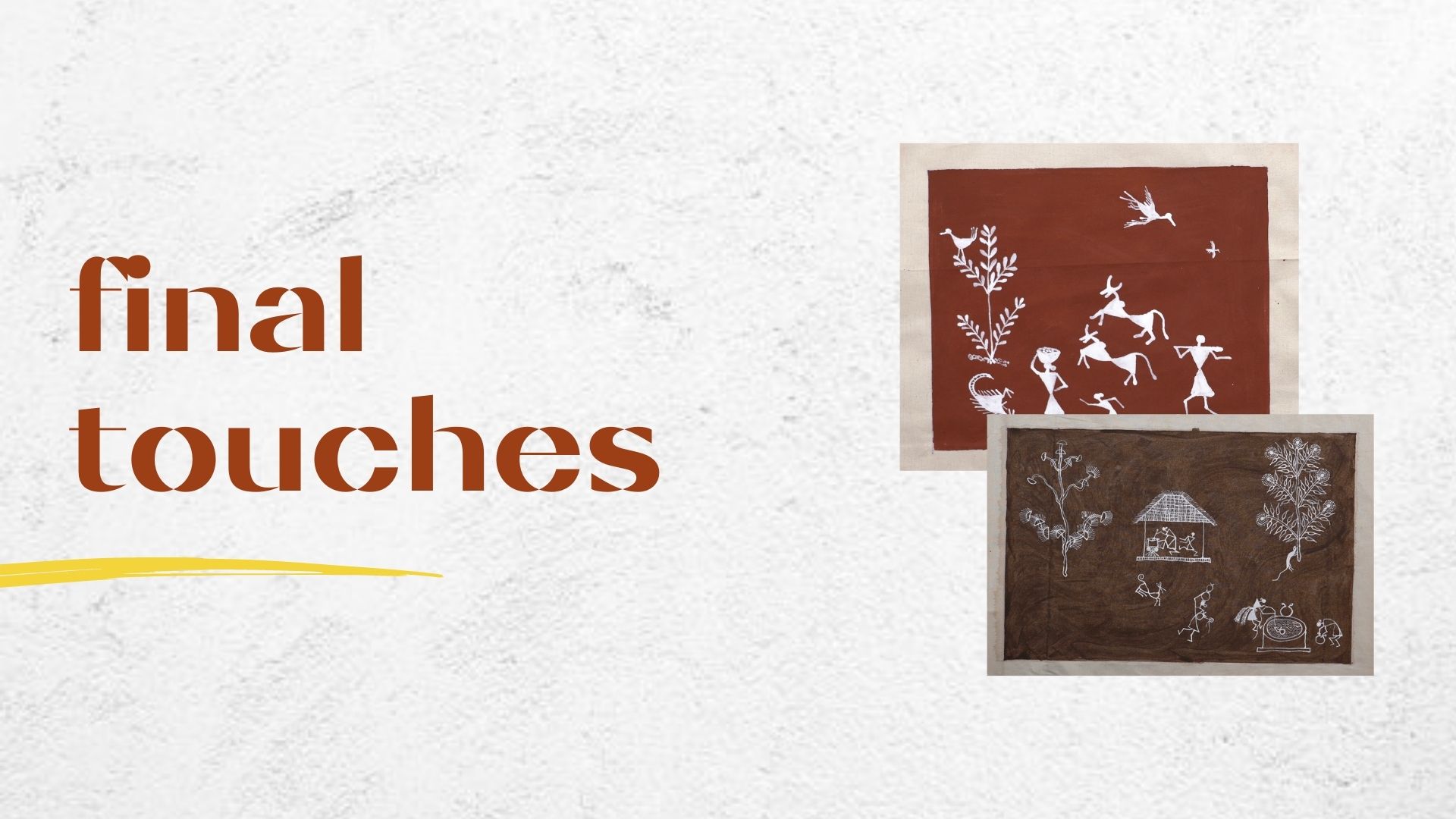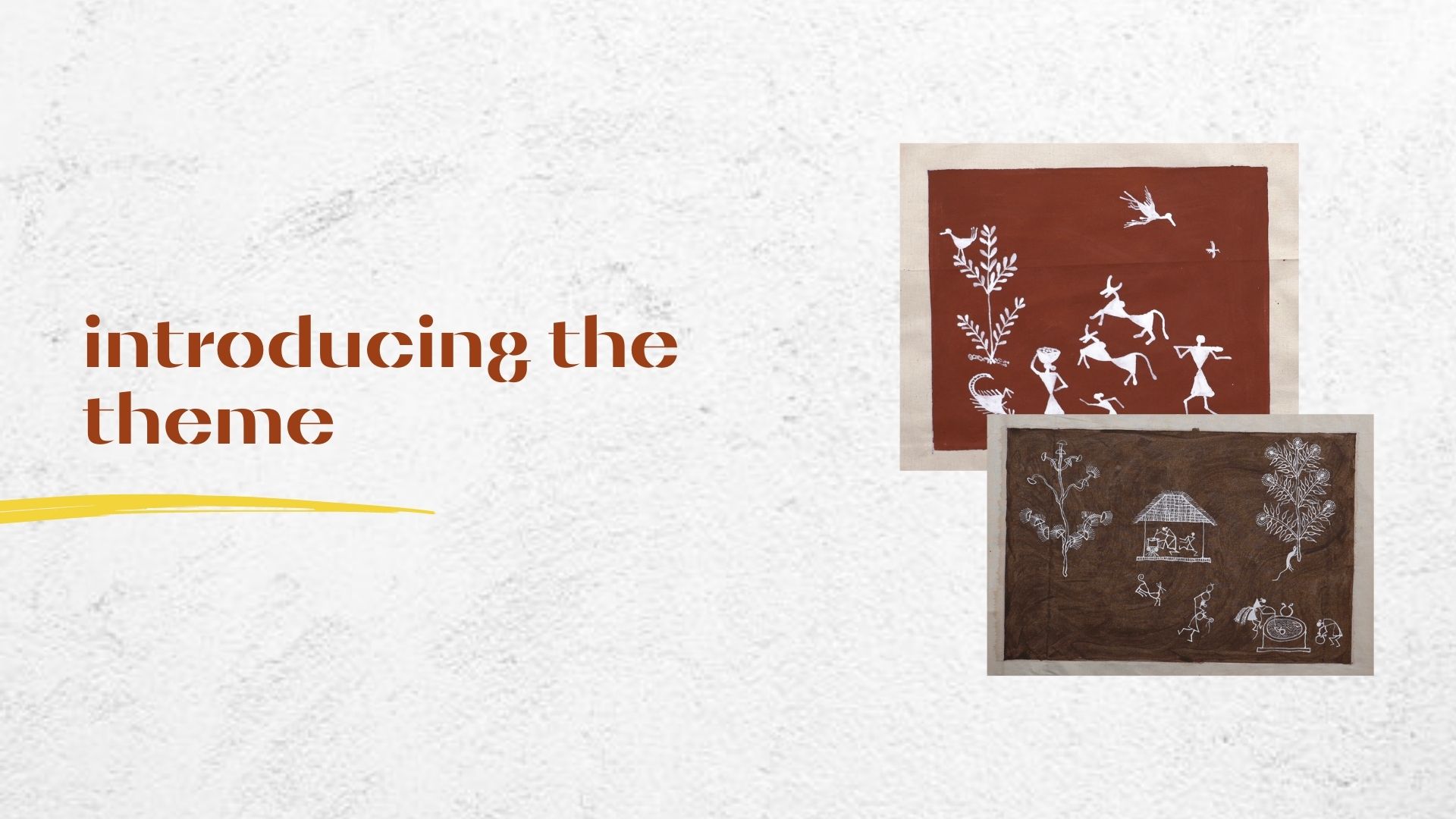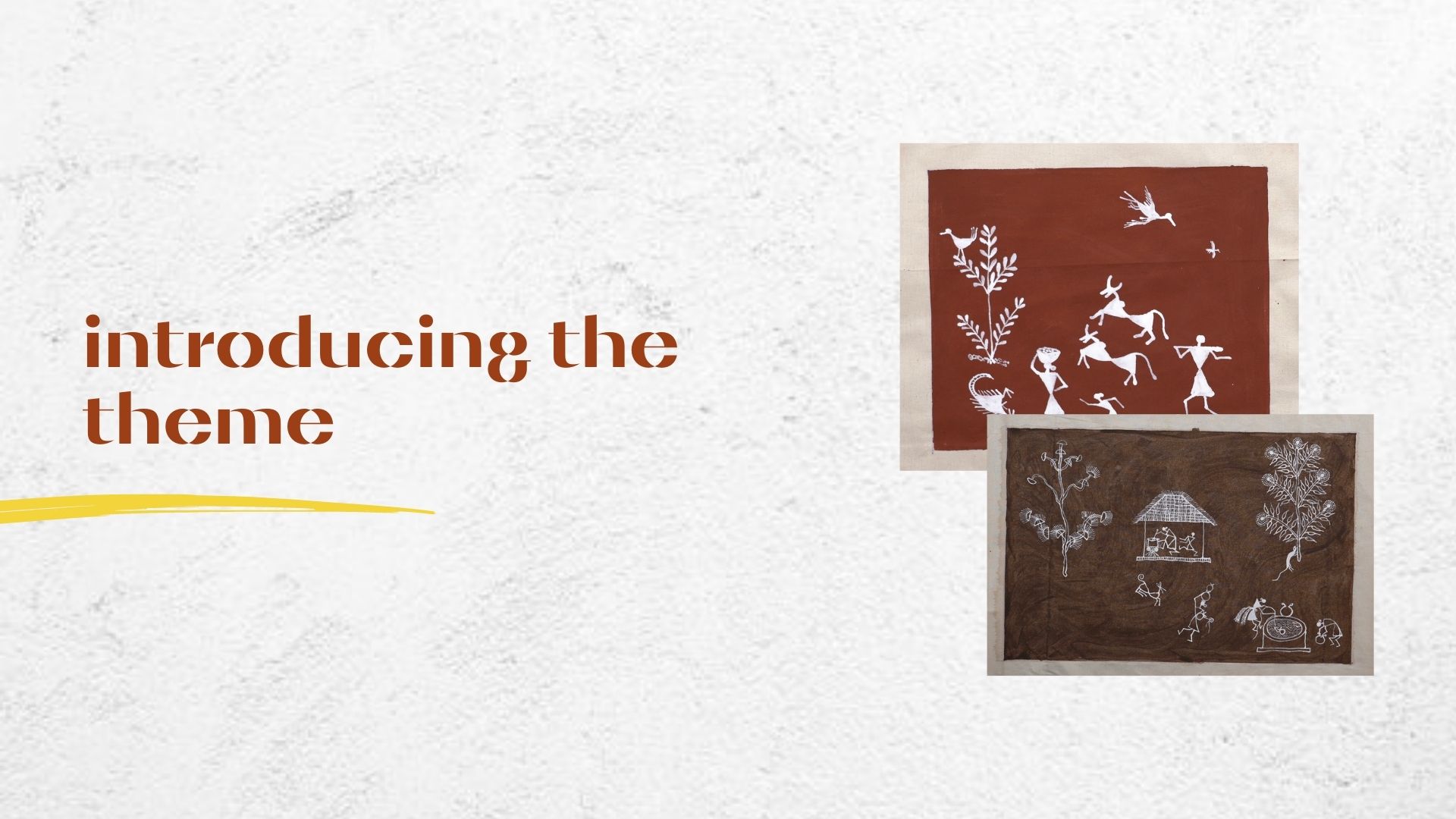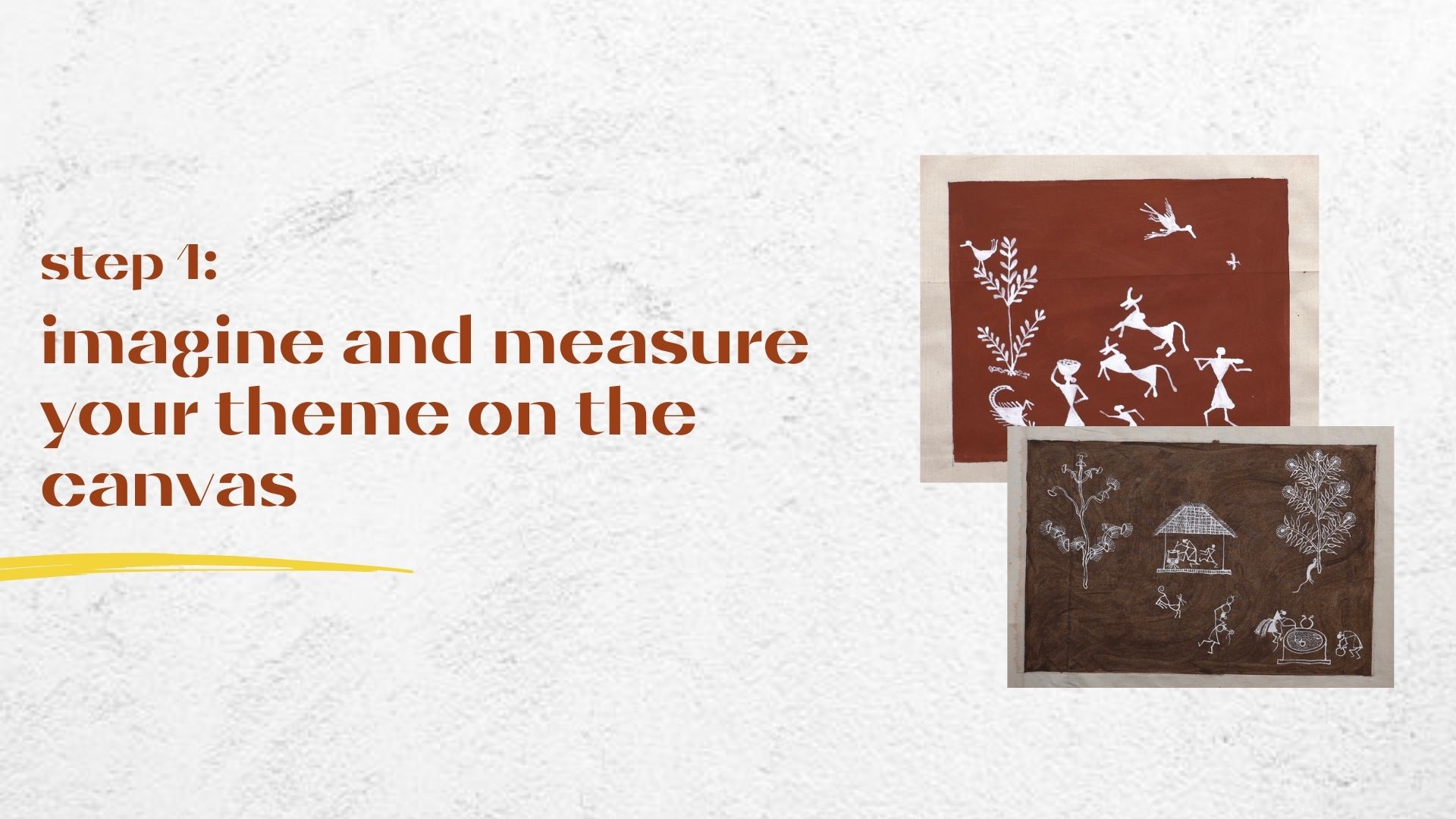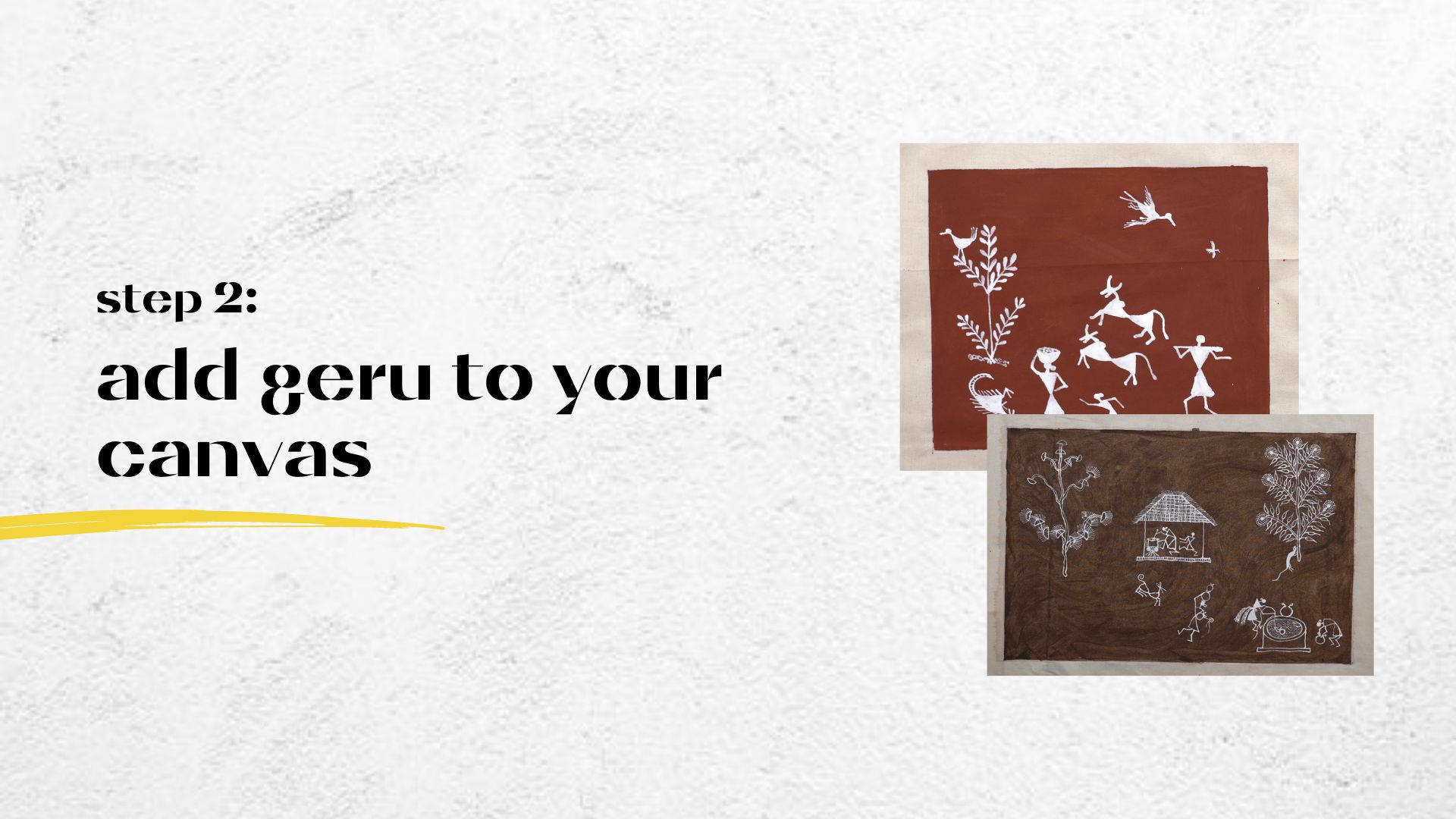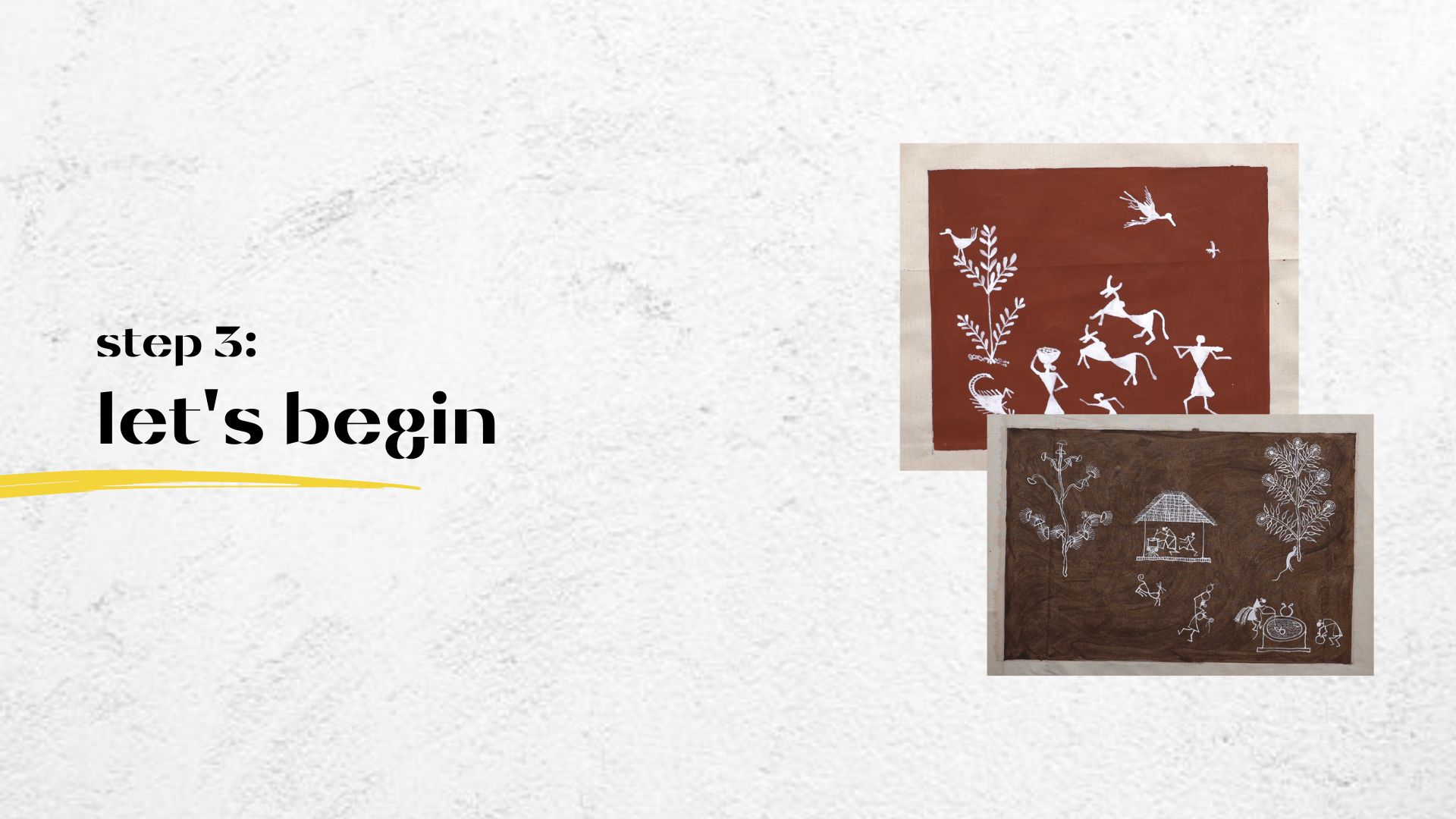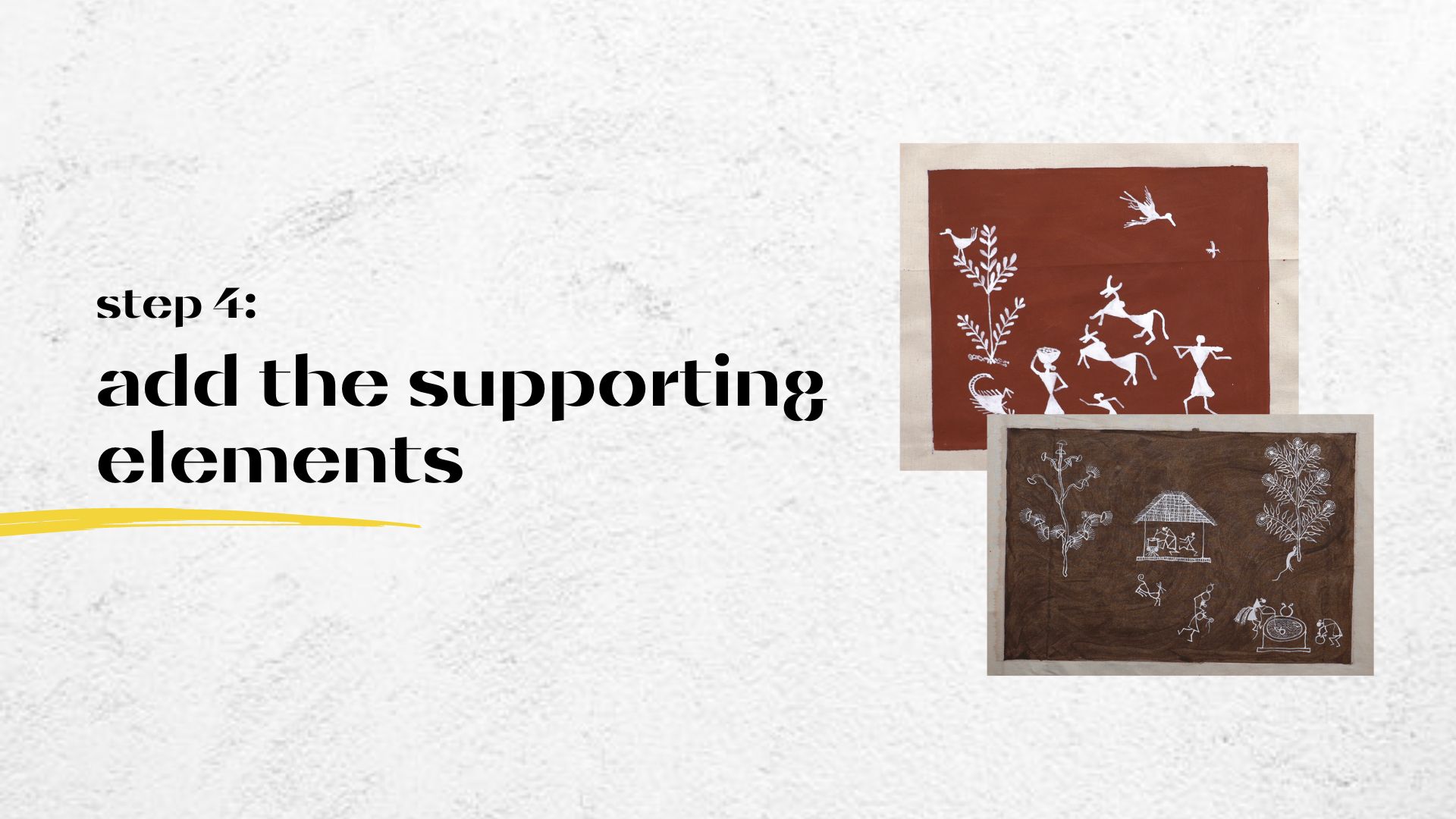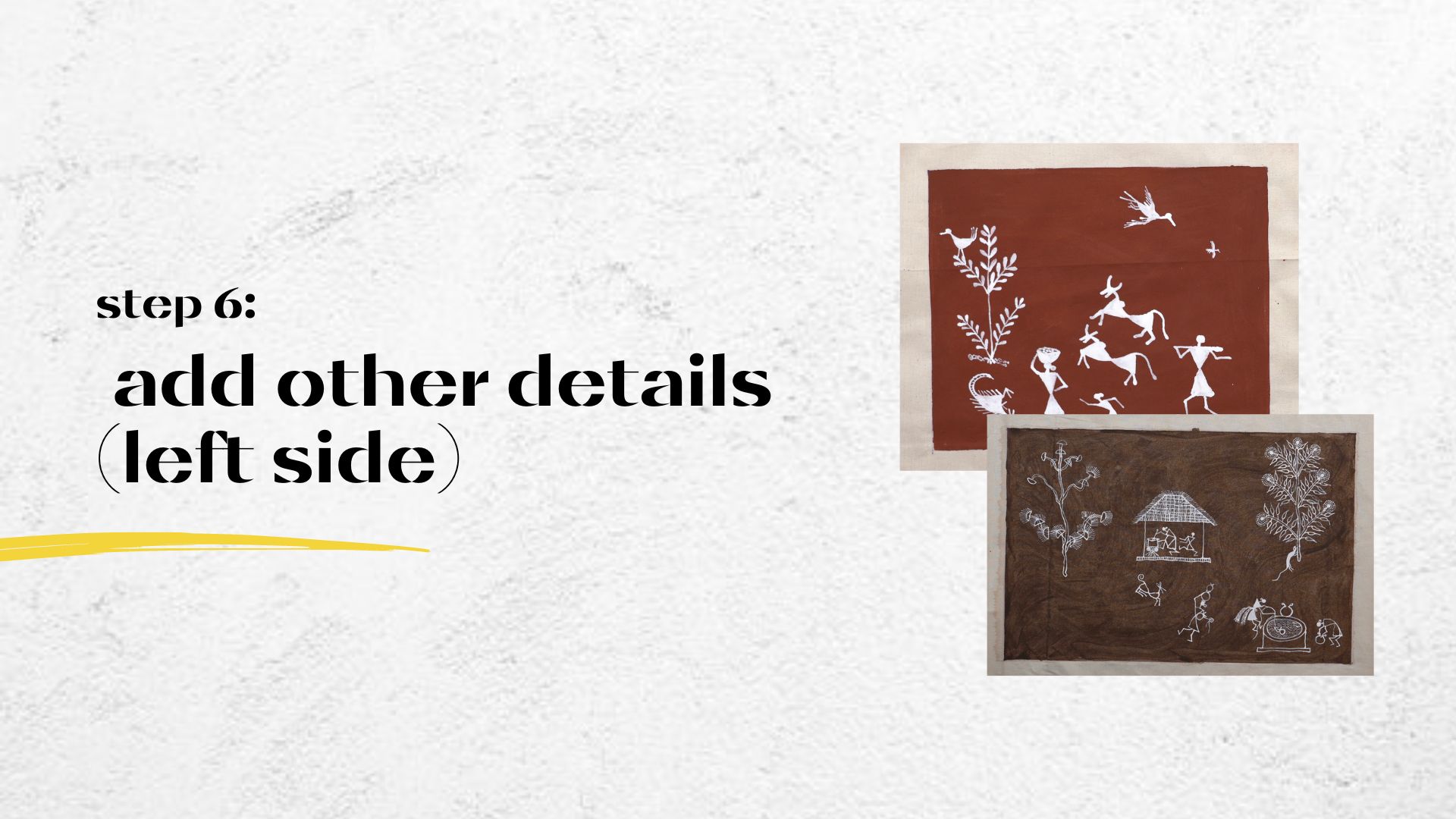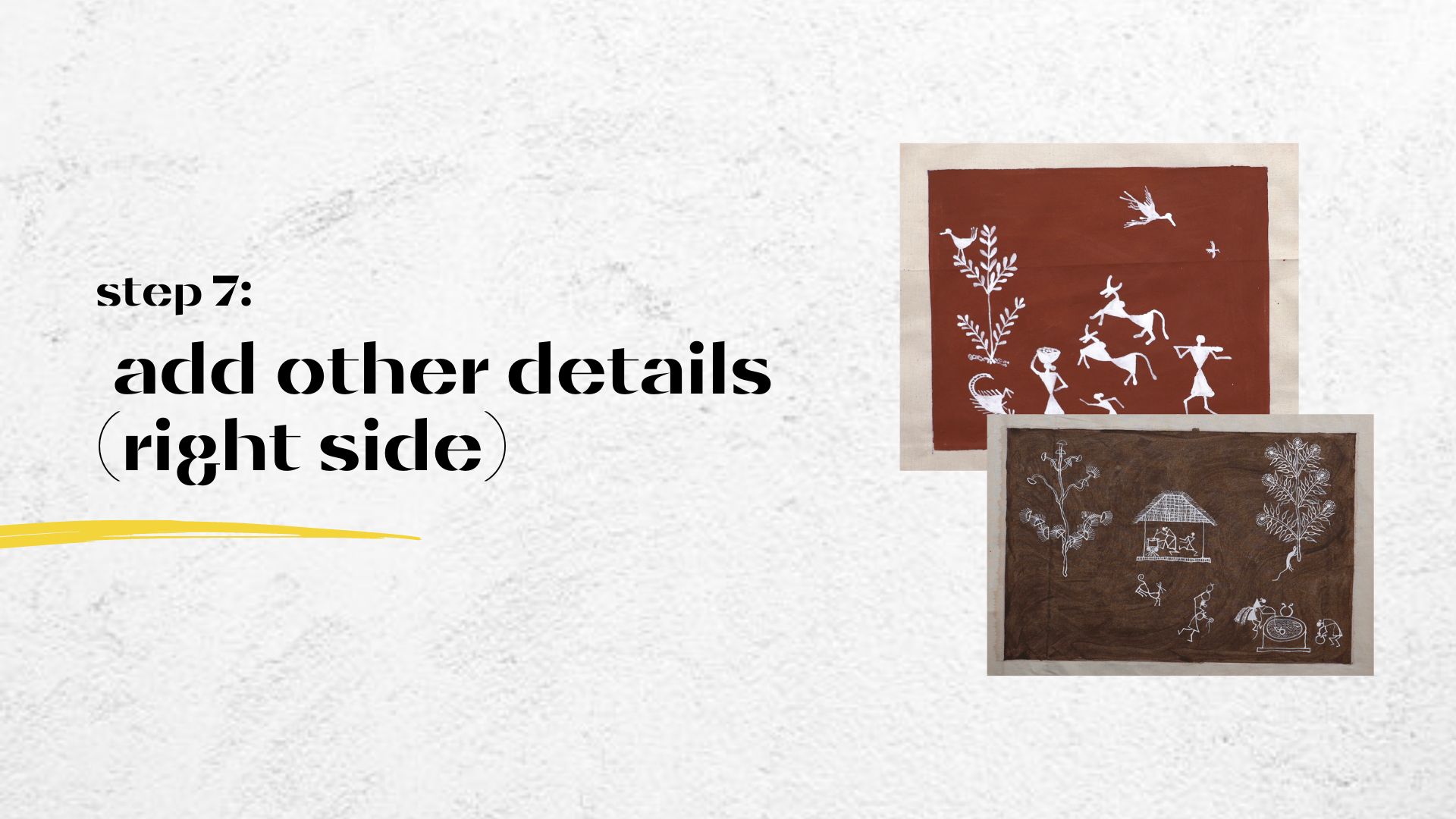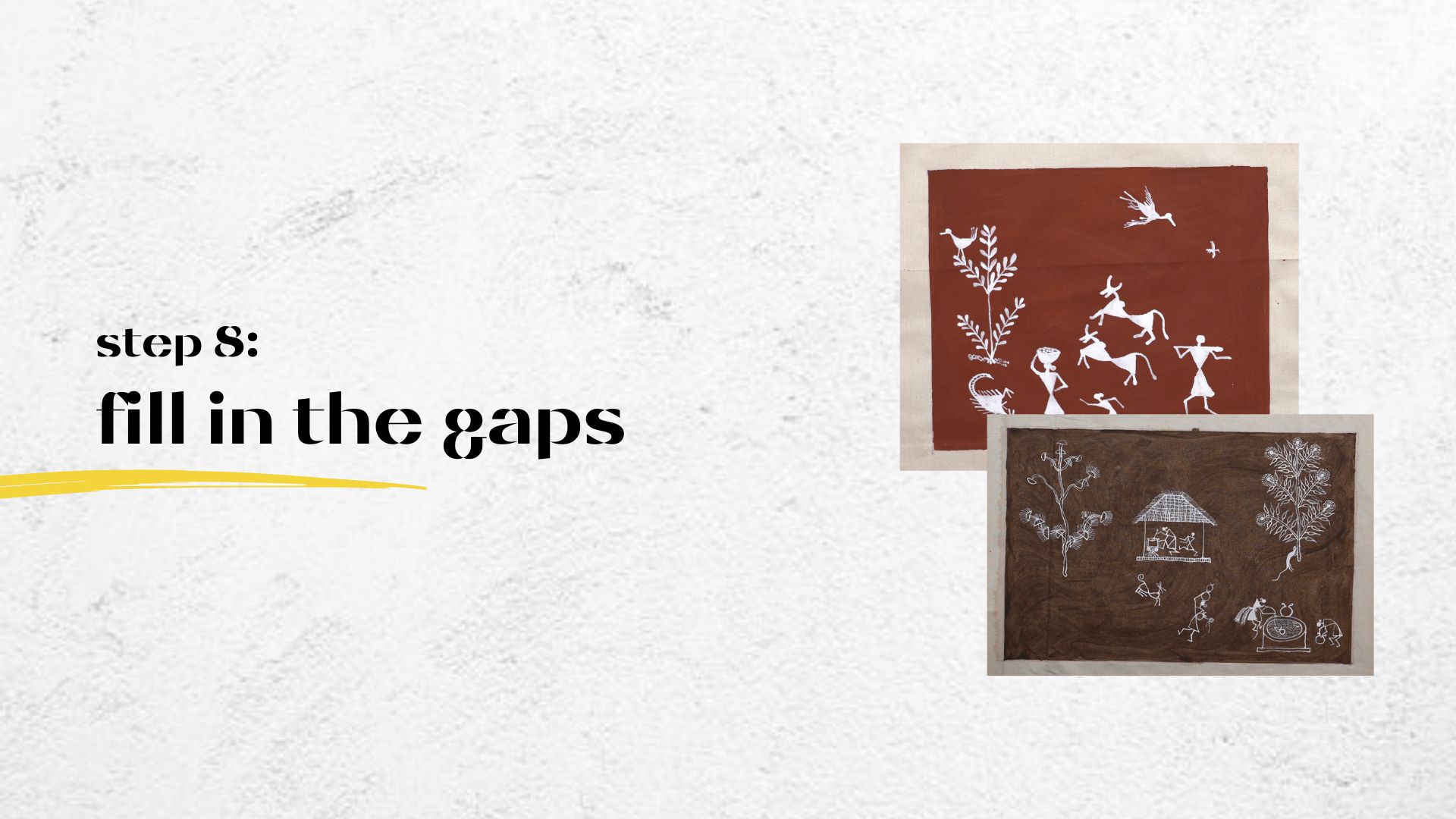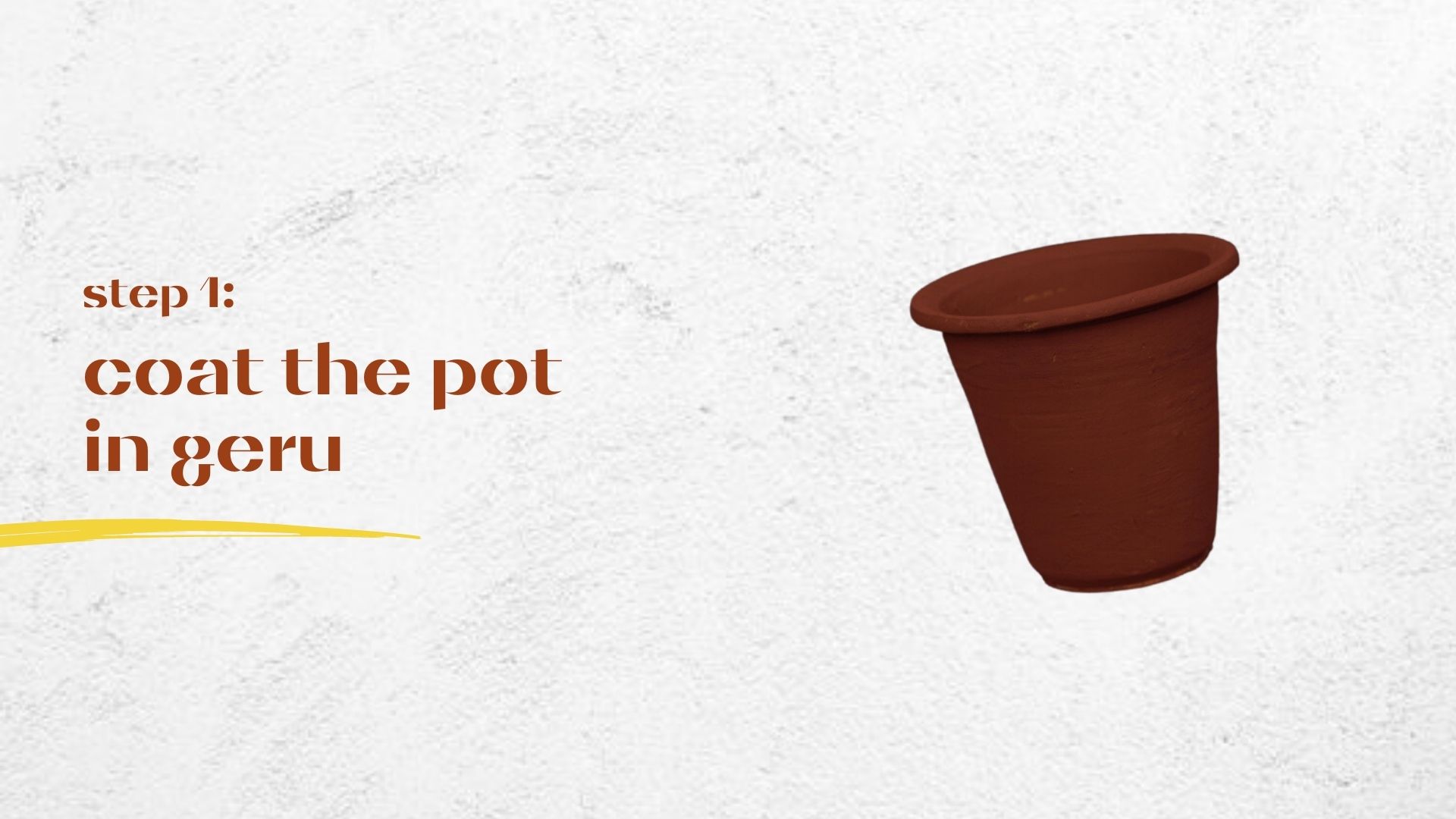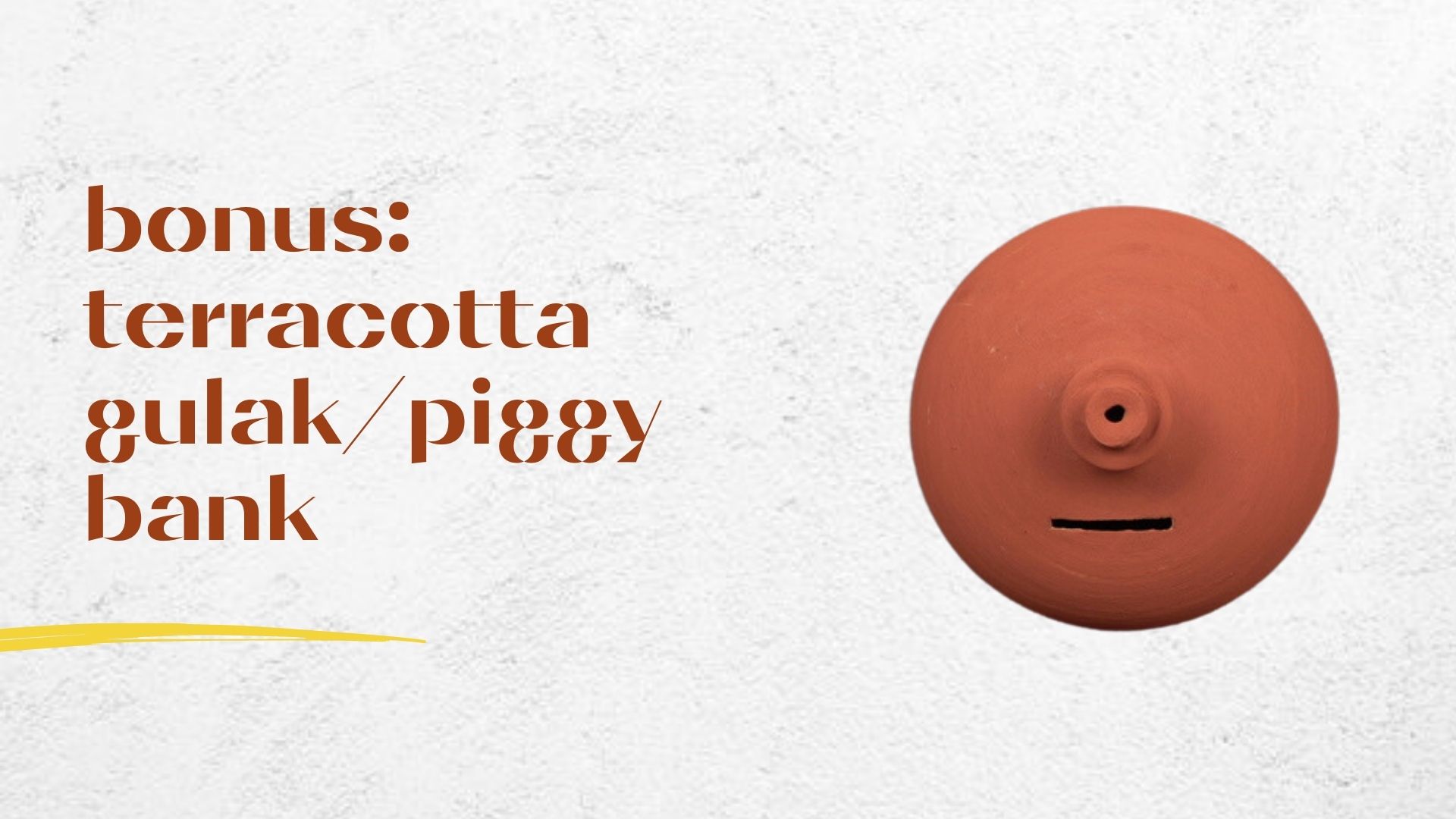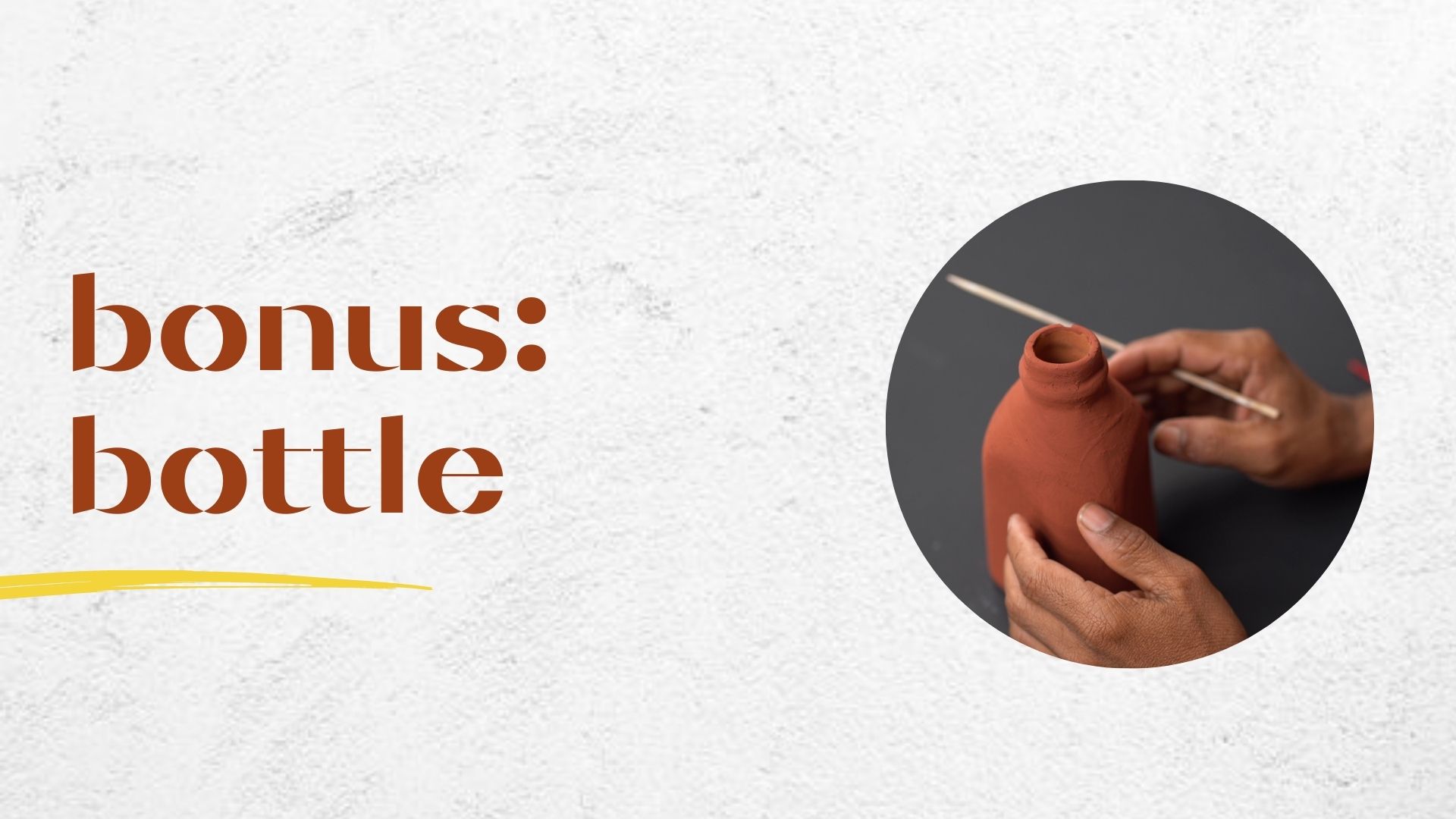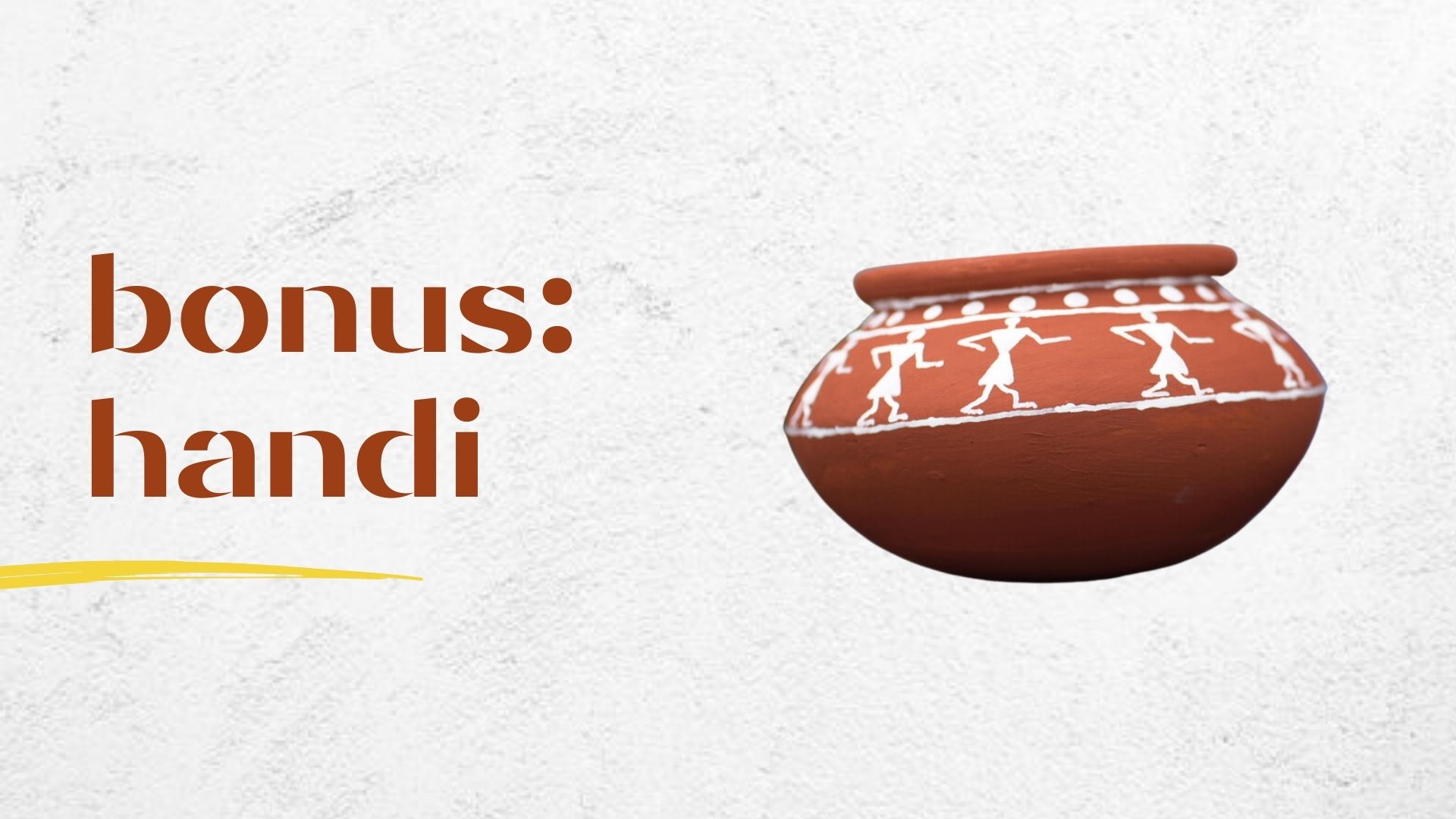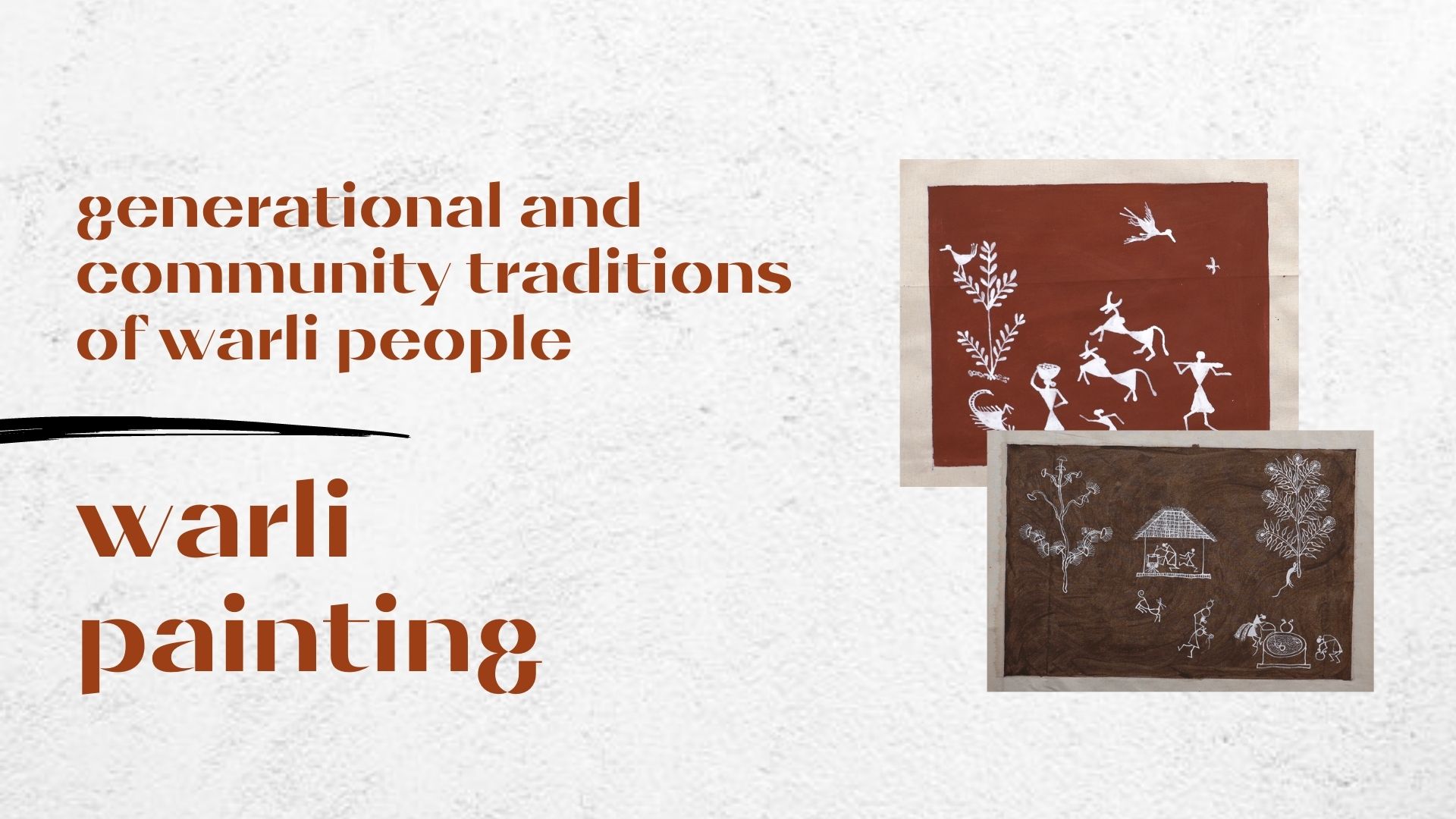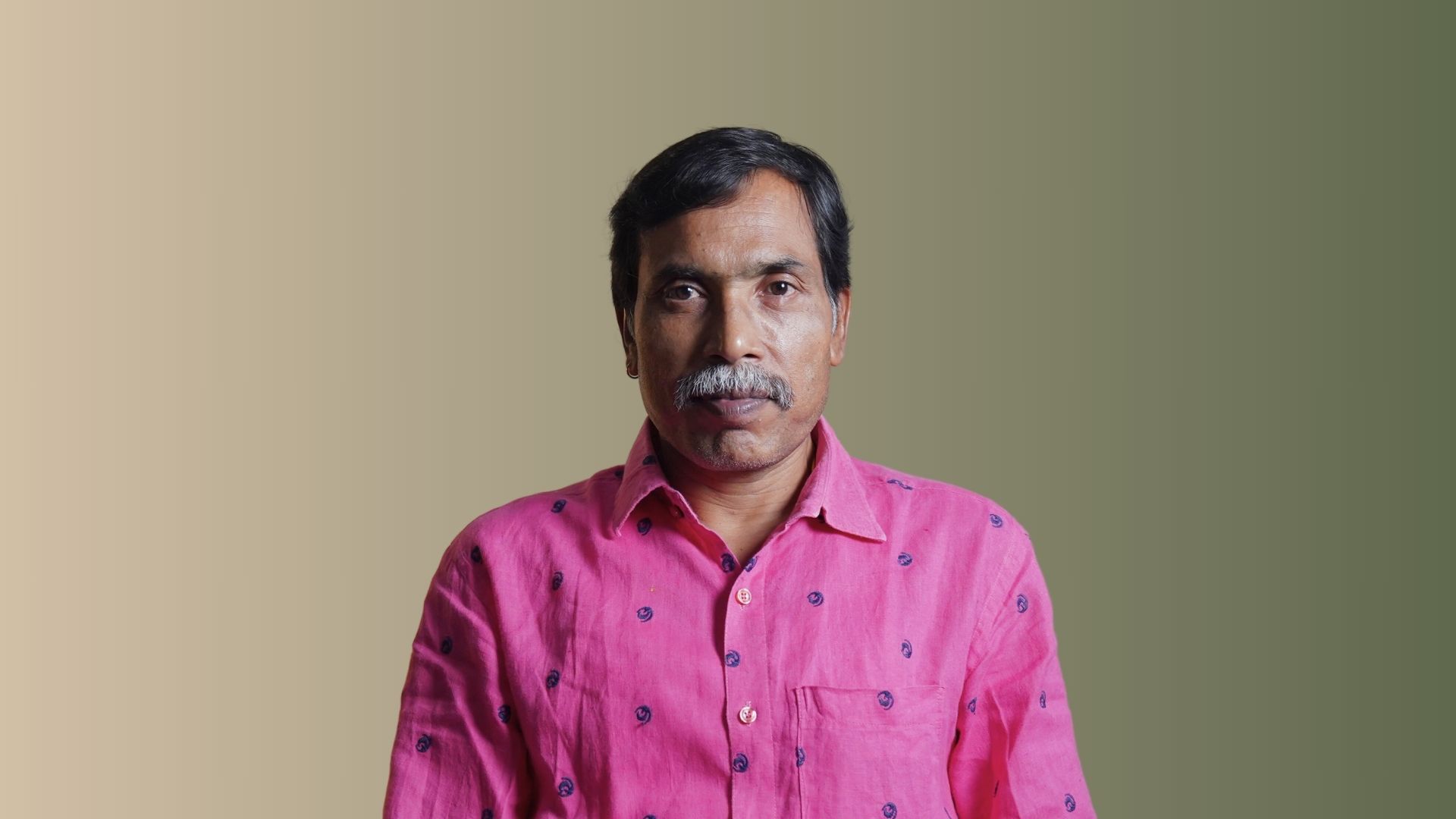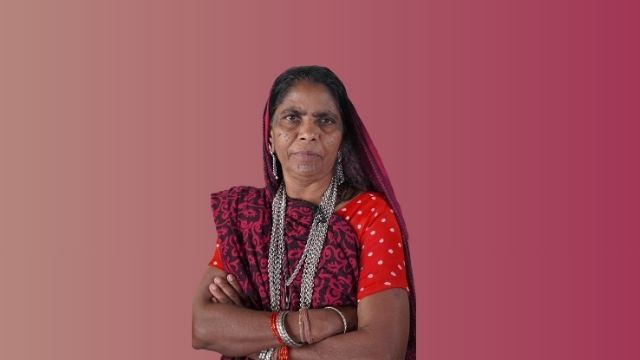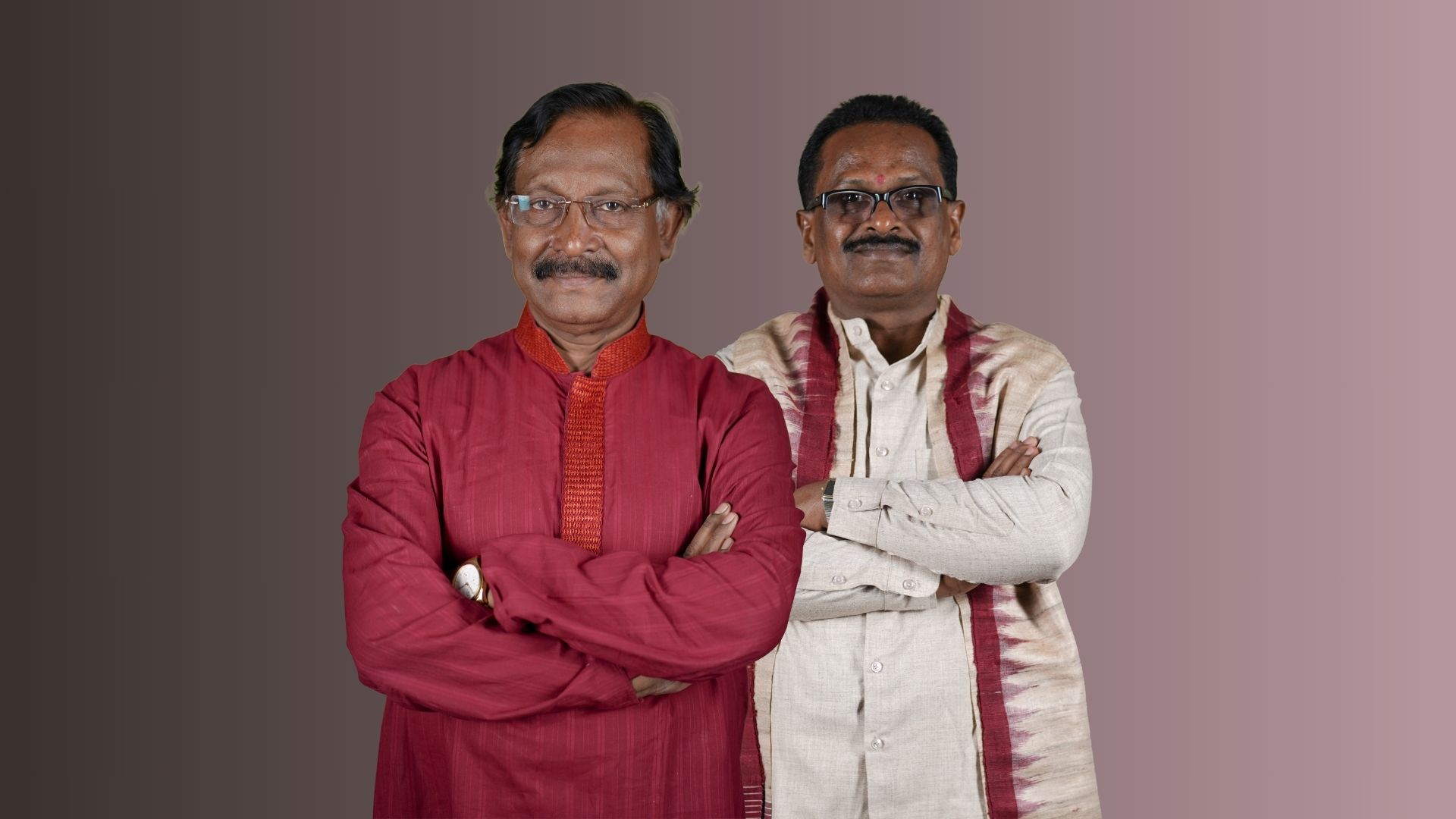Warli Course
Learn the traditional Indian Artform of Warli Painting
Course Curriculum
Artist Introduction
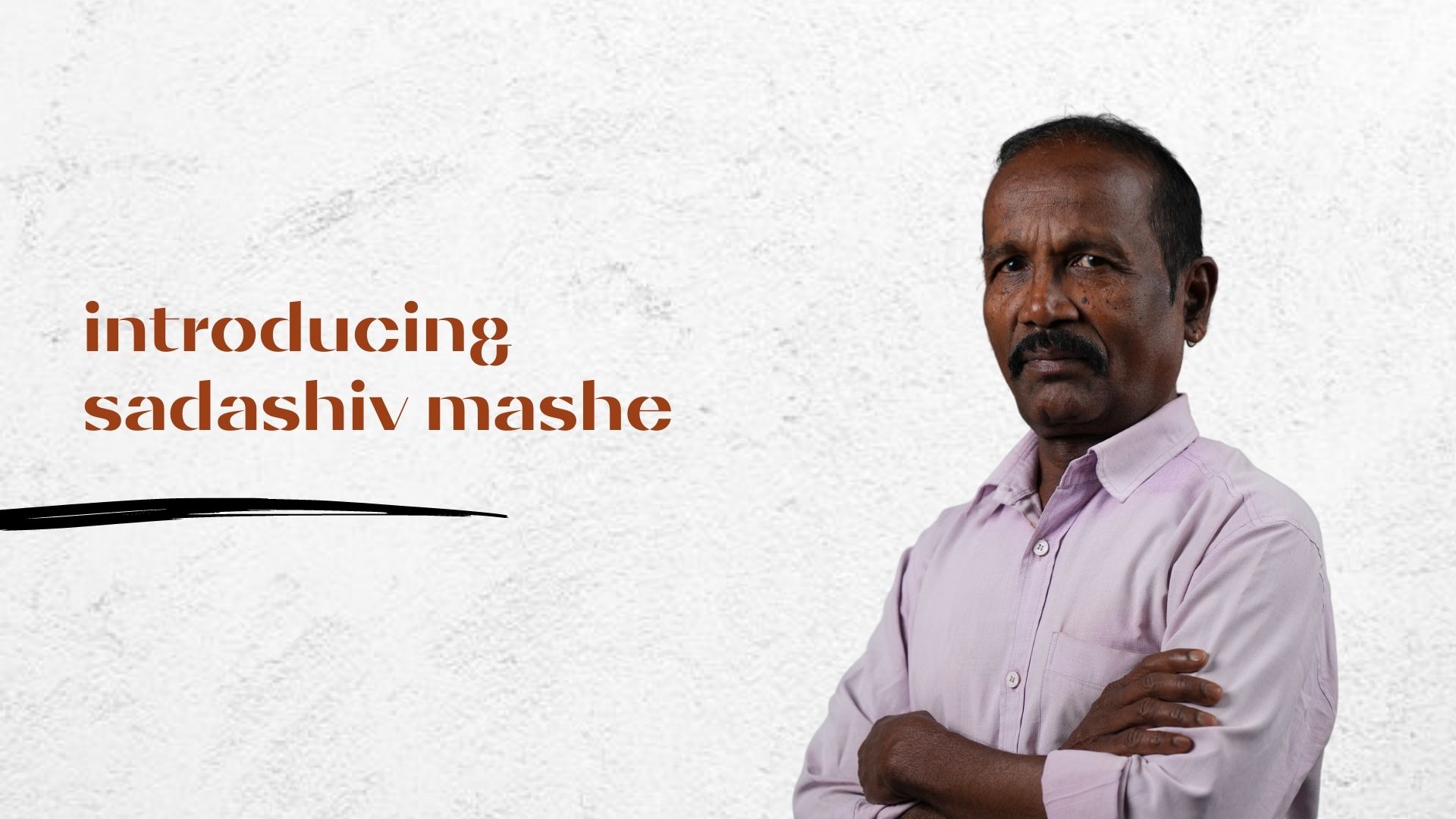
Introducing Sadashiv Mashe
Sadashiv Mhase is a renowned artist in the field of traditional Indian folk and tribal art. He is the son of Late Padma Shri Artist, Jivya Soma Mhase. Having learnt the art from his father, Sadashiv Ji brings out new concepts and modern stories through the charm of traditional techniques.
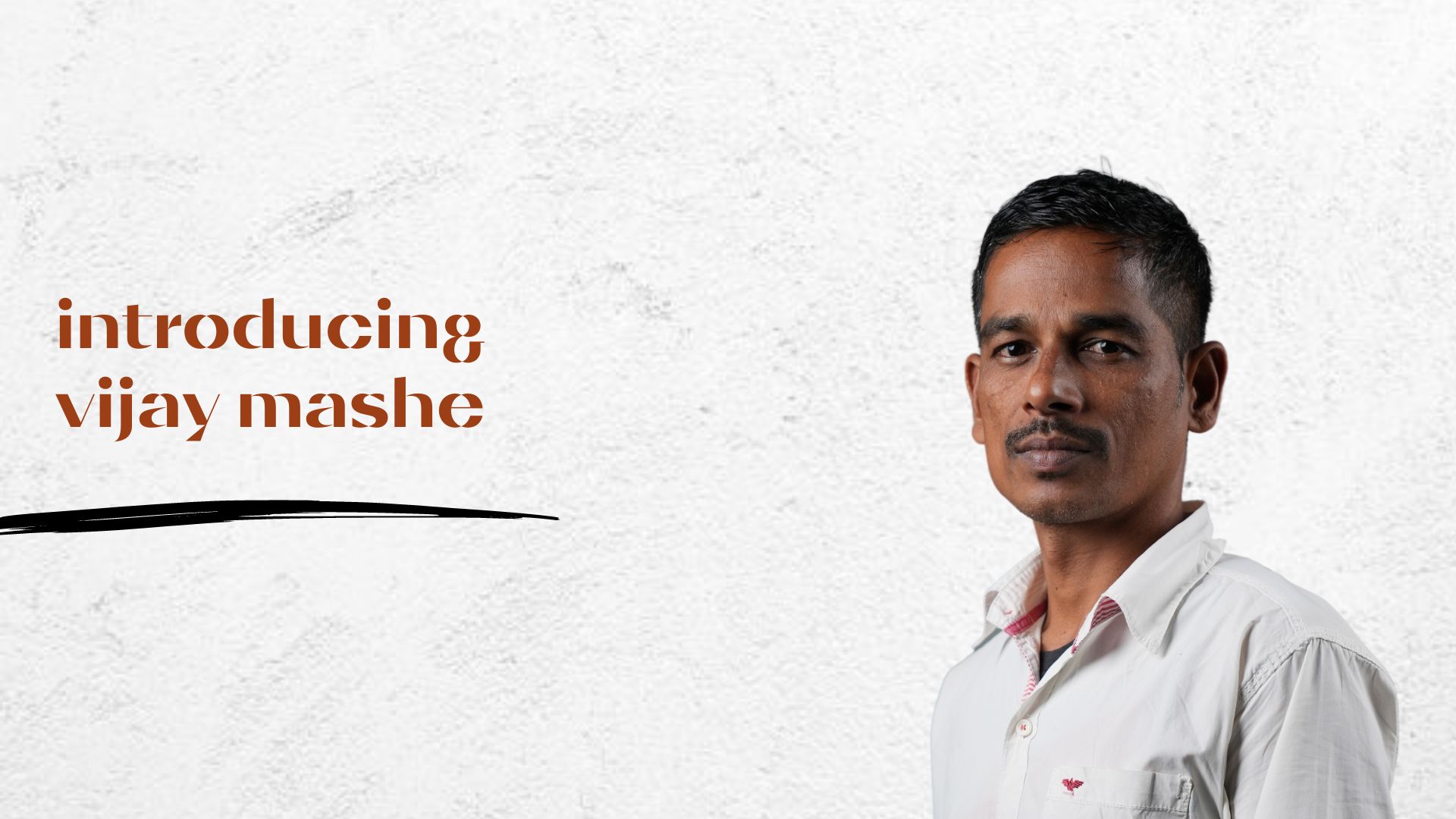
Introducing Vijay Sadashiv Mashe - Part 1
Meet the third-generation Warli artist - Vijay Sadashiv Mhase. He shares his story and the significance of the art form for him and his family.
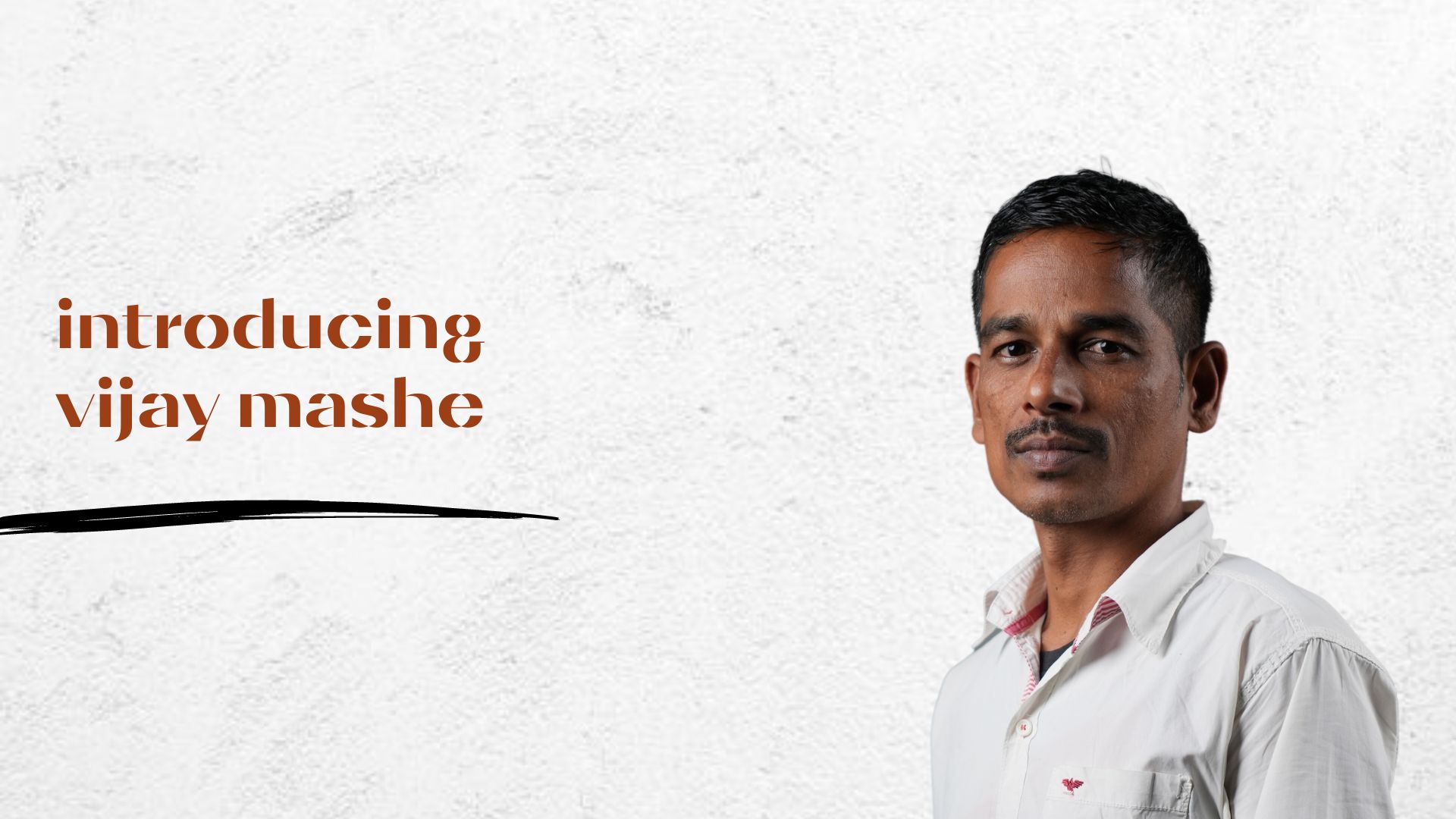
Introducing Vijay Sadashiv Mashe - Part 2
Warli for the Community (I): The artist tells us how he sees Warli. He also shares his story and the significance of the art form for him and his family
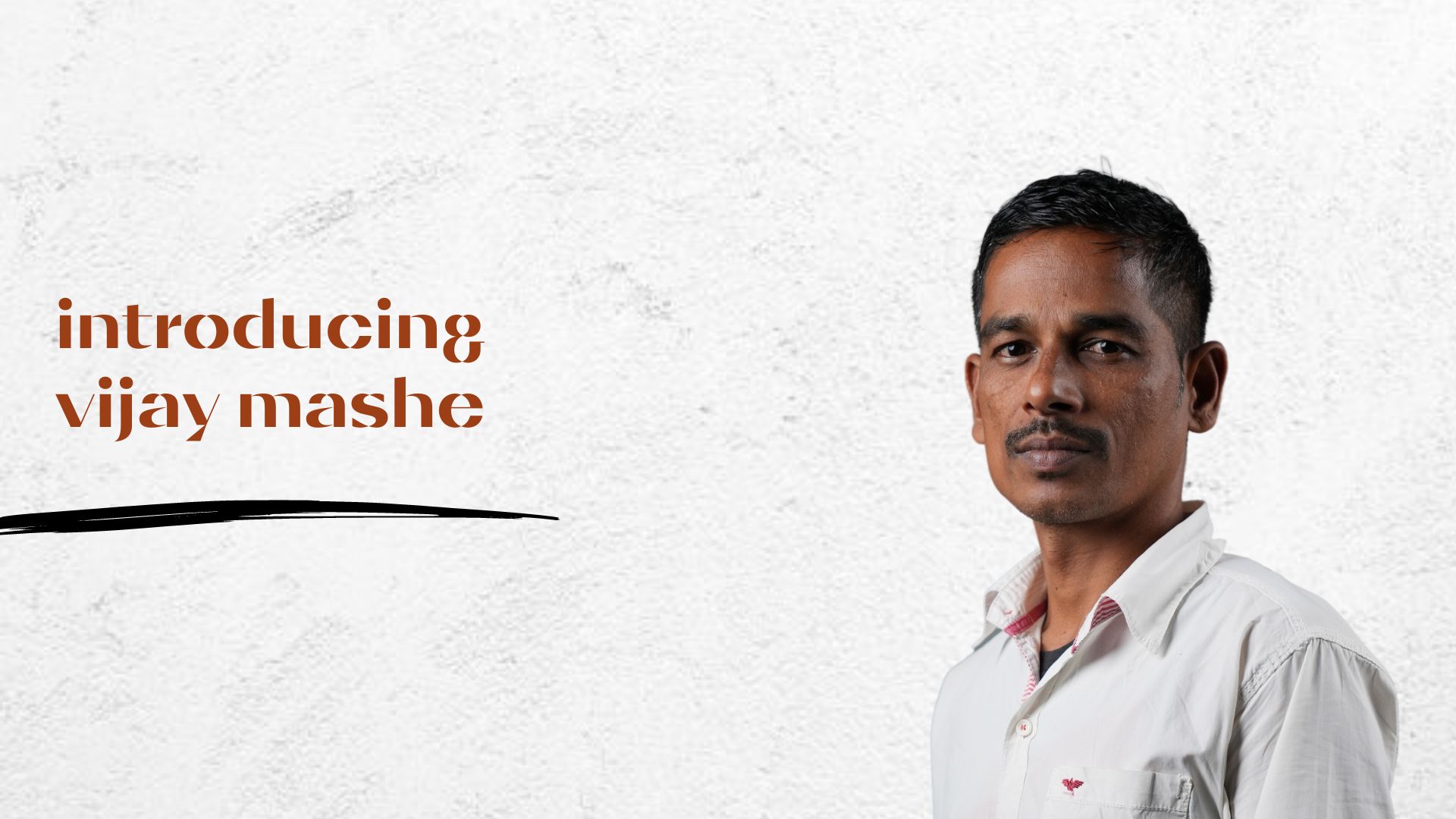
Introducing Vijay Sadashiv Mashe - Part 3
Introduction to the Artist: Warli for the Community (II): The artist goes through how Warli art is part of the community practices.
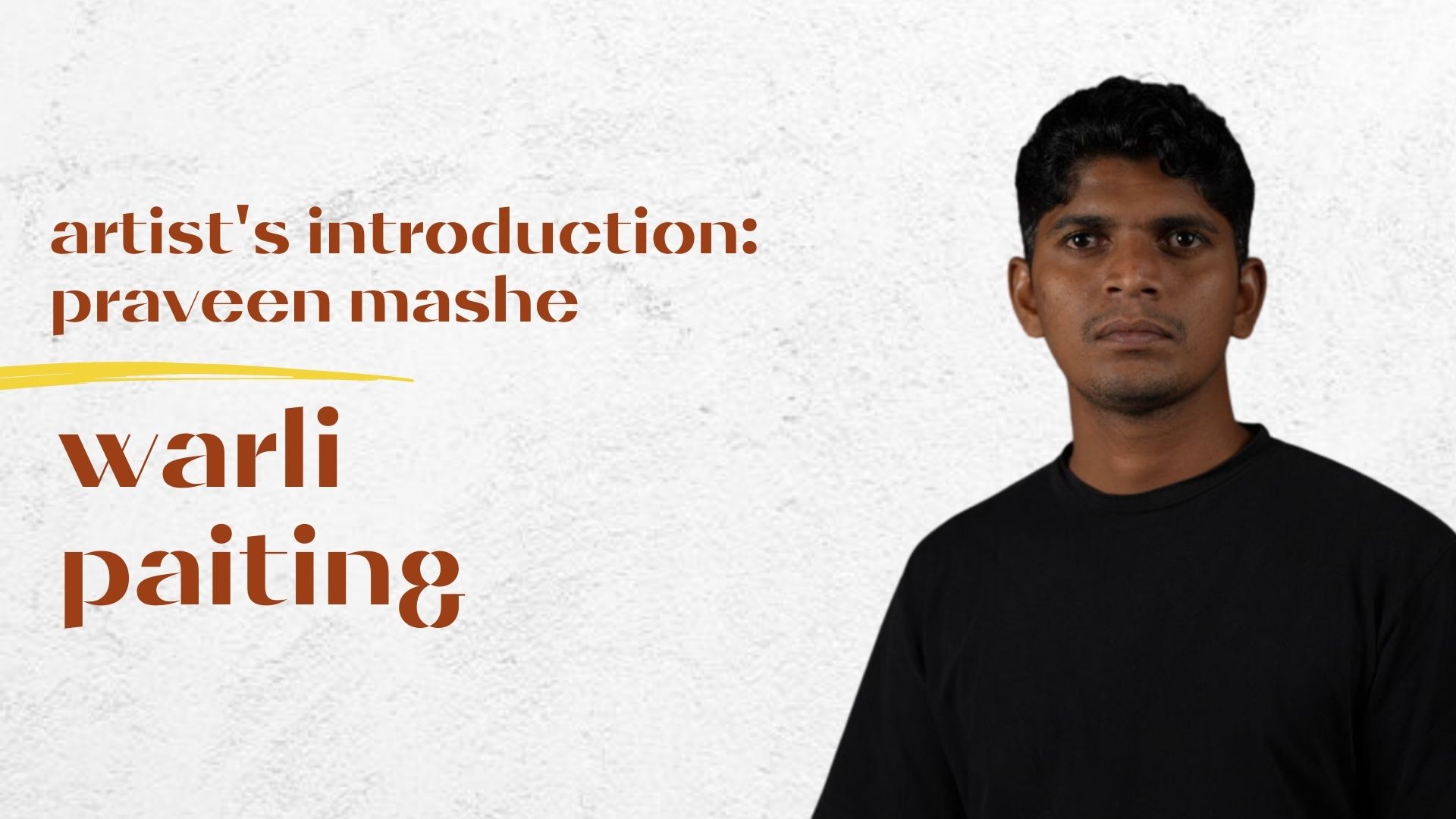
Artist Introduction Praveen Mashe
Pravin Mashe is another experienced young artist from the clan who is one of the leading artists in Indian tribal art. Having travelled across many parts of the country to promote the art form, Pravin brings innovation into the traditional art form.
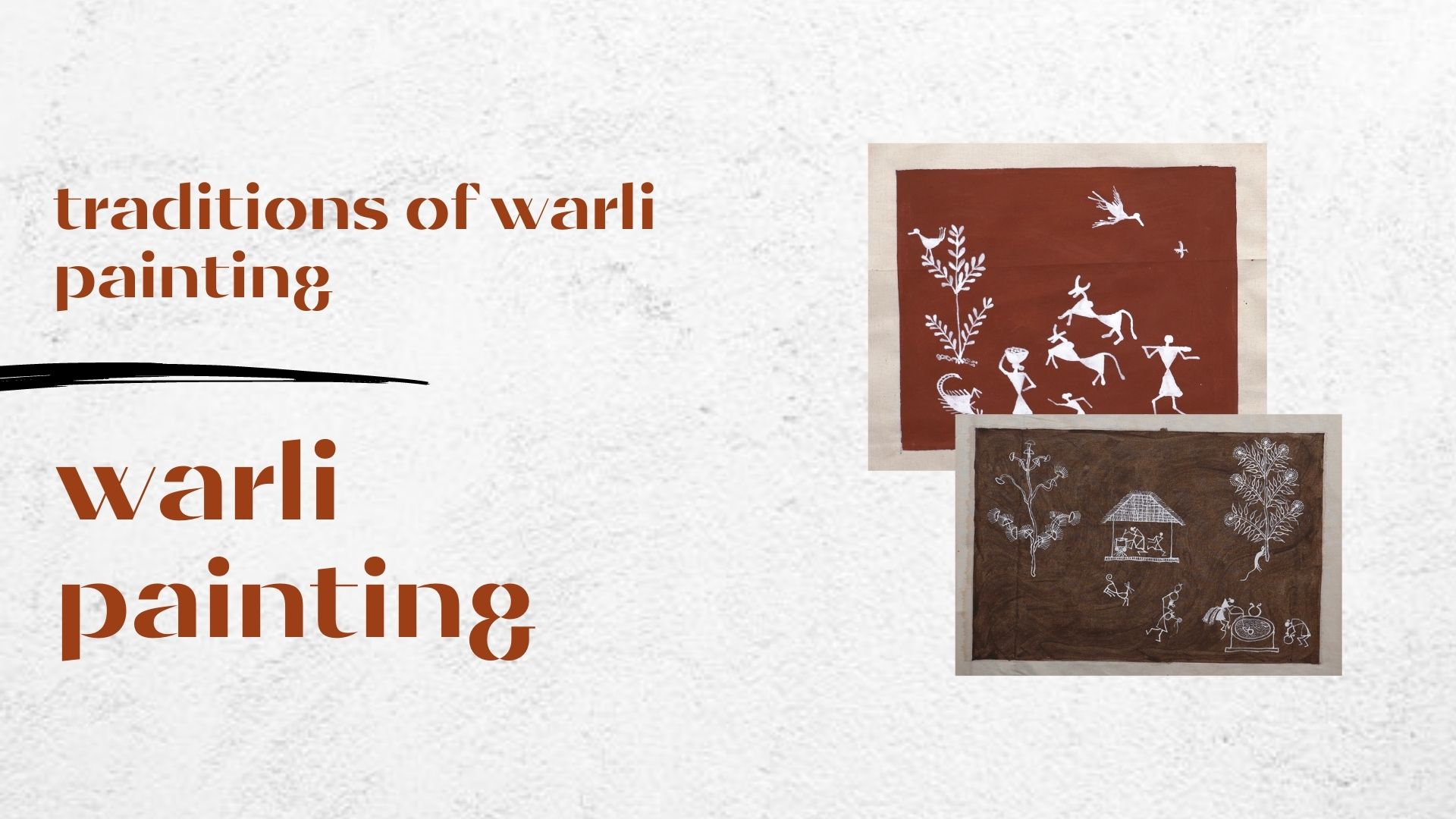
Praveen Mashe explains the traditions in Warli Art
With a history of more than a hundred years, the simple yet fascinating art of Warli art carries the beauty of minimalism and deep storytelling. Uncover the beauty of India's most popular tribal art here.

Contemporary trends in Warli Art
This tribal art, over a period of time has evolved with modern techniques and contemporary designs. Let's explore them.

Praveen Mashe reflects on his journey of Warli Art traditions
A young artist with a background of rich history in tribal art, Pravin Mhase is carries a legacy of his grandfather Jivya Soma Mashe in his paintings.
Understanding the Warli Art
History of Art
The making of Warli art
Fundamentals of Warli Art Figures
Fundamentals of Warli Art (Borders)
Themes & Motifs
Basic Course
Intermediate Course
Advance Course
Bonus Content Planter Piggy Bank
Bonus Content Plate and Bottle
Bonus Content Handi & Kulhad
Relation
Materials Required
Brushes
Quantity: 4
Colours
Quantity: 3
Canvas or A4 Size Paper
Quantity: 5
Basic Stationery
Quantity: 1
Rough Cloth
Quantity: 1
Geru Powder
Quantity: 1
Meet the Maestro
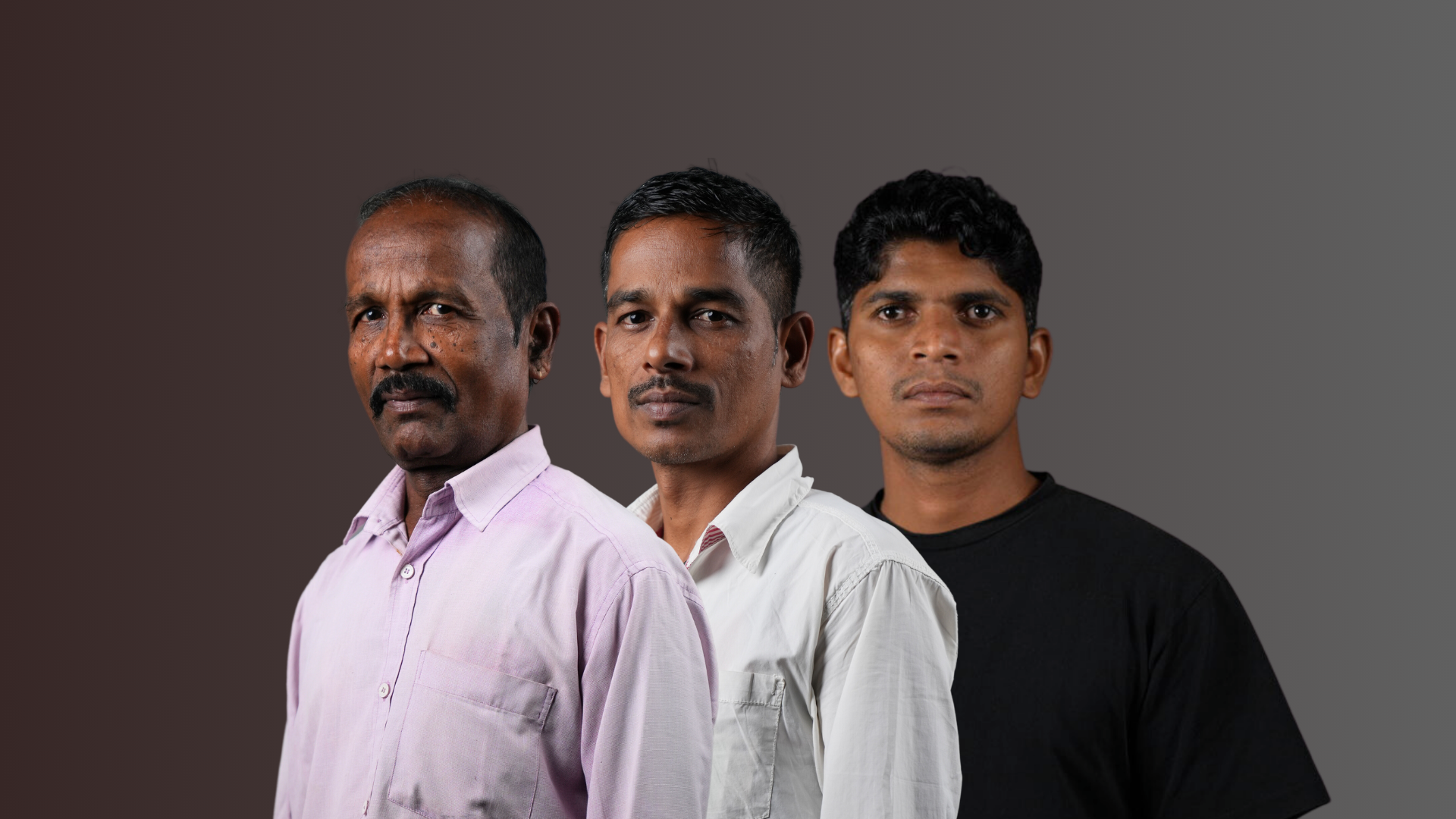
Mhase Family
Sadashiv Mhase Sadashiv Mashe is the eldest son of Padma Shri awardee Jivya Soma Mashe. His use of rhythmic, basic shapes to depict the complexity of the world around him is based on the Warli heritage. Beginning in 1978, he went and performed in places like Delhi, Chandigarh, Odisha, Bhopal, Nagaland, Goa, etc.
Vijay Mhase Like his father, Sadashiv Mashe, and grandfather, Jivya Soma Mashe, Vijay Sadashiv Mashe continues the Warli tradition. Vijay Mashe's artwork is influenced by Warli, with rhythmic, straightforward patterns signifying the complexity of the environment he lives in.
Pravin Mhase Pravin is Jivya Soma Mashe's grandson. His visual style is steeped in the Warli heritage, with rhythmic, simple patterns portraying the complex details of his surroundings. He has travelled extensively to exhibit his paintings, just like his father, Balu Mashe.
